|
Obituary for Nigel Whitbread (1938-2019) Modest, talented architect with a passion for walking, travel and sports cars Nigel Whitbread was born in Kenton near Harrow. His parents had a grocer’s on St Helen’s Gardens in North Kensington and the family moved in 1949 to be nearer the shop. That was Nigel’s home from the age of ten to his death. After attending Sloane Grammar School, Nigel joined the firm of Clifford Tee and Gale where he served his apprenticeship demonstrating a great talent for drawing for which he became renowned and which he taught later on. He went one day a week plus night school to the Hammersmith School of Art and Building. Subsequent to this he became a member of the Royal Institute of British Architects. But it was Nigel’s time at Douglas Stephen and Partners that was the most influential time in his career. It was a small practice, but doing important things and at the forefront of design influenced by Le Corbusier and other modernists. It was there that Nigel worked with architects from the Architectural Association and the Regent Street Polytechnic: Kenneth Frampton who was the Technical Editor of the journal Architectural Design; and Elia and Zoe Zenghelis and Bob Maxwell who both spent most of their careers in the teaching world. Nigel remarked that it was like going to a club with the bonus of doing terrific work. In the early 1970s Nigel went to work with Clifford Wearden and Associates on Lancaster West Estate. It was a huge job for a small group and unusual for councils to use private architects in those days. The whole scheme had been well prepared by the time Nigel joined to lead the team in designing Grenfell Tower. While a lot of brick had been used in LCC and GLC buildings, he thought that putting bricks one on top of the other for twenty storeys was a crazy thing to do. So insulated pre-cast concrete beams as external walls, were lifted up and put into place with cranes. The concrete columns and slabs and pre-cast beams, all holding the building together, were also designed in response to Ronan Point, the tower that partially collapsed in 1968. Nigel remarked that he could see the tower standing in 100 years time. In 2016, Nigel visited Grenfell Tower at my invitation, when I was community artist in residence. He visited residents in their flats for the first time and enjoyed hearing how they viewed the spacious flats (built to Parker Morris Standards) and the stunning views. It is impossible to know the sadness and anger he must have felt as he witnessed the tragic fire that occurred on 14 June, 2017. Nigel retired after working at Aukett Associates for 30 years. His projects included the Landis and Gyr factory North Acton and Marks and Spencer's Management Centre Chester: two award winning buildings he co-designed. As a director of the practice, he had a lot of responsibility, but spent time mentoring younger architects. Nigel was happy in his retirement and in his travels over many years, including recent trips to India, the Himalayas and Colombia. He continued to use his skills in helping his local resident’s association draw up the St Quintin and Woodlands Neighbourhood Plan which was accepted by the local authority under the Localism Act. He will be remembered by his friends and family as a dignified, humorous, generous and inspirational man. Silchester and Lancaster West Estate Open Garden Estate Weekend, June 2016
Here's a link to an interview with Nigel and the other architects of Lancaster West Estate.
6 Comments
1862. Irish washerwoman at Counters Creek watches a turd floating downstream to the Thames. A 16 year old laundress at a workshop on Latimer Road, 1890. Dreaming of better pay and romance. 1924 and a depressed char lady, thinks about going to a birth control clinic that has opened in the area. V-E day in Europe and women at the Silchester Road bath and wash house sing: “We're going to hang out the washing on the Siegfried Line!” Testerton Road, North Kensington 1967: West Indian sisters are flooded out of a slum house and seek sanctuary at the bath house. 1970s: the building of Lancaster West estate and the campaign to save the Victorian bath and wash house. 1980s: residents of Grenfell tower look down on the bulldozed bath and wash house. Dirty Linen washed on 12 pages Artist's book, 6x4" Oil pastels, ink, pencil 2019 Project blog post: To marry an ironer is as good as a fortune View of Bramley House (foreground), Silchester Estate high rises and Westway from the 17th floor of Grenfell Tower, 2015 If you put your ear to the ground, what can you hear? Perhaps Counters Creek - the subterranean stream that flows down from Kensal Green And threads past Silchester and Lancaster West Estates in North Kensington, London. If you start to excavate Lancaster West Estate, what fragments do you unearth? Possibly cups and saucers made by the Victorians and still serving post-war descendants. These are buried in the slum clearance of the 1960s and 70s. Now open up your inner being and listen to not just the stream and shattered shards, But the cries of people who were displaced by the town planners: During the first phase of redevelopment in this area Decades before the building of More West and the cladding of Grenfell Tower. The last words uttered, in-between sips of tea and beer. Here is one of those distant voices that rings loud and true: "To whom it may concern Having received your notice of your intention of developing this area And your formality to ask me to object, I SHALL, most sincerely, object on the below grounds: 1. Before I bought this property on Talbot Grove, I came to your Town Hall in person enquiring into any future development. A map was taken out, overlooked and I was informed that you had no immediate plan. I purchased the property. 2. After purchasing the property, I spent what is a large sum of money, to me (over £500) to insert a damp proof course, where after I was able to have a closing order removed. 3. I bought the property for private and undisturbed accommodation for my children. If their home had to be taken away, it would re-open a sore of housing accommodation and restrict their movements. 4. I have NO CONFIDENCE in the Kensington Town Hall. I have a genuine grievance which I believe is equally reciprocated by the Town Clerk and his colleagues. i have been in my opinion cheated and my feelings were expressed in various correspondence to him, Colonial Office and other officials, all to no effect. 5. As a negro, I have no status, I have NO ONE to whom I can go for sincere advice. NO ONE to whom I can seek redress. 6. If my property has to be taken by the Town Hall, I am sincerely afraid that it will be priced to suit the Town Clerk's wishes. I DO SINCERELY OBJECT Yours faithfully ........" North Kensington, late 1960s; consultation meeting regarding redevelopment Reproduced from Community Survival in the Renewal Process, PHD by Derek J. Latham, 1970 That was 1966. Here is another, less anguished, but equally desperate voice from 1971: "Dear Sir, Re: Town and Country Planning Act - 1962 Proposed Development at Lancaster Road, W11 Our main objection is that we fear not enough compensation will be paid, to enable us to purchase a similar property where we can live and carry on our business. A change of business will undoubtedly cause difficulties to our business. We feel that in running the Oriental Casting Agency, we are rendering an important service to the Entertainment industry by supplying them with mainly Afro-Asian artists. We are the oldest established Agency of this type in London, and we provide a livelihood for many Afro-Asian actors, actresses and models etc. A change in address would have considerable effect on the growth of the business, which has, in the past few years, been very marked. We have carried out numerous improvements to the property that was purchased in 1964. We would like to make it clear at this early stage in the proceedings that before we could agree to the development taking place, we would insist on the following points: a) Either we are provided with an alternative house of a similar type and condition, suited to our requirements. Or we are provided with adequate compensation. b) When and if we come to an agreement with the G.L.C. over this matter, we will be allowed at least ten months to enable us to make arrangements for the transfer of our business to the new address. Yours faithfully, .........." The Oriental Casting Agency. I suspect they might have supplied the plethora of Afro-Caribbean actors used in Leo The Last; the powerful film about an aristocratic slum landlord who is radicalised by his poverty-stricken community and whose townhouse is destroyed in the process. It had just been filmed on Testerton Street prior to that being demolished for the Lancaster West estate. Testerton Street, west side, 1969; where all houses are painted black by the set designers of Leo The Last RBKC Local Studies and Archives Walkway at Lancaster West estate built over Testerton Street Left: Salambo Mardi (acted by Christine Richer) Right: Leo The Last (acted by Edward Daffarn and Constantine Gras) Oil pastels, 16.5 x 23" 2015 We can trace a line of community protest through official and non-official channels. The ones that are officially recorded, pre-internet, are the petitions taken to the town hall. They tell a story of how residents organised themselves and attempted to shape the urban development of what was to become Lancaster West estate. Petition 1, June 1968 A petition was presented by Cllr. Douglas-Mann, urging the council to consider the plight of residents living within the boundaries of the development scheme who were unfurnished tenants. The recent housing survey undertaken by the Notting Hill Summer Project had shown that there were 167 furnished tenancies and all the families living in these cramped rooms, often without heating or water, were in need of being rehoused. Social workers and community organisers were raising this as a major concern. This petition was signed by 1,194 residents with 538 within the development area. The council at the time was under no obligation to rehouse furnished tenants but would consider cases of genuine hardship. The priority was given to those on the waiting list. Petition 2, June 1969 The following statement and petition was handed in to the Deputy Town Clerk by Mr J. Denham of the Lancaster Neighbourhood Centre. He and 30 children and 2 mothers had marched from North Kensington to the town hall. "To the Council, Sirs, We are told that the infant mortality rate of our borough is 40% higher than the average for the other London boroughs. We feel that child care in this borough is as good as in any other. Our conclusion is that the bad and often insanitary housing prevalent in North Kensington, overcrowded conditions, and lack of playspace and amenities constitute a direct threat to the health and happiness of all children in North Kensington. In view of this we urge: 1) That there should be more provision made for the rehousing of large families under the Lancaster West Redevelopment Scheme 2) That no family shall be evicted under any clearance scheme, whether they are furnished or unfurnished tenants 3) That North Kensington should be considered a housing emergency area and that all available local and national resources should be mobilised to see that every family in North Kensington has a decent house. Lancaster Neighbourhood Centre." The council generally regarded furnished tenants as mobile and of temporary duration, but would consider for rehousing those were who were long-term residents and who had genuine hardship. Petition 3, Nov 1974 Cllr John F. S. Keys presents a petition protesting at the conditions of the roads and footpaths around the Lancaster West Redevelopment Area. This was signed by 250 local residents. "We call upon the council to take immediate action to eliminate the danger to pedestrians, cyclists and motorists." The Council noted the concern and although this was beyond the normal resources of its cleaning service, would consider the possibility of introducing an Environmental Code of duties for contractors. Petition 4, July 1978 A petition signed by 135 residents and children of Lancaster West Estate calling for more open play spaces in the area. The council believed the residents were not aware of their plans to include more play spaces in the development. Petition 5, May 1979 Cllr. Ben Bousquet presented a petition from tenants of the Lancaster West estate urging the council to reconsider their policies of switching off the central heating at estates at the end of april and extending services until the end of may. Petition 6, November 1981 A petition was presented signed by 238 residents which contained the following "prayer": "We the undersigned residents of the Lancaster West estate demand that the council gives priority to resolving the problems caused by the plague of cockroaches, bugs and other insects in our homes. Further, we understand that these insects constitute a health hazard and we are taking legal advice to our rights against our landlord, the council. Meanwhile, should nothing be done we may consider withholding our rent and rates until those insects are eradicated from our estate." The council noted that cockroaches had gained a foothold in ducts and pipes at Grenfell Tower and Camelford Walk and were responding to this. Although a pest, they have little medical importance beyond the psychological effect of their unpleasant appearance. It was difficult for the council to access flats as a blanket treatment would be carried out to prevent further spread; legal forced entry might be required. The other insects mentioned are thought to be ants which appear from time to time on the estate. Tenants would be left to deal with this themselves. Edward Daffarn reading from a petition handed to the RBKC Scrutiny Committee, 2015 Petition 7, January 2016 Grenfell Tower Residents address RBKC Scrutiny Committee The residents had invited me to attend and document this meeting. This is a summary of the speech given by Edward Daffarn: "Thank you for allowing the residents of Grenfell Tower the opportunity to inform the Scrutiny Committee of the ill treatment, incompetence and plain abuse that we have experienced at the hands of the TMO during the Grenfell Tower Improvement Works. I am speaking to you in my capacity as a Lead Representative of the Grenfell Tower Resident Association, that was formed through adversity, in the summer of 2015 with the support and encouragement of our local MP, Lady Victoria Borwick. To back up the testimony of Grenfell Tower residents to the Scrutiny Committee members of our R.A recently conducted a quantitative survey of leaseholders and tenants to measure levels of resident satisfaction / dissatisfaction as a result of the TMO's handling of the Improvement Works. The findings of this survey are truly shocking. The survey revealed the following facts: 90% of Grenfell Tower residents have reported that they are dissatisfied with the way in which the TMO has conducted the Improvement Works. The survey found that 68% of residents said that they had been lied to, threatened, pressurised or harassed by the TMO. The survey also revealed that 58% of residents who have had the Heating Interface Unit (HIU) fitted in their hallways would like them to be moved to a more practical and safe location. As a result of the findings of our survey and with the support of Lady Borwick, the Grenfell Tower Resident Association is calling for the Scrutiny Committee to commission an independent investigation into the Grenfell Tower Improvement Works, not least, so as to prevent the traumatic experiences of local residents being replicated when the RBKC undertakes the Improvement Works to other tower blocks in North Kensington." Link to full speech on the Grenfell Action Group blog. At the Scrutiny meeting, the council agreed for an investigation to be undertaken on behalf of the residents. However, this was to be managed by the TMO. I was artist in residence at Lancaster West estate from April 2015 - June 2016 where I interviewed all of the original architects about their vision for the estate. I was not allowed direct access to Rydon and the other contractors tasked with the renovation of Grenfell Tower. Although commissioned by the TMO to make a short positive film about the works and to produce an art work for the new community space, I found myself deviating somewhat from the brief, especially once I started to listen to and record the life stories of residents. For a previous project, I made art with residents from Silchester Estate that drew on the social and mythic parallels with Leo The Last. This time around, I felt more like Leo, the individual who is observing and then directly implicated in the ensuing struggle that was taking place between residents and TMO/contractors/council. The film I made was a one hour portrait of residents. This was visually admired by the TMO, but was rejected as not fit for PR purpose. The art work made by children during the Grenfell fun day also languished and was never displayed in the tower after the works were completed. Silchester Baths photograph, protected during building works in the lift lobby at Grenfell Tower, 2015 It should be noted that throughout its forty-year plus history, Grenfell Tower only had one art work on display. This was an evocative archive photo of Silchester Baths, the Victorian building that was sited near the tower and which critically altered the original masterplan as it became temporarily listed before being demolished; it subsequently became car parking, green space and is now the site of the Aldridge Academy. There was never a description included with the photo to explain to newer residents why the Baths were of importance to the local area. I raised this with the TMO, but it was not important in the scheme of things. With my ear and inner being, I hear and then evoke..... Generations of residents living in houses at Testeron Road as they bathe their bodies and wash their clothes at Silchester Baths. The Baths and houses were caught in the red line of Slum Clearance programmes. A film maker took hold of Testeron Road prior to it being wiped off the map by the council. A false posh house was build by the film crew and then cinematically destroyed. Leo The Last tells us that we can't change the world, but we can change our street. Out of a ruined landscape, Testerton Walkway was built, one of the three blocks of housing that radiates out from the tower. Grenfell Tower was renovated from 2015-2016 with an artist employed on site. 72 people died in the fire on the 14 June 2017. When I think of Silchester Baths, Testerton Street, Testerton Walkway and Grenfell Tower, they should all be an interconnected and positive inspiration for how we manage space and housing; how this relates to play, heating, the control of pests and the consumption of social cups of tea. We symbiotically draw our health and wellbeing from the underground currents. Alas, those currents contain an equal measure of bitter tears and spilt blood. Tuesday, 25 July 2017 Grenfell Tower Inquiry Consultation on terms of reference A voice from the floor: "Looking at Grenfell Tower is like peeling back layers of the onion. At the surface a range of issues about building safety and failure of services to respond adequately to an emergency and tragedy. Behind that is the history of contempt and neglect that enabled those building regulations failures. But behind that is the reality of discrimination. The process that decides who it is gets burnt to death and who sleeps happily in their comfortable homes. Many survivors have put their fingers on that underlying reality. They were given unsafe housing and the terms to make it safe refused or ignored because of who they are. They are by and large on modest incomes, black and from ethnic minorities or migrants. This is not just about housing allocation in Kensington and Chelsea. Some of those killed were private leaseholders or private tenants. It's about how some people end up in worse housing, and then it's about how those people are treated as residents, as citizens, that they are effectively excluded from the important decision and that compounds their disadvantage. That's not just a problem in Kensington and Chelsea, but sadly there's nothing worse than Kensington and Chelsea." Artist studio at Shalfleet Drive, 2015
A map of the listed buildings and structures in the Royal Borough of Kensington and Chelsea I added Silchester and Lancaster West Estate to the list as they were threatened with regeneration Cameras used by the Gras and Christofis family from the 1950's to present day: 1. Agfa isolette II, Made in West Germany, C1950's, 6x6 film 2. Bilora Bella 44, Made in West Germany, 1958 4×6.5 film 3. Bronica Zenza, Made in Japan, 6x6 film, C1980s 4. Praktica MTL50, Made in East Germany, 35mm film 1986 5. Canon EOS 3. Made in Japan, 35mm film, 1998 I suspect my best photographs come from a black and white documentary project of Kensal Green Cemetery that took place from 2000-2010, amassing thousands of photos in the process. These have never been displayed before. I want to showcase my work by reproducing three of the more expressionistic photos that are enhanced with darkroom techniques. We conclude with a rare colour slide. 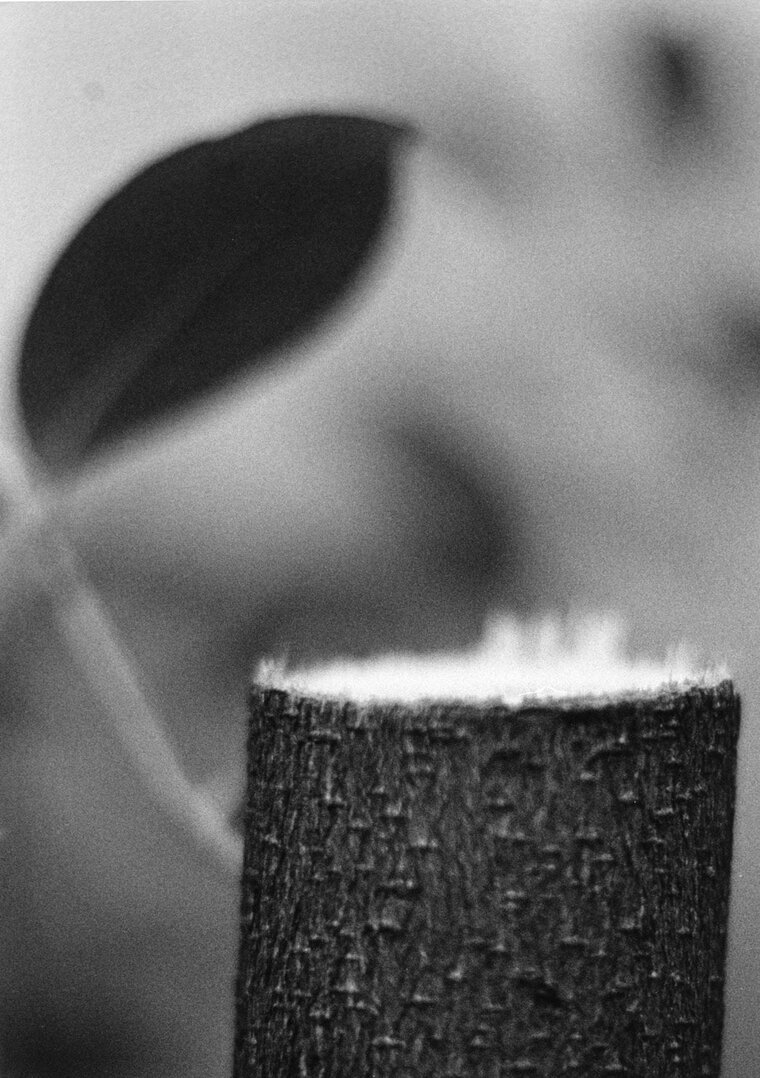 Severed Selenium toned paper 21x30cm, 2006 Limited edition print 1/2 Beyond the tree Solarised print 21x30cm, 2004 Limited edition 1/1 Classic Greek column topped out with plant growth Experimental darkroom print 21x30cm, 2004 Limited edition 1/1 Two into one
Double exposure 6x6 negative 2005 It's a pleasure to feature digital artist and comic colourist, Junior Tomlin. I've been tracking Junior's fab work and interviewed him ahead of his latest exhibition, AFROFUTURES. This has its preview on 2nd November and runs till the 23rd of the month at Zenubian, 136 Hither Green Lane, Lewisham, SE13 6QA. I wonder if you could describe a bit about your childhood and early formative experiences? I was born in 1960 and grew up in Ladbroke Grove. I have two sisters and a brother. My parents were Jamaican. They came to England in 1958. My father worked for British Rail in Euston and he was a shunter. Mum was a cleaner but was also creative in her own way. I remember going to work with her in the 70’s to help her clean the offices in Baker Street. I went to my local junior school on Oxford Gardens and then to Christopher Wren in White City. After secondary, I went on to do a foundation course at Byam Shaw School of Art in Notting hill. After a year, I did three years at Goldsmiths studying graphic design. I was a keen collector of comics as a child in the 1970s (sadly having lost that collection). I had no dreams then about being an artist. I wonder when the bug got you? The drawing bug started when I was young, 8 or nine. I was one of the children that didn’t have a lot of paper or pencils; but I did had a favourite pencil that was purple. I watched Lost in Space and that sparked my interest in robots. I love comics. The first one I bought was the mighty Thor and I still have this. I think looking back, that I am a lover of mythology. At school we used to draw the Marvel characters and being the best artist in the class, the other kids asked me to draw for them. Years later, one of my old school friends thanked me for helping him in his artwork. I still have all my comics. I have heard the universal story of mum throwing out their sons budding comic collection when they were out on a school trip. Where did you work and who, what and where was the London Cartoon Workshop, that I've heard about? The London Cartoon Workshop started in the offices of One Step which was in a building in Old Oak near the station. It was set up to teach sequential art i.e. comics. We had tutors from the comic book industry. I worked as an airbrush tutor and we made a comic entitled Silicon Fish. Maximum mention to David Lloyd and Amalia who were the core heart of the workshop. It moved years later to Kensal Road. I later went on to work for various companies such as John Brown Jr. Publishing, Titan and Panini - famous for producing football stickers and licensed to produce Marvel comics in the UK. I worked as a digital colourist for them with credits including Action Man, Transformers Armada, Teenage Mutant Ninja Turtles, Judge Dredd and numerous pocket book covers. The rave scene and the film industry were an important part of your development. Please tell us more about this period in your life and art. The rave period in my art development started when I was at the offices of Kickin Records. At the time, I was designing record covers for dance music. There I met a rave promoter looking to put on his first rave called Raveworld. From this, I did some of the best remembered and iconic images associated with dance and rave music. I created images that have inspired many to create art and to explore their artistic talents and become DJ's. I was given the tag "the Salvador Dali of Rave". My first endeavour in film was when I got a job on Nightbreed, a Clive Barker horror Film. I was a creature technician and my task was designing and creating masks to be used in the film. Years later, I worked for AMG effects where I was employed as a texture map artist. The job was designing and putting textures onto 3D objects. How has your style changed from analogue to digital techniques and what can we expect to see in your latest exhibition? Moving from analog to digital wasn’t hard for me. The three things I had was a computer, the right programmes and a digital tablet to draw on. My style hasn’t changed much. The ideas start with pencil and paper and when the design is good enough, I would scan it and start the magic. I use a mix of Sci-Fi fantasy and some images have a social political narrative. The current theme of my exhibition is Afrofuturism. Images to make you think and a feast for your soul. My work is as colourful as African fabric. As a footnote, do you mind if I ask you what it means to live in North Kensington and the impact of the fire at Grenfell Tower. The loss of 72 lives, has really affected us. I saw that you posted a powerful cruciform image in response to this. North Kensington means home to me. It’s where I’m strongest artistically and spiritually and where my ideas for art come from talking to friends. The neighbour hood is forever changing. I thought that the community was on the wane, but as a result of Grenfell it has been made stronger. With Grenfell I ask myself: why? There is no one answer. It’s multi layered. Grenfell was a draining episode and I felt I had to help. I volunteered. I wanted to make a difference. I just put this graphic image together. This was a hard time for me and my family. A month before Grenfell my mum passed and being a volunteer helped me take my mind from clearing mums flat. And just to end on a more upbeat note. I like to dress rather formally and I take my hat off to Junior, who is a smart dude and what was that WW2 aviation hat, I once saw you wearing? Hahahahaha! The hat. I love hats and so did my dad. The WW2 one? I went into the antique retro shop on Portobello: saw it, loved it and bought it. Hats should make us laugh! Anything else that tickles your funny bone? And any advice to budding artists? What makes me laugh is slap stick, good stand up comedy and the genius of Monty Python and Dave Allen. Remember to believe in your art. Don’t let it get you down. Create, produce and get your art out there. You are awesome and the next piece of art you do will be better than the last one. Photos and art work kindly reproduced by Junior Tomlin. Margaret Lowenfeld (1890-1973) was a pioneer of child psychology and play therapy. She was able to make creative connections of the highest originality. The child-centred philosophy she developed and its process of therapeutic play-making was the culmination of many factors: central to these being her experience of children traumatised by World War One; and also her observation of the colourful patterns in Polish folk costumes. Her work and legacy has influenced my thinking and art practice, both before and after the Grenfell Tower fire that occurred on 14th June 2017. I have always used a model of art making that was rooted in play and non-verbal processes of communication. I was able to use this during Art for Silchester, a seven month residency that has just ended at Silchester Estate. I worked with residents and children who live across the road from the tower and each of whom are coping with the tragedy in different ways. During these sessions, we made large scale drawings and ceramics which were indirectly connected with the therapy of Margaret Lowenfeld, who first started her work in this area of North Kensington in the late 1920s. I also recently met up with Margaret Lowenfeld's great nephew, Oliver Wright, who is one of the therapists working with the NHS in providing support to local residents traumatised by the fire. But this blog is an interview with Thérèse Mei-Yau Woodcock that was recorded from July-Sept 2018. She is retired from practice, but was trained at The Institute of Child Psychology in the early 1970s and was the leading proponent of Lowenfeld Mosaics as applied to child psychotherapy. In talking about her life and work as a Lowenfeld therapist, I was also able to open up and have a reflective space to think about my own feelings, my inability to voice them over the past year and how I am now moving forward as a person and artist. A war child in Hong Kong and China I was born in Hong Kong, a British colony in 1935. My parents were both teachers. When they graduated from university they started their own school based on my mother’s ideas. She was an intuitive teacher and had this notion that when you teach a child it isn’t just the teaching that counts. It is also about the child. In Hong Kong during the 1920s and 30s that was a rather unusual idea. When the Japanese took over Hong Kong they changed all aspects of our lives including our consciousness. When my brother was born, my parents decided they didn’t want to live under the Japanese and they went to Canton, China. We had nothing and squatted in an empty house. My parents had to have two jobs in order to have enough money to feed us. I was left on my own and wandered around quite a bit. I once stumbled across this march. Being small and very inquisitive I wiggled to the front. There were two Chinese men being executed by the Japanese. The whole crowd watching was Chinese. As soon as one of the prisoners stepped forward the crowd cheered. Then a band of soldiers tried to shoot him but he kept on spinning and it took a long time for him to fall. The crowd just kept on cheering. I was an innocent child and didn’t know anything about politics, but I thought: fate was going to show the people this was a good man. Children see things that they don’t understand and they have to make some sense of it. I didn’t see him fall and I thought he was a good man. That thought came to me as a child and I only found a word for it, patriot, when I came to England. So the words come much later in my understanding. After some time my father returned to Hong Kong to see when it would be safe for the family to return; leaving my mother, my baby brother and myself in Canton. It was during that period that I met a Japanese boy. The meeting was very curious because the Japanese boy was trained to think that Chinese natives were bad. I was walking with my brother in my arms and he threw a stone at me. It hit my elbow and I got really angry. I rushed home, dumped my brother on the bed and went back. I said you hit me and I’m going to hit you back. It was very foolish of me because I was eight and very tiny. He was about ten or eleven. He was so shocked because I could speak Japanese. He then said: if you can speak Japanese, you must be educated and civilised. So he wouldn’t fight me. We became friends and I learnt even more Japanese from him because I didn’t have anyone else to play with. My mother knew nothing about this Japanese boy because she was so busy earning our rice. Just meeting him prevented me from thinking that all Japanese were bad. This later fed into my understanding that all group prejudices were a generalisation of personal experiences. Life is not simple. It’s not reasonable. It is not governed by things like - if this happened here, then that happens there. There is a war, but for the individual child all kinds of experiences are possible. These were war-time relationships and had no consequence afterwards. But even now, I sometimes wonder what happened to that Japanese boy. A scrambled education and life in post-war England We came back to Hong Kong in about 1946 with a wheeled cart and the little luggage we had. My father had found a flat. I continued to look after my brother but not for long. My mother wanted me to go to school, but I had missed three years and so my Chinese wasn’t up to standard. So she decided to put me into a school where the teaching was in English. I didn't know any English. I was 11 and had to spend the first few months writing nothing but lines: I MUST HAND IN MY HOMEWORK. I was always semi-bottom of the class. In my school leaving year, I failed in everything because I couldn’t be bothered to study. It just seemed too difficult. My mother asked me if I would be happy to be a street sweeper or a secretary. It was then that I realised the value of an education that enabled the individual to have a wider choice in adult life. So that year I started to study. When the exam results came out they would be published in newspapers and the top 50 students would get scholarships. I got one. That was such a shock. I later discovered that my mother had been saving money for my education. But my father would always say - don’t overeducate your daughter because she won’t get a husband. You can see there were two very different philosophies in the household. But in the end he was very proud of me. At university I knew I had to study hard. I studied political philosophy. I did psychology, I did logic. All the kinds of things you don’t get at school. Wonderful. I was just enjoying my life. I wanted to become a librarian because I love books. The only post-graduate course on librarianship in the whole of the UK was at University College, London. They had lots of foreign students but they only accepted people with First or Upper Second Class honours degrees. I was very lucky to get in. They said do you have a classical language? I was very cheeky and said I have Chinese. I didn’t tell them that I only studied basic Chinese. They said, they didn’t have a Chinese student and we’ll take you even if you haven’t got any Latin or Greek, nor German or French. This must have been in 1958 and it was a one year intensive course. During the second term I had pneumonia. I was staying in a university hostel and the registrar who was looking after me thankfully had a nursing background. When I went to take the exam, there was no way I could pass it. I passed one paper. I failed the other. They said we really want you to pass, so come back. But I had no money and the course was teaching you how to catalogue Latin manuscripts for working in a university library. It was not for public libraries. I thought this is all too alien and that I couldn’t continue. Domestic life and the discovery of a vocation I then thought I might enjoy teaching but got married and had children. I had to learn how to be a housewife and mother in England. All without any help. What I discovered was that I could talk to another PHD person but I didn’t have any ordinary language. My husband was working in the Midlands as a salesman and he travelled all over the place. We were living in a new estate which had just been built and I didn’t know anybody there. The biggest town was Bromsgrove and that was at least three miles away. We had no telephone. My husband just thought: this is your domestic scene and he decided to have a mistress. I said, this isn’t right, is it? We can’t carry on together when there’s no connection. So I was in a terrible bind and came back down to London. Then he followed with the children. I had to get a job. As I was the one who left, I had to help with the family finances and earn enough so that my husband could have some of my earnings as well. Then I met Jasper. We discovered that maybe we should get together. Jasper and I were married for 46 years and the children lived with us. The children have always thought of him as their dad. During this period I also had personal therapy. The therapist said to me: I can see that you don’t want to be a librarian anymore or a teacher. Do you have any ideas? I said: yes, I want to sit in that chair (pointing at her). I’m going to be a therapist who sees children. First Mosaic made by Therese upon arrival at the ICP, 1969 The Institute of Child Psychology (ICP) I went to Hampstead to visit the Tavistock Clinic. They said you can’t see anybody because they are seeing children and they are in private practice. I said: how do I find out about your training? Well, you’ve got to come to attend our courses. How long will this take? The lady said: it depends on the individual but it could be 4 or 5 years and the student would need to have personal psychoanalysis as part of the training. I just didn’t have the time or money for this. So then I went to visit the Institute of Child Psychology in Notting Hill and they said: Dr Lowenfeld will see you, but she’s with someone else at the moment. They gave me a Mosaic to play with while I was waiting. It was a very clever idea. I knew nothing about what I was doing. It was fun. I made this tree and plane in my Mosaic. In hindsight, I realised this encapsulated my journey and life here in England. The tree was me growing up and the potential to develop in this country through the course. What I didn’t know was that they kept records of all Mosaics and when the Institute closed, I looked through the records and rescued my Mosaic. Margaret Lowenfeld was one of the first child psychiatrists who was interested in finding ways for children to express themselves without only using words. She thought about what happens to a child between age zero and seven. How do children of that age think? She realised that what children perceive is multi-dimensional and cannot be put into words that are in linear time. The child has many ways of seeing the world and they formulate ideas through their sensorial experience. Lowenfeld had this notion that they do it through pictures. So she had this idea of picture thinking in the late 1920s and 30’s and pioneered the use of Mosaics and the World Technique; the latter known more generally as the sand tray used with miniature toys in dry or wet sand. These are play and language tools for the children to express themselves without relying solely on words. Lowenfeld opened the Children's Clinic for the Treatment and Study of Nervous and Difficult Children in North Kensington in 1928. This offered a unique form of therapy for children that did not exist anywhere else in the country. Before the Second World War, the clinic was very well known and mainly supported by private funds. Lowenfeld wasn't charging the local people very much because this was a poor area and she wanted these children to have the use of these facilities. Photographs of Margaret Lowenfeld and children using the World and Mosaic. There was a change of name and The Institute of Child Psychology relocated to 6 Pembridge Villas in Notting Hill Gate. The Institute had facilities that were exclusively given over to the self-generated play activities of children. There was a big basement to the house where the playrooms were located. The children could play ball and use climbing frames. There was a trunk on wheels which the children could hide in. Another trunk had clothes and hats and objects. This was used for dressing up and often lead to dramatic play in innovative ways. There was also a painting room where the children could paint on the walls. You could hose off the paint with water to obliterate the child’s painting should the child not wish for the painting to be kept. There was also a water room where you could have water and toys on the floor and we all had to wear waterproof clothing and wellingtons. The older teenagers might think that playing was too childish and so they could talk in what we called the Quiet Room. Occasionally we would take a Mosaic in for them to use. The Institute always had a file for each child’s therapy work that included a recorded copy of all their Worlds, Mosaics, drawings and paintings. At any given time you might have 6 therapists with their children in the playrooms. We worked together as a team, often helping out by observing other children when the therapist might have missed out on some aspect of their child’s action. It was also a very demanding training. I could write about 12 pages of notes that documented what my child did in any given session. We would never impose a point of view or interpretation of their play. The aim of all this was to allow the child to express their point of view and feelings through play. I started my post graduate course in 1969 and this lasted three years. We only had two new students per year. We had daily supervision, but on Tuesdays and Fridays we had two hours of group supervision to discuss what we called Corporate Cases; these were the children who were not solely the patient of a particular therapist. In the student’s last year, they would be supervised by Lowenfeld. I liked doing the Mosaic and the World with the children. It could take two sessions to do this because sometimes children take forty minutes to do a Mosaic. I prefer to use the Mosaic because they have a progression or a regression and they tend to be linear. I don’t interpret the mosaics. I talk to the children through it and then sometimes they will tell me what it means. The Lowenfeld therapist always had to be lower than the child. I would sit in a chair that is the same size as the child. I’m lucky because I am fairly small anyway. Lowenfeld was not psychoanalytical. She said her ideas were only just one philosophy and so we were taught about Freud, Klein and Jung. She said you will need to understand what other professionals might tell you about the child under consideration. The Institute had a child psychiatrist, an educational psychologist, a social worker and a West Indian social worker, as the area the ICP was in had a lot of West Indians. I think I had an excellent training and it never troubled me that the psychoanalysts thought I was not trained. Lowenfeld had set up a proper postgraduate institution and awarded postgraduate diplomas. They had an academic board who oversaw standards. That’s why I got a student grant because it was properly recognised by the national Education Department. Case studies and sexual abuse I remember this nine or ten year old girl who came to the Institute and just stood rigidly. She believed that her back was made up of one bone and that she couldn’t bend her body. She only spoke in whispers, not wanting to expend her energy reserves. She was worried that she would die and had stopped eating. I said to her: do you know what our back is made up of? She said there’s a bone there. I said your quite right but there’s not just one bone but many bones. I’ll show you. We had these models. I got her the skeleton and I went slowly down the spine guiding her hand so she could feel the knobs. The first treatment objective was to get her to learn about moving freely. We often did body work because, for instance, many girls didn’t understand about menstruation. There was also a fifteen year old Indian girl who was very unhappy and wasn’t eating. She told me she was going to have an arranged marriage but wanted to go to university. The parents felt that any further education would be unnecessary since their aim was for their daughter to get married immediately after leaving school. To enable her to get into university, I said: you have to go to the library rather than home to do your school work. Sometimes therapy is being pragmatic for people to get out of these difficult situations. You’ve got to offer them a solution that will relieve them from that. Only then can it be analysed and if the child wants it to be. What happens if the daughter is expected to sleep with the parents? I said okay. Which side of the bed are you sleeping? I’m sleeping on the right hand side. Who else is in the bed? Mummy is on the other side. So I asked who is in the middle. That’s daddy. I asked her how she liked the arrangement. This is a thirteen year old girl and was a case of sexual abuse. There are girls who I can discover their issues through their World Play or like that girl who did a Mosaic. She kept on shoving Mosaic pieces in between other pieces. I said sometimes that happens to older people as well. She nodded. I said: it also happens to girls. What you need to do, to stop this, is to tell an adult. There’s a law that allows me to talk to you about this. I was getting somewhere with one child who was telling me the parents were abusing her. The parents then stopped her coming to see me, saying Mrs Woodcock’s English is so poor that my child can’t understand her. You can’t argue with that. What I said to the girl was: I’m sorry this is your last session because your parents are not happy about you coming. I said: you know what the problem is. You are fifteen and by the time you are sixteen, you can leave home. That was all I could say. Perhaps there are limits to the therapeutic process. Lowenfeld never talked about sexual abuse at all. You would think she never knew about it. But you see nobody was talking about it at the time. The biggest change I saw over these years was actually having abuse recognised and also the legal aspect of myself and social workers having to report it. I thought that helped me to talk to the children. By law, I had to report this and some other professionals were then able to help the child. In Summary I am extremely grateful to have attended the course at the Institute of Child Psychology. It enabled me to help children by using the World Technique and the Lowenfeld Mosaics. When I graduated in 1972, I worked for the NHS and child guidance clinics in Newham, Haringey and Barnet. Both Haringey and Newham were multicultural and deprived areas. I didn’t actually want to work anywhere else. That was a personal choice. I wanted to work with a variety of children including the poorest. I saw my last case in January 1995 having worked as a Lowenfeld therapist for over 20 years. A selection of my work will be housed at the Wellcome Library as part of the Margaret Lowenfeld archive. Expressing the shape and colour of personality: Using Lowenfeld Mosaics in Psychotherapy and Cross-Cultural Research By Therese Mei-Yau Woodcock, Sussex Academic Press, 2006. Photographs and text kindly reproduced: © Thérèse Mei-Yau Woodcock, Dr Margaret Lowenfeld Trust and Wellcome Library. Postscript Let us end with Margaret Lowenfeld's account of the first day the Clinic opened on Telford Street in 1928. This was in rooms hired from the North Kensington Women's Welfare Centre (aka birth control clinic) where Margaret's sister, Helena Wright, worked as the Chief Medical Officer: The two rooms that allowed for the Clinic's work consisted of one opening direct on to the street, which we used as treatment room for the children, and a second room opening out of it. Here records could be made and kept, parents interviewed, biomedical investigations carried out and discussions conveniently held between myself and my colleague. Money was short so the playroom furniture began as one table and three chairs, one of them a fireside chair placed between the diminutive gas fire grate. The play material was kept in the second room and carefully selected for each child who came - it was too precious to be indiscriminately displayed. Later a second table was added for the children to paint on, the first round table remaining in the centre of the room. A scene in which this table figured later won us our crucial friend. The first child who came was the "bad boy" of the neighbourhood, abominated by the shopkeepers. He came by himself and I do not remember seeing his mother. He was defiant and silent but remembering the Polish children, I left a French painting book - these were lovely (good ones being practically unobtainable in England) on the table with water and painting brushes. He seated himself with his back to the centre of the room and studied them. Half an hour later I stood silently in the communicating door watching him. His concentration was intense, he breathed excitedly and - schools being different in those days - I found later this was the first time he had the magic of colour in his hands. Every day the Clinic was open he came, and slowly began to talk. By that time I knew his attendance at school was erratic and all efforts to improve this had been defeated by his silence under questioning. We made a pact together: more regular attendance at school on the days and times the Clinic was not open, and fresh paints and painting books when he came. It was from the school we heard later that a different boy had slowly emerged - complaints against him ceased. One day he brought a young friend with him and we knew we were winning our way in the neighbourhood. Constantine Gras making a mosaic, with from left to right: red beacon, tower from black to green to no colour; myself draped in those colours; and a key, a set of arrows pointing to me, the tower and Thérèsa as witness to the mosaic. "I felt I needed something in addition to the tower and me. I don't know what it is. Maybe it's a signpost trying to direct me or others, but everything is shifting apart again over time. Then I step back and look beyond the tower and me. I want to get a sense of the overall space and how these objects function within that space. Can I possibly create something that is aesthetically or emotionally satisfying? I am trying to make a work of art. I'm not sure if that is right." "Yes. You are an artist. You cannot escape that." "I was hoping that I might, but I don't think so." "You won't be able to escape yourself, will you!" "No. No." At Play In The Ruins: A Lost Generation
oil pastels, 33x24" 19 Dec 2016 Artist's comments on the reverse of the drawing: Starting off with abstraction, but thoughts turned to Lowenfeld sand play (Sand Face in the picture) and childhood. The news on the following day. The battle and now the desperate evacuation of Aleppo in Syria. One of the defining media images of the year, Osman Daqneesh pulled from the bombed building. His haunting stillness in the midst of horror. Talk? Perhaps the actors, Michelle Strutt and Tiberius Chis, thought the same thing when invited to attend the second workshop for a film project that is being created from scratch. But I had the left of centre idea of getting them to interact with the cultural happenings that took place on 24 March 2018 during the West London Gallery Bus Tour and improvise characters, moods and potential plot developments. I also wanted to test the actors in a live situation and observe their on-screen chemistry; they both responded fabulously in the chaotic circumstances. I had worked with both actors before in The Melodramatic Elephant in the Haunted Castle which was a play, film and exhibition project. Michelle had played one of the four narrators in the play and Tiberius had several roles including a memorable portrayal of Charles Chaplin. A similar exercise had already been undertaken at Canada Water with the other actress in the project, Jackie Kearns. Her creative writing had inspired one of the themes of the film: “Aged tree, you cool your feet in the calming stream. No human eye sees how your roots reach through the hard earth To tend and nurture your fellow trees. Aged tree, cool, calming stream. Hard earth.” These episodic and fragmentary elements of a dramatic triangular relationship should be viewed as marginalia for a forthcoming film. I Thought You Were Going To Talk is an unorthodox trailer for what might turn out to be a completely different but related film. Many thanks to Rob Birch, Piers Thompson, Fifi la Mer, Olly Wilby and Gosia Lapsa-Malawska for their support during the Gallery Bus Tour. The tour was organised by The Galleries Association established by Damian Rayne of the Muse Gallery. In 2010, when undertaking research for the film and art project, Flood Light, about the inter-related history of the Grand Union Canal and Westway (A40), I first came across the photography of Adam Ritchie. When I opened up that archive box and out popped these evocative black and white prints of children in a raw concrete space, I vividly recalled the 1970s and my own childhood. I was the first person in decades to contact Adam about these photographs and in the process discovered he was one of the founding figures of the Westway Development Trust; the unique 23 acres of land under the Westway flyover that was fought over and gifted for the benefit of local people. In 2015, I had the pleasure of interviewing Adam. He reflected on his father's legacy, the lows of education, the highs of the swinging 60's, community activism and on his fragile, but important photographic collection. It is timely to revisit the social conflict of the 1960s in North Kensington after the tragic Grenfell Tower fire. From a ruined landscape of houses demolished for the making of the Westway, residents were able to organise themselves and guide the woefully out-of-touch local authority into the making of community spaces and facilities. I’m sort of a middle class person, though my great-great-grandfather was born a bastard. My father was a journalist and broadcaster with the BBC. During the war, he invented the V for Victory Campaign. It was a big letter V that was chalked up all over the walls throughout occupied Europe by the people telling the Nazis that they would not win. This was a formidable psychological warfare campaign. He was very interested in the importance of the BBC being about truth. It couldn’t be like Nazi propaganda where they told lies and people were shot for listening to the BBC European broadcasts. I think I inherited the idea of the importance of truth and honesty from my father. I went to a public school which I hated as I was beaten every day for being the only socialist. The first day they asked you which way do your parents vote. I said they voted labour. I got hit. It was like that for the next few years. My father had a stroke and then we had no money at all for a long time. I got a scholarship to the French Lycée in South Kensington in the 1950s. Then I got another one to study at an American university in Massachusetts. I studied economics to start with because I wanted to work for the European Union. I thought that was the future for the UK. But the economics professor was so right wing, he took me aside one day and said, I don’t care what you do, I’m not going to let you pass anything in my department and I want you out of the college. This was because at his lectures, he said, if the workers could just observe the law of supply and demand and accept lower wages, then everything would be wonderful. But what about the workers, I asked? In the end, he got more upset because all the other students started to think ‘why should you just assume it’s okay for people to be poverty stricken’. I eventually changed to study English or American literature and I got on beautifully with that. The only non-fraternity place to live on campus was called Independence Hall. We each had separate rooms and there were a lot of women visitors. But one day the Dean said that for reasons of fire safety regulation we all had to leave our single bedsits so two people would share one bedroom and one study room. We all thought this was crazy, so I went to see the Fire Chief in the town. He said there was no regulation like that and didn’t know what I was talking about. But by the afternoon he had heard. He changed his tune because it was a one horse town; the college owned the town. About 2/3 of the students in Independence Hall upped and left the college. It was pretty shocking because a lot of them were in their last year. I left and went to Boston and tried to enroll in Harvard but that was impossible. In the end, I came back to England. I was very depressed. The whole experience was quite nasty. I worked at Better Books, in Charing Cross Road. I met up again with a friend called Nicole Lepsky who I last saw doing A and S Levels at the Lycée Francais in London. She asked me to come to a party near Oxford. I said, yeah. She was going out with a guy called John 'Hoppy' Hopkins. I met him and we got on very well. He was getting a flat at 105 Westbourne Terrace and it had lots of rooms. There were about 5 or 6 of us there including me. We smoked dope every night, listened to very modern jazz and someone used to read aloud, things like Samuel Beckett’s Murphy and At Swim-Two-Birds, by Flann O’Brien. We were always laughing our heads off. I always wanted to go back to America to see it properly. To get a Green Card in 1962 you had to have £400. I had £200 in the bank. I got a letter from my bank manager saying I had £200 in the bank. And then twenty minutes later I took all the money out. I went straight to the American Embassy, saying I’ve got £200 in cash here plus proof of another £200 from the bank letter. £200 plus £200 makes £400, doesn't it! And they gave me a Green Card. In America, I got a job as an economist at a place called Business International Corporation. I was hired to help give economic advice to the 100 top American companies wanting to operate in Europe. I got a loft and redid it completely. It had been a leather factory run by an alcoholic and his policeman brother. They made suitcase luggage straps, that’s all they did, nothing else. This loft was huge. I got on very well with the landlord who looked like a bowery bum. For some reason he got many of his clothes from his tenants; they threw them away and he would wear them. I don’t know why! His name was Seymour Finkelstein and he was a very pleasant man. He lent me all the tools and materials to do up this loft. I took off all the plaster from one wall, so it was a plain brick wall. I put in a bathroom and kitchen and built a huge platform to sleep on. I met Carola two weeks before I left for America. She was a typographic designer. I said, why don’t you come over with me! Two months later she left England and moved in with me into the loft. She got a job at Columbia University Press and did the typographic layout of their Encyclopaedia. In the end we were all evicted from the building. I think Seymour didn’t pay bribes to the fire department as it was illegal to have too many ‘artists in residence.’ You could have a license saying AIR2 meaning there were artists on 2 floors of the loft building. Seymour had 4 floors of artists and he wouldn’t pay the bribes, so they closed him down. Put padlocks on our front door and told us you’ve got to be out in 2 days. I found another place to live. One day while I was walking along a street, I saw a huge rat walking on the other side. It was walking quite nonchalantly, not paying much attention to anything. I thought, I’d really like a picture of this. I had a friend called Larry Fink who was a photographer. He had a darkroom just around the corner and I’d been talking to him about the images in New York I wanted to photograph. He said, why don’t you get a camera? I had recently just come back to England where Carola and I got married and I had about £150 from wedding money. I went out with Larry on a Friday evening to a big discount store and bought a good 35mm single lens reflex camera. On the Saturday I took lots of pictures and spent the whole of Sunday printing them in Larry’s darkroom. On Monday morning I was back in my office, with 15 good looking photos on my wall and the whole place, about 40 people working there, came by and said, 'Wow! These are really nice pictures.' The guy who ran the place asked me to photograph a Business International conference in Washington DC. I went down and took the photos and they got more orders for copies of the photographs than they’ve ever had using professional photographers. The head of the company at Business International, Bill Person, said, you ought to be doing photography and not economics. I said, photography is fine for a bit of pleasure on the side, but what’s serious is economics. He thought about it for a bit. He then sent me on a four day course to a company who test people to see what they were good at. It turned out I could be good as a lawyer, a journalist, a teacher. Nothing to do with photography. Bill said, “You should be a photographer. I’m going to fire you. You’ve got 3 months on full pay and you’re not allowed to come into the office except to show us photographs.” So I got sacked in this beautiful way. Only in America! He said something like it had happened to him and the change had been an important moment in his life. I went to the magazines and they all said, we don’t give commissions to people who have been a photographer for 2 months. I’d already saved up for a holiday trip to England with Carola and so I thought about what would interest Americans about England. This was 1963-64 and I noticed there were all these people in London who had important jobs and were around 22 years old. They were graphic designers, musicians, journalists. The fashion editor of the Observer was Georgina Howell, who was 23 years old. The fashion editor of The Herald Tribune in New York was 67. She was writing about young people and it felt weird. There were lots of people past pension age in New York running things. It was a cultural thing. In London it was all youth, youth, youth. I went to Glamour, a Conde Nast magazine, and said, I’m going to London in 2-3 weeks and I want to photograph these people, They are all under 25 and they’ve done really amazing things. Again, they said we don’t give commissions, but we will look at the photos when you come back. We might be able to publish a page. I came back and they published 6 pages and they gave me work every month after that. That was an amazing start. At the time, I made a film with a friend, Yvette Nachmias, called "Room 1301.” It was about the office environment in New York when she was trying to go down one floor from the 27th to the 26th floor. The door locked behind her and she couldn’t get out on any floor at all. She walked down 27 flights to the basement and out onto the street. There were alarm bells going and 6 fire engines around the front thinking there was a fire. She went back to her desk and didn’t say a word. It was quite a nice little film shot on 16mm. Before I came back to England in 1966 for the birth of our son, several interesting and important things happened to me in New York. I lived just around the corner from Tompkins Square on Lower East Side. This was a completely flat square with lots of pathways with concrete fencing on each side and some tiny patches of grass also surrounded by concrete fencing so you couldn’t get onto the grass. Mayor Wagner had a brother who was a concrete manufacturer. The city covered everything in concrete. People used to come to Tompkins square and had to lift their dogs over this 5 foot high concrete fence around every patch of grass. One day, the mayor started to build a concrete stage with a roof on it. There were diggers and this huge mound of earth next to where they were going to build this thing. They laid the foundations. The kids took over this hill of earth and they ran up and down it until it was smooth and wonderfully evenly shaped and not muddy anymore. It was the first thing that was alive in this whole square. There also was a change of government with Mayor Lindsay. His new parks commissioner, was Thomas Hoving, the son of people that started Tiffany's. The contractors said that they were going to come and remove the earth. The mothers realised that the earth was very important for the kids. Someone phoned up Thomas Hoving and said you’ve got to come here because there is going to be trouble with the contractors ruining the last bit of our square. The mothers formed a circle and hundreds of kids were all on the mound and the contractors were ready with their machines. Thomas Hoving arrived in a big limousine with police motorcycle escorts. He talked to the contractors and he came and talked to the mums. Then he walked up the hill and down again. Talked to everybody once more and then said: I think it should stay. They called it Hoving’s Hill after this. I thought this was very exciting. It was political, very direct and everything was right in front of you. Also the fact of the mothers taking ownership of the space was very interesting. There was one other thing in New York that was also an inspiration to me. Hoving fenced off a small bit of Central Park and set up poles every 3 feet and hung canvas from one end of the poles to the other. There was a 3 foot by 2 foot high rectangle of canvas attached to them. Brushes and paints were supplied. And it was called Painting Day. People came and painted all day on both sides of the canvas. I think they burnt the whole thing when it was over. Then the picket fence was taken down. I thought that was fantastic and it was all done in one day. I came back to London with these two things buzzing in my brain. I went to see Hoppy and he’d set up the London Free School in North Kensington. They met and discussed things, had classes in whatever you wanted to know about. There were philosophers and writers and artists. They probably used the All Saints Church Hall for quite a lot of stuff. I think one of the things they organised was the first Carnival in London. It was not anything remotely like what we have now in Notting Hill. Rhaune Laslett and Hoppy started it. They just thought, let’s have a festival, This was about 1966. It wasn’t really organised and I think it was gently raining. I saw about 20 or 30 people walking past where I lived. They were singing and dancing and having a nice time. But they also got permission for an adventure playground where the houses had been demolished for the building of the Westway motorway. They put up a rather beautiful painted sign saying London Free School Adventure Playground - Come and Play. I went there and saw it. It was all demolition rubble about 5 or 6 feet below the pavement and there was a brick wall all the way around to stop people falling into the rubble. And there was a plank against the wall. If you were athletic enough you could maybe slither down this plank. The kids did it without any problem. I never saw an adult there except a bit later. The kids built things out of the rubble from some of the 600 or so demolished houses. This was Acklam Road between St Ervans and Wornington Road. So quite a large site. And there were all these wonderful things being built there by the kids out of the rubble. I thought they need a bit of material help. I bought two hammers, a saw and huge bag of nails and hid them under the rubble. I came back a few days later to see there was a new building. It was really bigger than what was there before because of the nails and tools. I was very excited about that and told friends. We all went to see this building a few days later. But the thing I had described in such detail wasn’t there. Instead there were 3 other buildings even bigger and better. I just thought that was fantastic how kids and people could just do things. All you needed to do was just twist it a little bit. God knows, we need a little help at times! There is also the innate impulse to do things and to have the opportunity. There was all this rubble, What do you do with it? You build buildings, that’s what you do with it! I went to a meeting of the London Free School at the All Saints Church Hall in Powis Square when they said that this is the last meeting. I said I’m really interested in doing something with the adventure playgrounds idea because they are going to build the motorway and this has got to be thought about. What are we going to do underneath the motorway? There were 5 or 6 people who joined me including John O’Malley. We formed the North Kensington Play Space Committee and met at my place for 3 or 4 years after that planning, talking to people and writing letters; I must have written 1000 letters. I was working nearly full time on it for 2-3 years as well as teaching photography at Central School of Art. Adam Ritchie's photographic prints of organised play schemes under the Westway, 1968-69 Kindly reproduced by Adam Ritchie and RBKC Local Studies and Archives As the motorway was being built, we asked for a meeting with the Greater London Council. They agreed to this and phoned to ask were we bringing anyone else. You could hear their jaw dropping as we said, yes, we’re bringing Sir Hugh Casson who was an architect and planning consultant to the Queen and Ottawa and 17 other cities. He was a big deal. And we're bringing the secretary of one of the largest charities in London. We are bringing Peggy Jay who was the parks committee head of the previous local government. She knew everything about how things were done. And we had Ilys Booker, a sociologist, with an international reputation, who was working in Notting Dale and she supported us. It was an extraordinary list of people. When we came to the meeting there were maybe 60 people in the room. They had all their officers and secretaries and committee people. We came with our lot who all gave fabulous speeches. We also had a half page article in the Times and a leader in the Guardian all in favour of our plan. They agreed to further meetings. Later they said we couldn’t have community facilities under the Westway, because they had planning permission to build a car park under the whole of the motorway. They were going to build a 22 foot high concrete wall shutting off the underneath of the motorway for the car park. It would just become this awful space. One of the imagined reasons for the motorway was to reduce local traffic and if you got a huge 8 acre car park underneath the bloody thing, where are the cars going to come from? They are going to come off the motorway and park there. Everything was so badly thought out. We hired a barrister to contest this. He wrote a letter to the Transport Minster asking whether they had planning permission. Just by chance we knew Donald Chesworth, who had been on the Planning Committee 15 years before at the London County Council. He said, I don’t remember agreeing to a car park. I phoned up the Town Clerk of the GLC and said could we possibly have a copy of the minutes of that meeting at which the planning permission was granted. There was a gulp at his end. The next day the 22ft concrete screen slabs that they bought or had commissioned, thousands of them, made to wall off the whole of the underneath of the motorway, was stopped. I don’t know at what cost. They had to abandon the whole thing. But we were a bit nervous about chasing them legally because we were trying to get their support for our scheme. It was swept under the carpet. But they had told the Transport Minister that they had planning permission and this was a lie. If anyone thinks that officials are telling the truth, they may not be and you need to double and triple check. I forgot to mention that we had someone from Kingston University Architectural Department who designed a pamphlet for us. This had an air map of North Kensington with the motorway on it and our plans for the spaces underneath. We also got sponsored by the British Road Federation because we were the only people suggesting a possible social use of a motorway; but I was really against roads impinging on everything without any obvious advantages. BRF gave us a stand at the motor show which would have cost us thousands of pounds and they paid for all our materials. We produced this 15 or 18 foot long map of the motorway cutting across North Kensington showing its beginning and end. At public meetings we stuck this map on a huge series of boards and talked about the whole thing and said - imagine you’re a bird looking down on this, this is what it looks like. So people who didn’t read maps could get this scene of what they were proposing to do. And we gave out bits of paper and loads of magic markers and they could write down what facilities they wanted and where it should go under the motorway. It was real site-specific thinking. We were clear that we couldn’t put our own ideas forward. So all of the ideas were from peoples’ suggestions at public meetings and by talking to people. Almost everything suggested was practical and sensible. I was knocked out by this. We also went to see a big London charity and discussed it several times with them, A wonderful man ran it called Tony Woods. He was excited about what we were talking about. We said could you put aside money for when it is needed. And he said, I can’t exactly remember the amount, but something like, I can put aside £20,000. It was serious money, He said he’ll put it forward for the next 3 years so that it will be available when needed. We worked with an insane confidence of thinking of things like that. If you are a little tiny group flaffing around on the outside of this circle, there was no reason why you’d think of things like that. But we did. I think our political thinking was pretty good. There was no possibility that I could have done any of this without John O’Malley. He was absolutely a rock. He and his wife lived and worked at the Community Workshop in St Ervans Road. They were community organisers. Jan worked on an area that I thought was more serious, housing. She did a huge amount of research and had a real strong framework of understanding what the problems were and how to solve them by helping people. Many commentators said that North Kensington had the worse housing in Britain. It really was overcrowded, with decrepit, often disgusting, bad housing There were 15-16 people living in a house with one toilet that was overflowing and with no heating. Rachman-type landlords who didn't give a shit about these people. Horrible! John and I organised play projects that were temporary schemes and hopefully would become permanent. So for example, we ran the Summer Play Project in 1967 that had 200 students from all over the country coming to help us. We got a disused school to house them. We got a grant to pay for a secretary and changed our name to the Motorway Development Trust because we spent all our time on the motorway scheme. We didn’t have false ideas of anything. This was quite important. We always knew that we couldn’t get what we wanted, which was for the community to have control over their own area. But we could do a hell of a lot better than just having a car park under the motorway. One of the principles behind the whole campaign was that we had to have fun while we were doing this. You can’t do any good if you are not enjoying yourself! The council agreed to setting up the North Kensington Amenity Trust that would run the spaces under the Westway. The council wanted to set it up with the Town Clerk as Secretary. This would have been a really poor organisation. We were quite good friends with the Charity Commission and suggested this wasn’t the proper way to set up a charity. It was a way of subsidising rates and so the council was put right on that and had to change the complexion of the organisation. We also had to have an independent chairman. The council chose an ex-ambassador and we then had middle of the road people. In my view, people who basically didn't want to rock the boat with the council. Establishment people. John and I weren’t allowed to be on the committee until we got the Charity Commission to insist on more openness and then got elected onto it. It was stultified for many years because of the lack of imagination of the council in dealing with it. They probably let us on in the end because they didn’t have any ideas and we had quite a lot. At all our meetings with Kensington Council we did the soft cop, hard cop thing. John would go in with his Arran sweater and he looked unshaven and radical. I would go in like a posh kid from Chelsea. They couldn’t believe the radical things I was saying and were then surprised that John didn’t bite their throats and had these practical things to say. But the Trust didn’t like it. In the end, I got a job building houses in Wales in 1973. I stayed on as an elected member on the Amenity Trust for a year or so and came to London for the meetings. We had started with the idea for an adventure playground at one end of Acklam Road. Then it became a mile-long strip up to White City. A lot has happened that seems a lot better than a giant car park and some has developed based on community amenities rather than just commercial. We always included in our plans some commercial space because it provides jobs and some income. We have seen gentrification increased beyond belief but there is not much you can do about that with so little community controlling their own space. Original vision for community spaces under the Westway, 1968 Westway Development Trust consultation on how to regenerate the spaces, 2017 Adam Ritchie with the Latymer Mapping Project, 2013 Postscript: Photography I used a photo lab over the years because I was never terribly interested in printing. They also had all my negatives, 10-12 years worth going back to my time in America. It was stored at a place called Sky Labs which was in Maddox Street to start with and then moved to various places. I hadn't spoken to them or been in touch for about 3 or 4 years because I was building houses in Wales. I popped in and asked for a picture from my negs. They said we don’t have your pictures. I walked out and thought that proves that I’m not a photographer anymore. It wasn’t a tragedy. I didn’t go back in and scream or shout. I wish the hell I had now! They closed up their old shop and as I had moved a few times, there was no way to get in touch with me. They probably put it all in the skip. It’s very sad because I had some nice pictures. I think the ones of the kids playing were the best ones I ever took. I’ve probably got 10 prints left altogether from thousands of pictures. My colour slides and contact sheets of Pink Floyd and Velvet Underground happened to be in a bag in a parking bay under Trellick Tower which I hired for storage. The bay was broken into and wrecked with paint poured over everything. But they didn’t take or destroy this one bag which had all my Pink Floyd and Velvet Underground photos. They have since been published in thousands of books, magazines and newspapers and exhibited at the Tate, Liverpool, the V&A and the Whitney Museum in New York. I only take a few snaps now. There was something so free about taking photos then, less self-consciousness. www.adam-ritchie-photography.co.uk I have struggled to talk about Grenfell because I am an artistic "witness." I made a deep connection with the estate and its gardens several years before I started working here on an art residency. When I was officially contracted to produce a film and mural in 2015, several residents kindly opened their front door and hearts to a stranger. I navigated a delicate path between authorities and residents at a time when the latter were in dispute over the tower’s regeneration. After the tragic event in June 2017, I handed over all my photos and films to the police as part of their criminal investigation. I gave a witness statement. As we try to understand what happened at Grenfell, artists and film makers will all have a challenging but important role to play alongside the media. I’m trying to objectively recall how I approached making art on the estate when I was commissioned by the TMO (Tenant Management Organisation) to create a tiled art work and short film. The TMO were impressed with my V&A Museum and RIBA funded residency on Silchester Estate. I convinced them that an open-ended, durational process would work far better in delivering the outcomes rather than the original two weeks envisaged. As it transpired I was on the estate for approximately 1 year 2 months. When the time is right I will talk about the film, The Forgotten Estate, in more detail. The original plan was to design a large tile art work to cover an area approximately 3.6m wide by 2.2 m high in the newly formed ground floor entrance at Grenfell. This was to be created with the residents and children of the tower block. I was given a completely free brief as regards design. I decided to use large scale drawings as the blueprint. But as the drawings were so impressive in their own right, I decided to just stick with that as the completed art work. In total, 4 large scale drawings were made in the temporary lobby, on the elevated concrete deck just outside the tower and during the Grenfell fun day. The design for the art work was inspired by the classic blue and white willow pattern used in pottery. I was constantly sketching in the ceramic gallery at the V&A where this pattern had caught my eye. I always envisaged using an image of Grenfell tower in the completed design and perhaps to have this framed by an equally large tree. I saw a flock of birds in flight as representing the residents energised by their newly renovated building. The sessions with the kids would allow space for their own images and experiences to be added. That was the plan. As it transpired, the most successful drawing was realised at the Fun Day. The Grenfell Fun Day on 30 May 2015 was held mainly as a form of respite from the conflict taking place during the renovation. I was invited to attend and hold a workshop. A teenager looked at a blank sheet of paper. "What do we draw?" "Absolutely anything you like." Most children had the desire to draw or write what came naturally to them. The tower block they lived in. A girl picked up a leaf and sketched this. Animals started to appear. One wrote the memorable words: live, laugh, love. The cultural identity of the children also became a point of self-reflection with a Moroccan and British flag. The outline drawing in oil pastels was made by approximately 20 children and I then coloured it in. The art work then fell into a state of limbo. I had shown it to the TMO who were happy and also took it to a residents meeting. This would prove to be my last engagement and memory of the estate in May 2016. In the middle of that meeting, shortly after I had talked about the art work, one of the residents had challenged me over my film and this annoyed another resident, whose tense relationship with each other I had observed before. They then had a fight, then and there, in the meeting at which children were present. It lasted for about 5 minutes. Blood had to be cleaned off the walls. I believe they shook hands shortly after. I could understand how the residents were wanting to get on with lives after the huge impact of the building works. But the TMO? Why didn't they contact me again to hang the art work in Grenfell? I can only assume they were not pleased with the way my residency had developed, especially in terms of the film project. I held onto that art work for a year. After the fire it assumed importance as a visual and textual testimony to a destroyed community: Live, laugh, love. I'm pleased that this has been handed over to Grenfell United and is in the new community space for survivors and the bereaved. I have now started work back on Silchester estate across the road from Grenfell. After the anniversary of the fire, we will hold an Open Estate Garden weekend on the 30 June and 1 July. This will display the art created by residents. I have plans for a dance or performance piece facilitated by Dance West, although this might have to be staged later on in the summer. Over the years I have self-published photo books as well as making hand crafted books. I have increasingly turned to the latter as a means of reflecting on my engagement at Lancaster West and on the people I met and befriended. I am constructing my own self-questioning narrative. Did I make the right decisions in terms of my engagement? How will my imagery and art work be reproduced and the film footage help with any inquiry or criminal proceedings? Above all, how can I help the victims and community? I know that this was a "voiceless" community that nobody really listened to. I have also thought about my interaction with the press as they strive for the dramatic and poignant human story as well as the political message behind Grenfell. During the previous 9 months, I have developed an inner artistic voice that has kept the media, by and large, at arms length. These books, as I turn the pages, are part of my opening up. Imageless and Voiceless Booklets, 32 pages each, 2018 Oil pastel drawings, 5.5 x 4 inches Just heard about Grenfell Tower. Ghastly. What on earth went wrong? I was wondering if we could get this picture to do a story on. I would be very grateful if you could give me a ring as soon as possible to discuss an article I am working on for this weekend. I am the Dangerous Structures surveyor on the tower following the incident. If you were involved in the original construction it would be good to talk or meet you to discuss how certain elements work together. Constantine, various journalists have tried to contact me but I am not responding, so I would appreciate your confidence and not pass on any of my contact details. I don’t want him to think I’m stalking him! I don’t actually need him to discuss the fire. It is the building we are interested in and the original vision. One thing I'd say is that if we want to tell this hugely important story then now is the time, before the world moves on to the next headline. We have three million readers worldwide, a lot of them policy makers. Do please let me know if you change your mind. I am contacting you in relation to a live broadcast we are holding tomorrow evening. The event will consist of an audience of local Councillors, residents, firefighters, volunteers etc. If this is something you may consider being a voice for, please let me know. I do totally understand your reticence to give opinions on the matter, but could I trouble you with a quick question – do you know of any nearby towers that have a similar interior, i.e. common parts and layout? We are not tabloid journalists in for a quick story. We do very considered films on very difficult and distressing subjects. Thanks for the clear details in each of your blog posts. In an attempt to lend a little assistance from afar, a group of us have been building up three Wikipedia articles [[Lancaster West Estate]] [[Grenfell Tower]] and [[Grenfell Tower fire]]. Please go to these pages and tell us of any inaccuracies. I would rather use an image that speaks to the life in the community rather than awful images of destruction and tragedy to publicise the auction. The last thing I would want to do is appear to sensationalise the suffering of so many people. If you do have a change of heart, let me know. We would happily make a £200 donation to a Grenfell charity for use of your images. Dear Mr Gras, the V&A have been contacted by the Detective Constable from the Art and Antiques section of the Metropolitan Police in connection with the Grenfell Tower enquiry. She is working on the construction side of the investigation and has been tasked with identifying and contacting every company who may have information about the construction or refurbishment of Grenfell. I'd like to ask some questions on a positive note. I'm not press or politics. I knew that building was fundamentally safe. I'd really appreciate some answers regarding.... Sorry I can't say here.
An exceptional ceramic object was made recently at one of the workshops I'm running at Silchester Estate. Cerys Rose made a tower block to begin with and then added this onto a base structure. But it was what she did next that was truly remarkable and inspiring; she took a conceptual leap of faith that is advanced in one so young. Cerys playfully added on what appeared to be flying buttress supports. I then asked her to reflect on what she did: "My art piece is based on protecting. It is a peel, for example a banana peel. When it is peeled, it is not protected. When it is not peeled, it is protected." So much for flying buttresses! Cerys was on a more imaginative wavelength. At the time, I didn't want to ask her whether the banana protection of her building was in reference to Grenfell tower which looms large over all of us in the area. Cerys's friend, Sina Michael, another very talented artist, had made a more direct reference to this in her scale model ceramic work of the five high rise tower blocks that dominate the local skyline. As residents at Silchester Estate shape clay into objects real and imagined, sublime and surreal, my mind wanders back to two previous ceramics projects. One that I have blogged on and another that I have repressed from living memory, until now. Leo The Last is a 1969 film that I used as a meditative tool and to create art with residents of the estate in 2015. This wild and experimental film, tapping into the counter-culture of its era, has mythic qualities for our patch of North Kensington in London. It is a true Notting Barns film made on the plot of ground and in the soon to be demolished “slum” houses on Testerton Road before they were developed into Lancaster West estate and Grenfell tower. Leo is an aristocrat who has moved into his million pound white house that is cheek by jowl with the black painted properties of his down at heel Afro-Caribbean neighbours. Leo becomes radicalised, albeit in an idealistic fashion, after he discovers he is the slum landlord for the area. The film ends with a community riot that burns down his house. Leo is philosophical about not being able to change the world, but we can change our street. After screening the film on a 35mm print for the general public, a group of residents went to the V&A and created houses and other structures under the supervision of ceramic artist, Matthew Raw. I was then able to use these to re-create the road that you see in the film. This was displayed at the museum as part of my end of residency display of art. In a prophetic parallel, Cllr Rock Feilding-Mellen, had the opportunity to become Leo. Rock is not a film character, but a Tory Councillor of aristocratic origins, who moved into a posh property that was located across the road from Lancaster West estate. But there was no sense of him becoming radicalised by his neighbours or attempting a more modest community engagement here. His job as deputy leader of the council and head of regeneration was to mastermind the plans for the systematic regeneration (i.e. demolition and disruption) of Silchester Estate. This was at the same time he was directly responsible for the modernisation of Grenfell tower. You cannot watch Leo The Last now, without making these poignant connections. When I was inviting residents to make ceramic houses and reflect on social history and its relevance to the contemporary world, I had little idea what was about to happen in North Kensington; or even how that might radically change me. I feel my art engagement here was sympathetic to the local residents and their sense of place. However, if we go back a few years to 2012, another ceramic art project was artistically and socially less successful.
I was running several art projects at the time around the theme of water and one of these had Cultural Olympiad funding. It was for an 11th century motte and bailey listed heritage site at Manor Farm. I enlisted two other artists, Emily Orley and Elinor Brass, and they worked with the education programme manager for Hillingdon, Fabiola Knowles, in devising a wonderfully organic project called In Mercy For A Trespass. The plan was to build a durational outdoor installation with a selection of ceramic objects made by community groups and children and for these to be partly submerged around the moat and for it to collect rainwater over time. The installation would create the impression of an archaeological dig, now abandoned, overgrown and collecting water in a way that the moat no longer did. We worked with about 100 residents and school children and used their ceramic pots, cups and sculptures to create the installation. This should have been a fusion of contemporary and community art. However, what we did not foresee, was the relative conservatism of the area. Shortly after the installation was complete and before we had an opportunity to put down any signage or run a community event, we were informed that the installation had to be either substantially redesigned or removed. We were never able to have a direct conversation with the Councillor who thought the art work looked “messy” and "not very aesthetic.” The concept of it being allowed to grow into the landscape was lost on them. It was one of the most difficult projects to manage as Emily and Elinor quite rightly refused to rework the design without a more frank and informed discussion. Communication had broken down. Were we at fault as artists who had imposed ourselves onto the cultural landscape? Ironically enough, Emily and Elinor had prefigured this issue by calling the installation In Mercy For A Trespass. The heritage site at Manor Farm also used to be a manorial court and in the medieval era residents would have to pay fines for any crimes or misdemeanours and these would be couched in the terms of a trespass: "Richard Bacon puts himself in mercy for trespass in the grain with a heifer" or "Elena Thomson is in mercy because she gathered herbage from the standing grain of the lord contrary to the prohibition." After a cooling off period, another willow artist was brought in to tidy up the installation and make it look pretty. There is no denying this reworking of the design did look "aesthetically" better and more of a visual presence on the landscape. However the whole process, ethos and subtlety of the original vision was lost. The installation was renamed Ea Eard, which literally translates as ‘water earth’ in Anglo-Saxon language. This is the sweet-bitter project film made after the final installation was completed. Apart from one festival screening, this is the first time it has been given a public airing. There are some banana peels that are not protective. |
Categories
All
Archives
May 2024
|
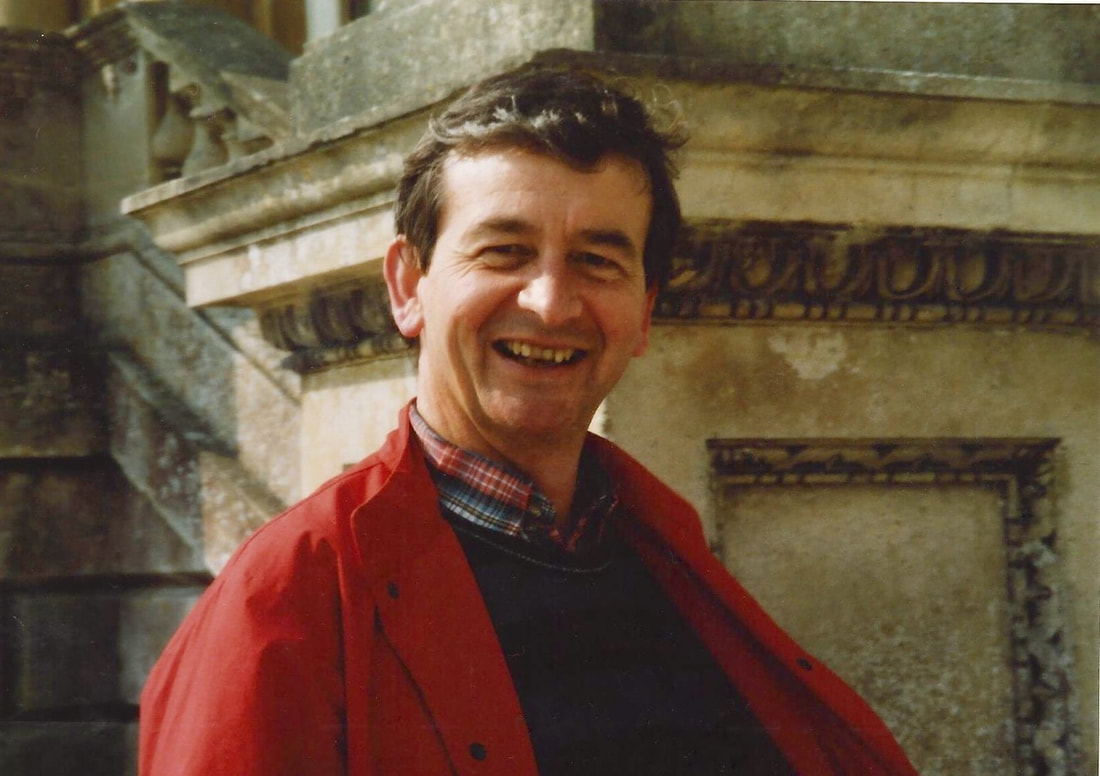
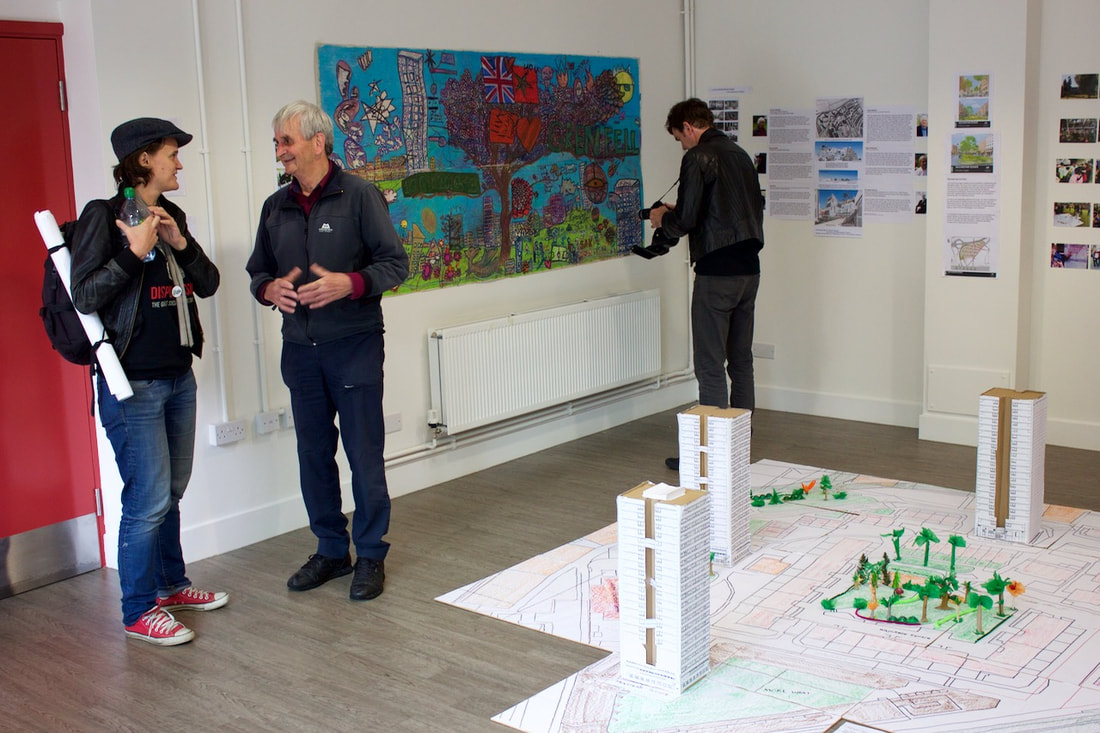


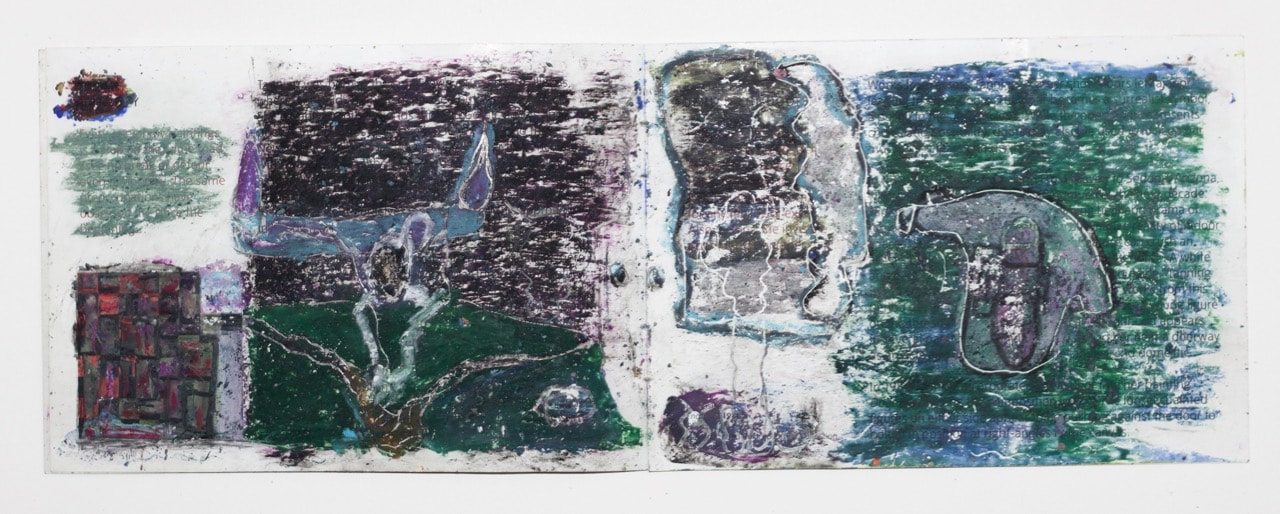
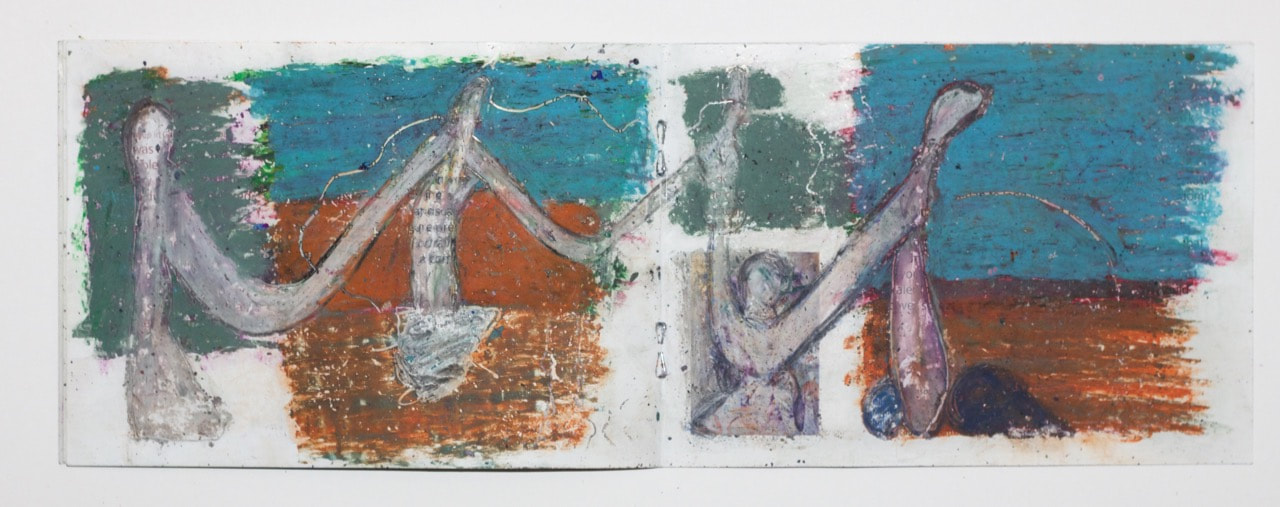
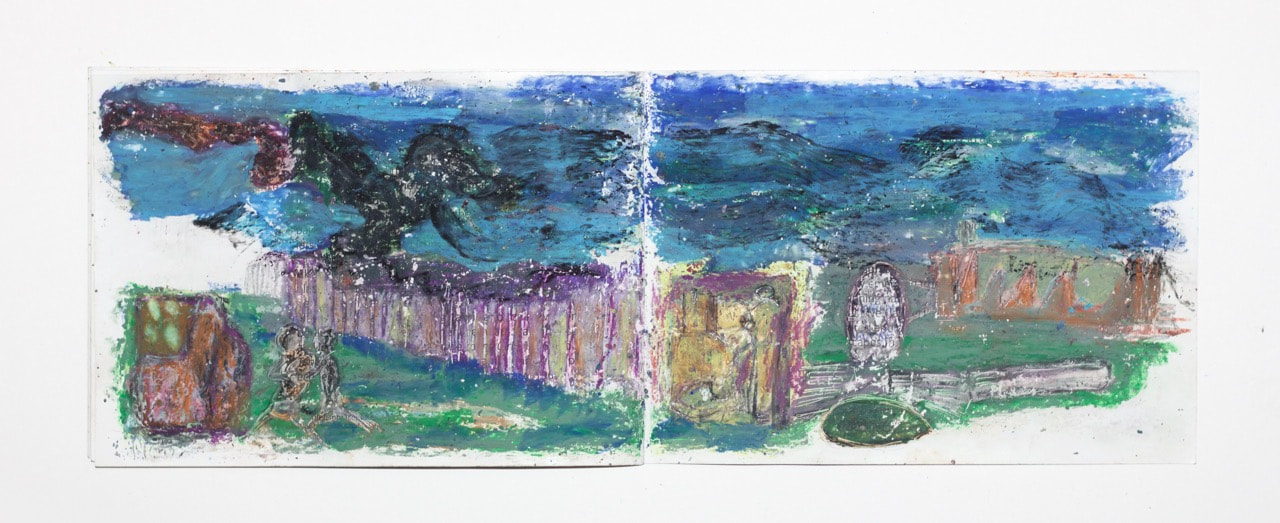
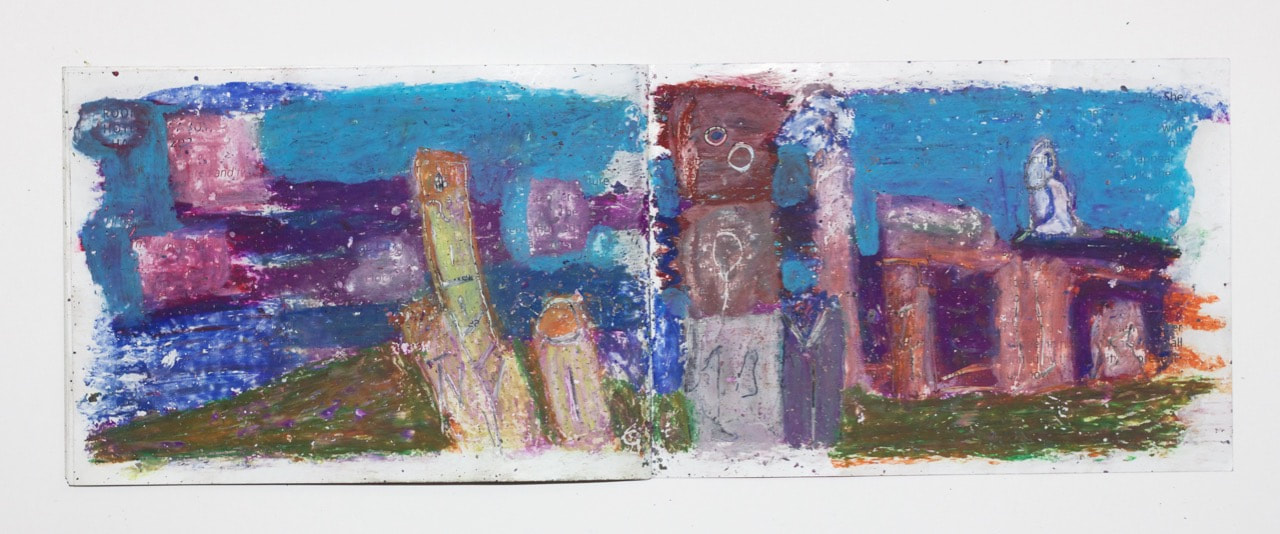
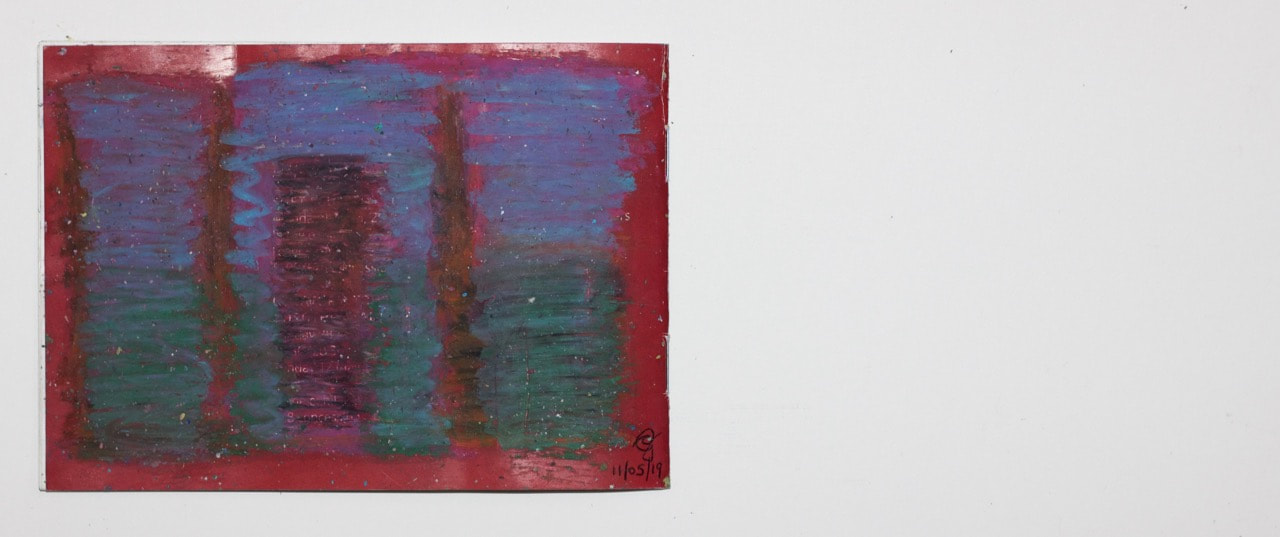
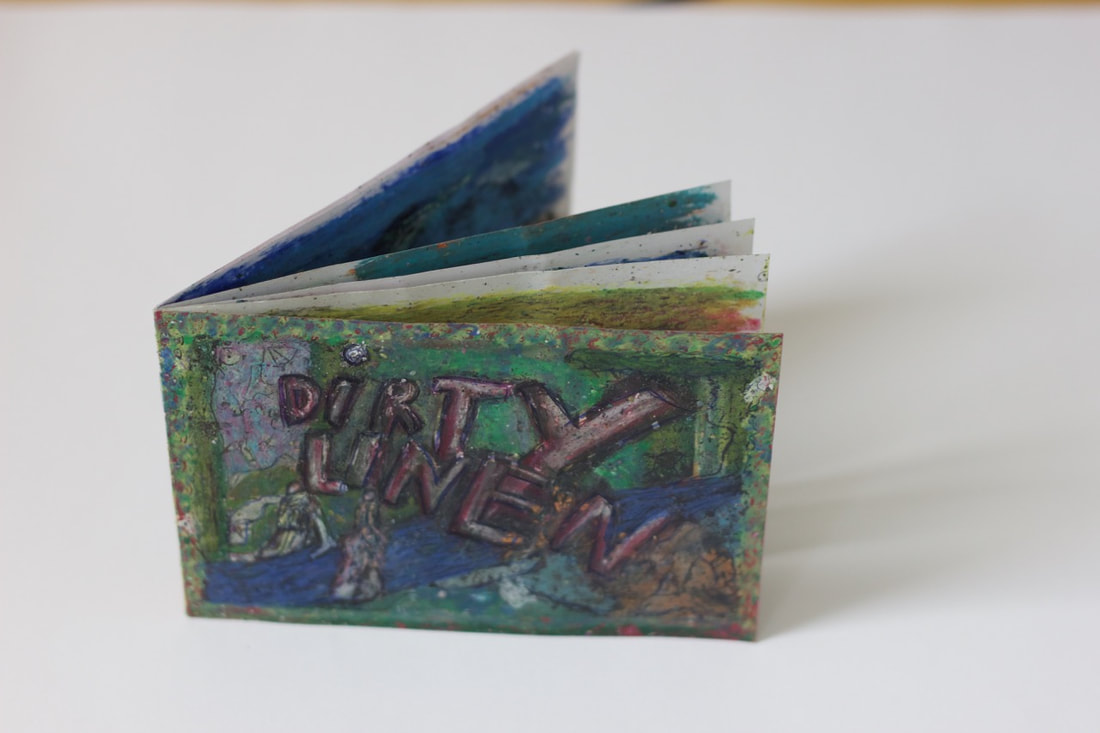
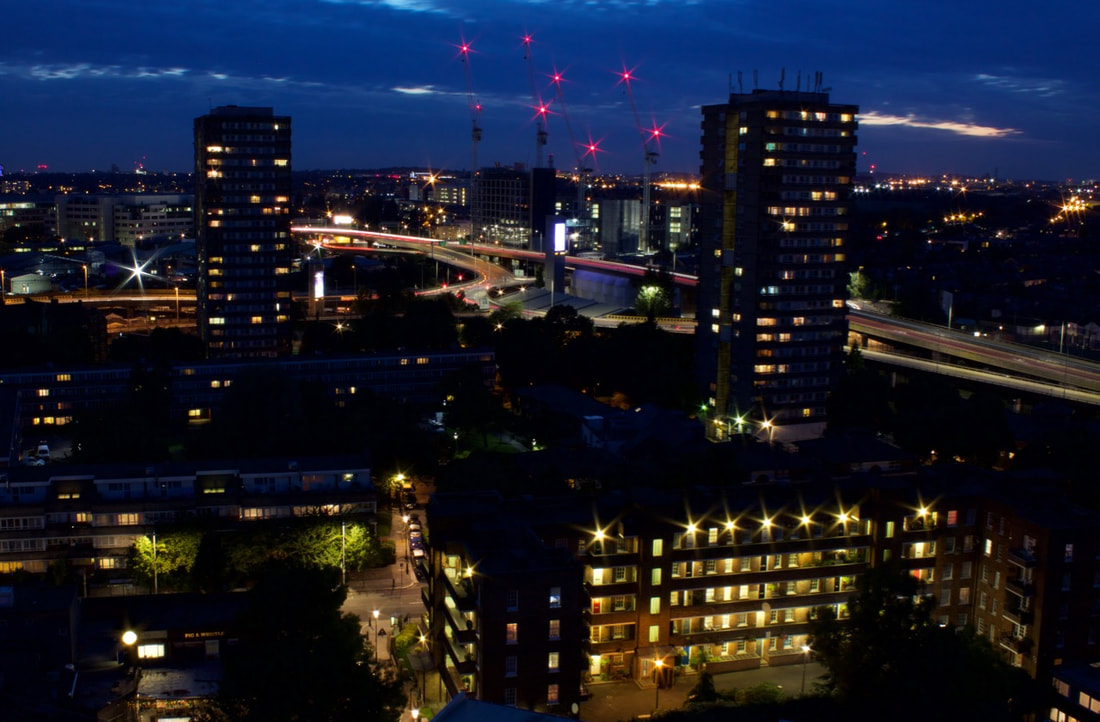
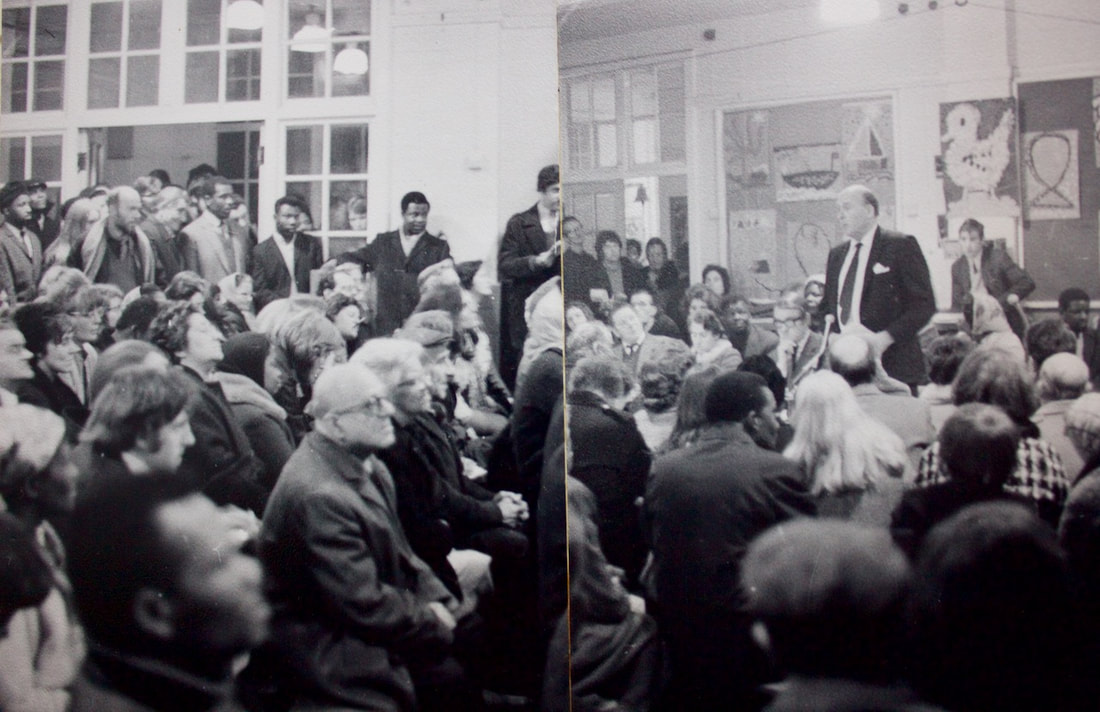
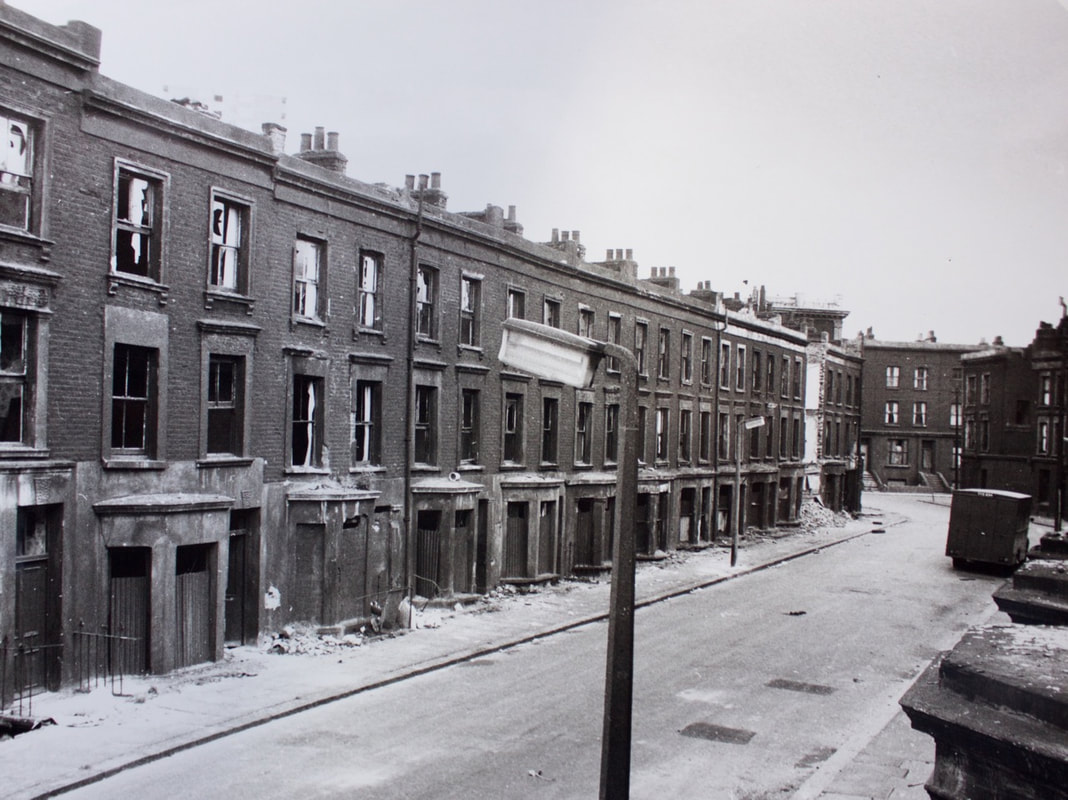
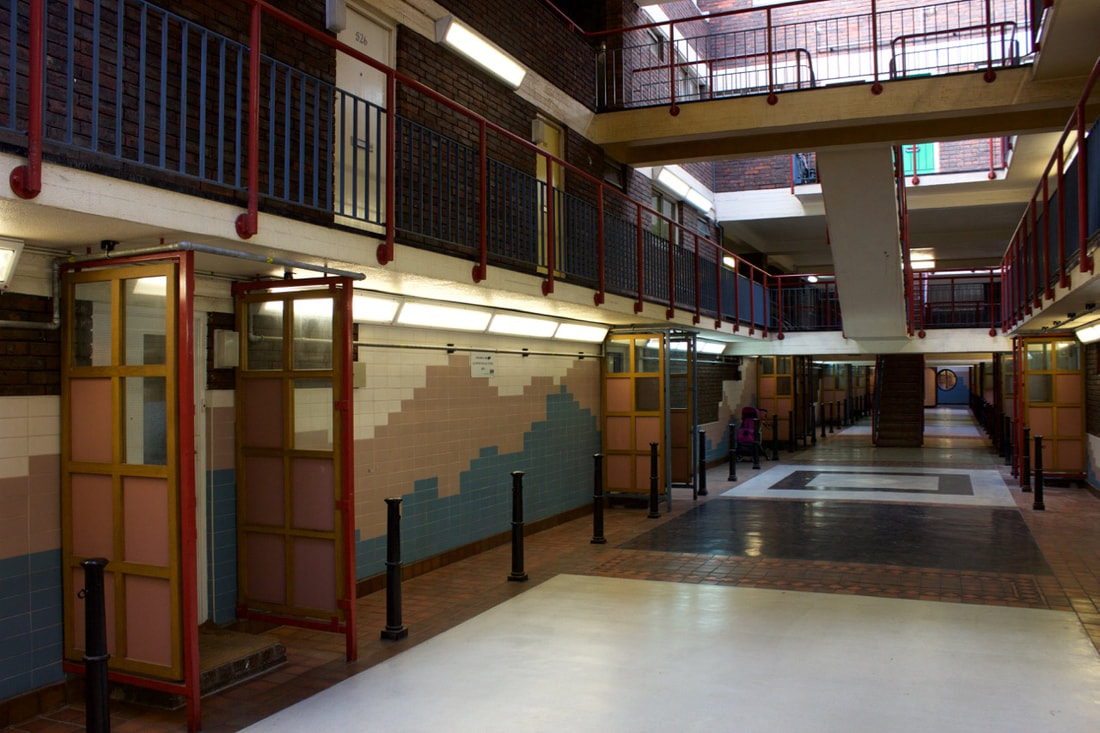
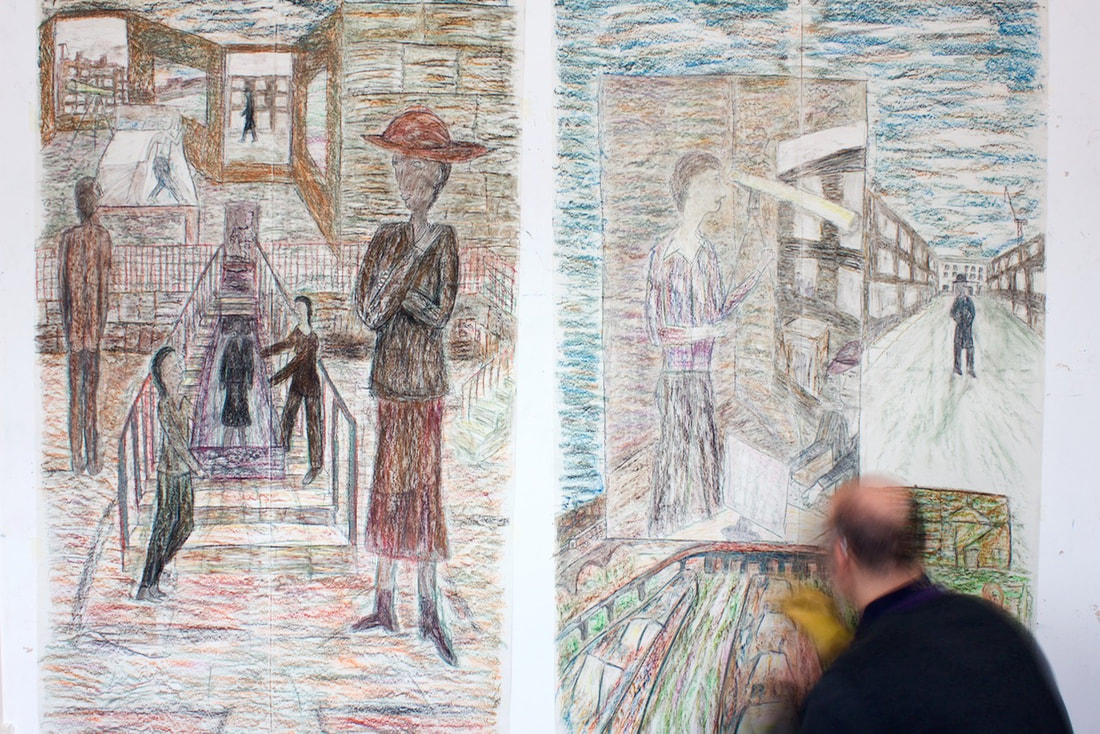
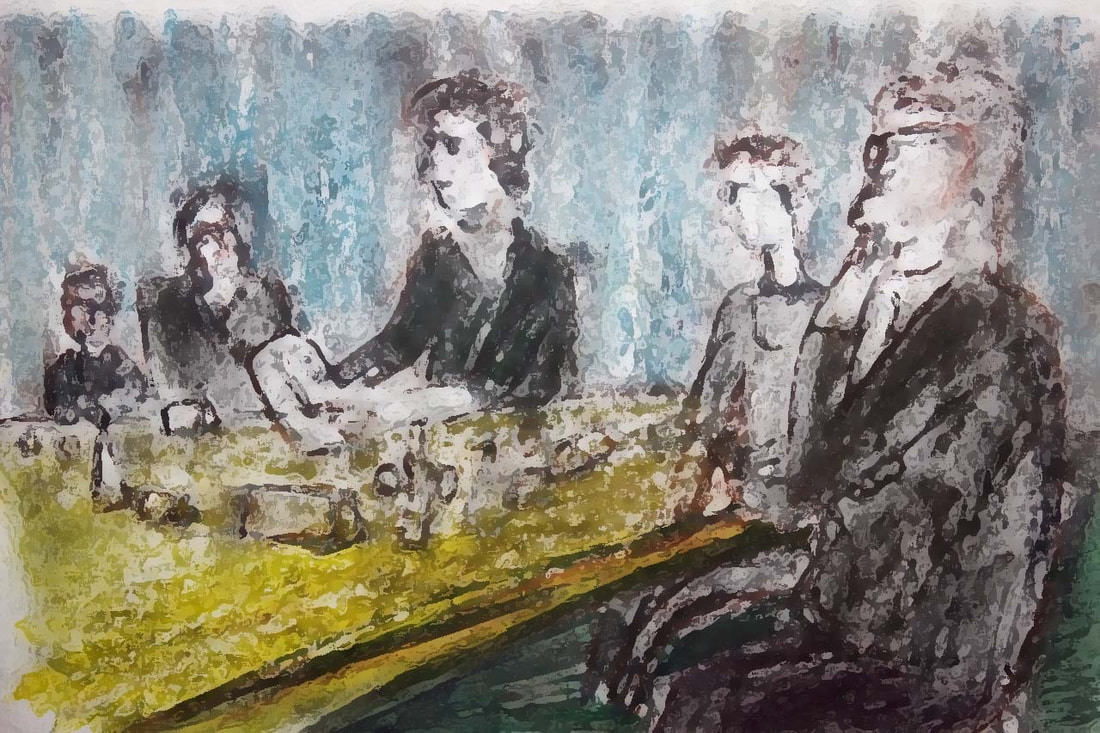
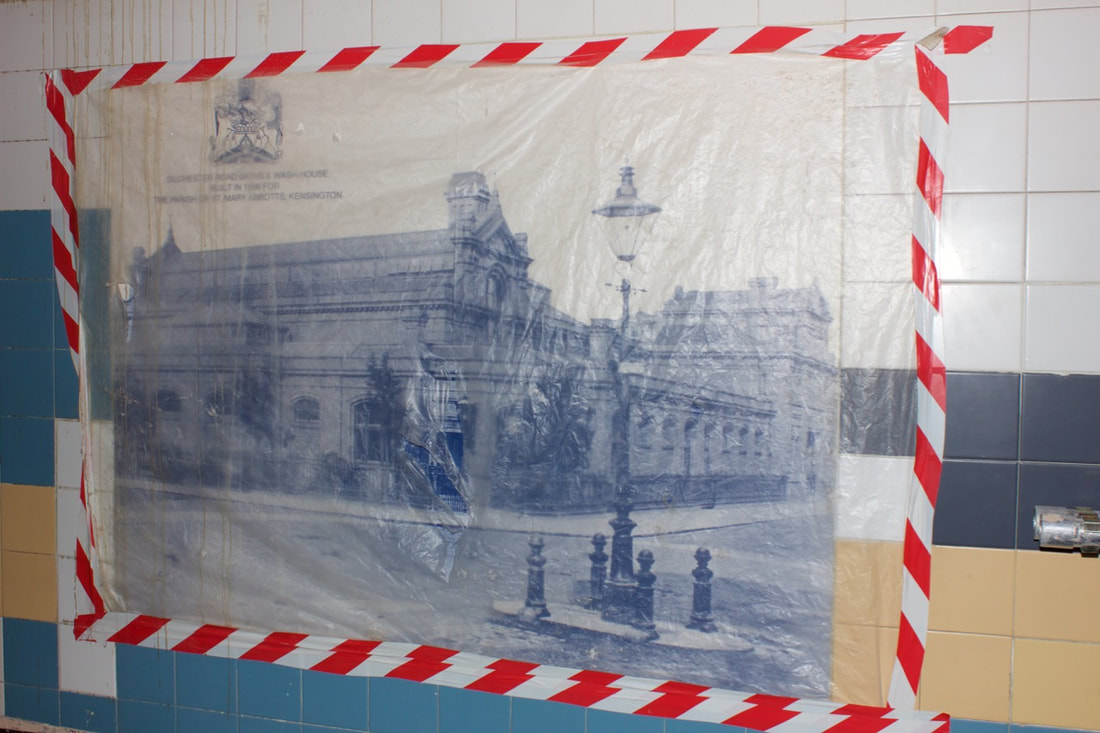
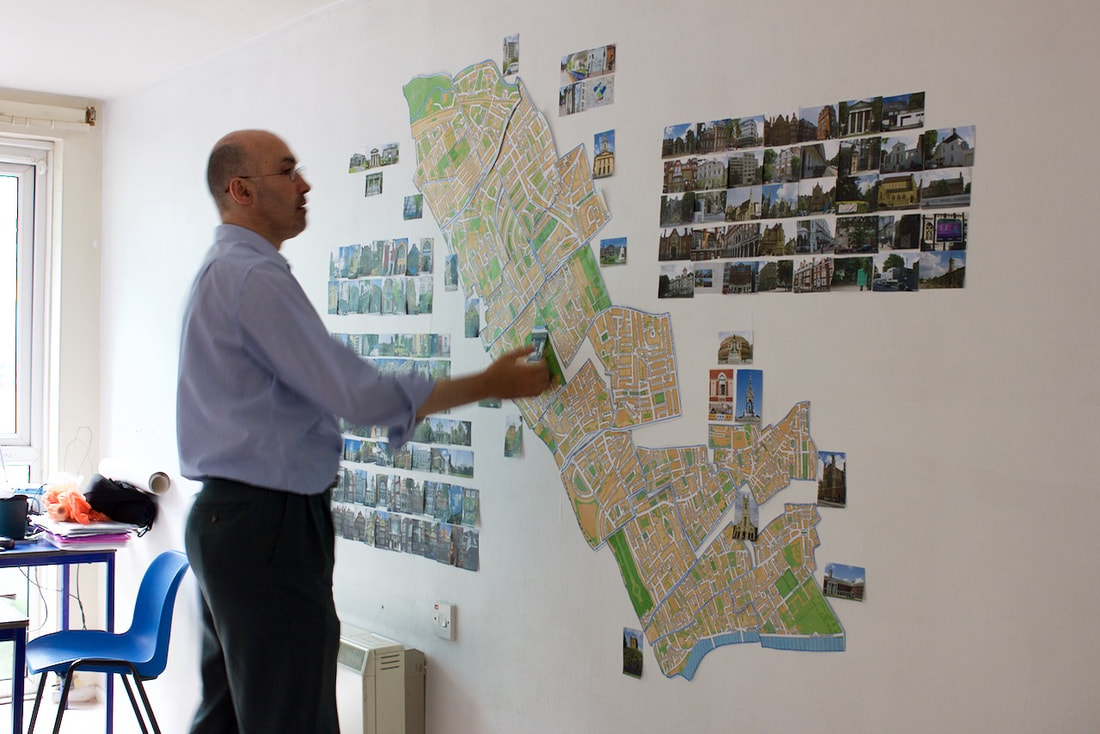
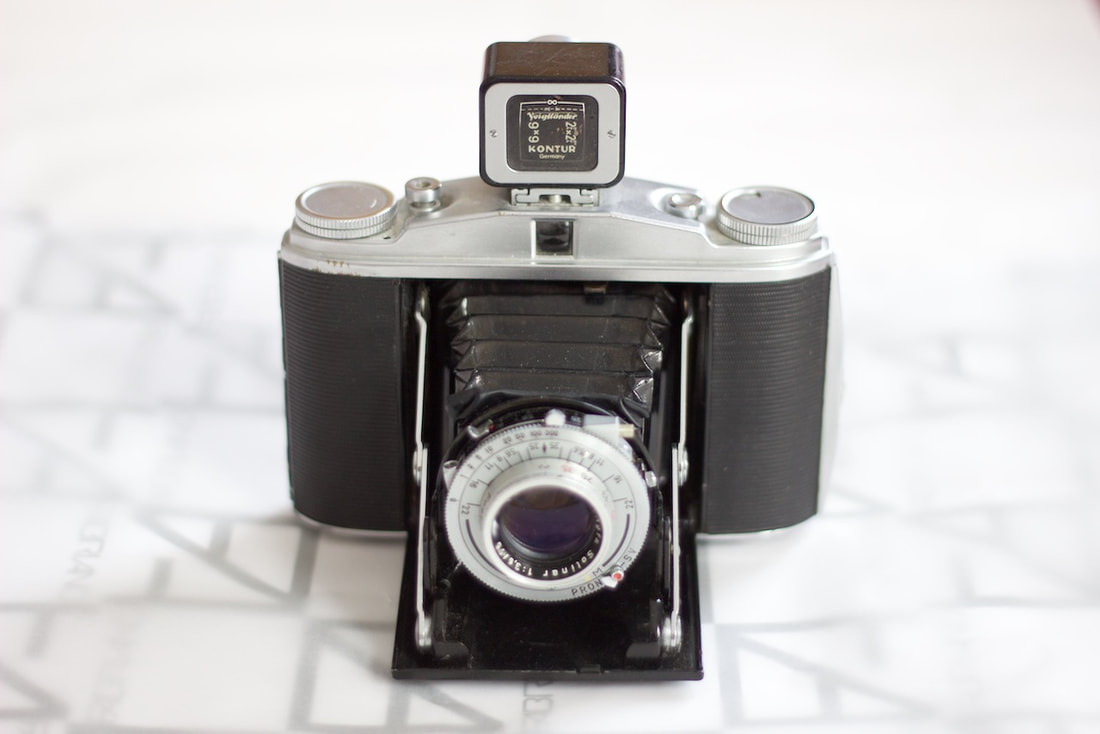
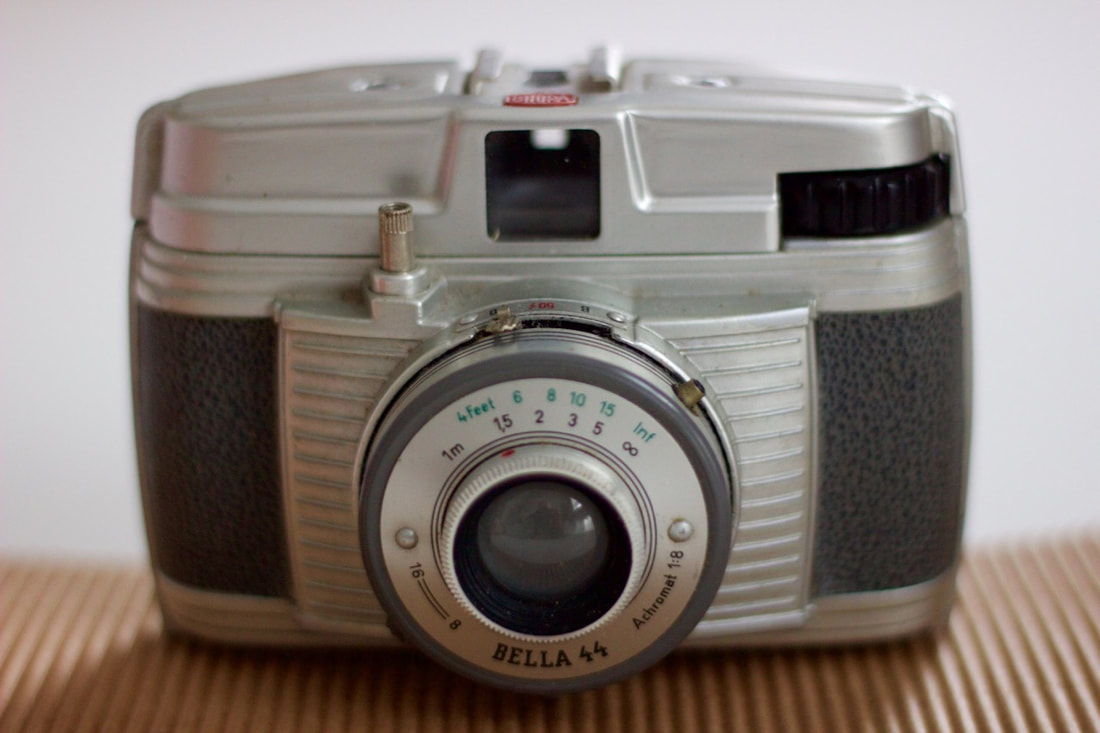


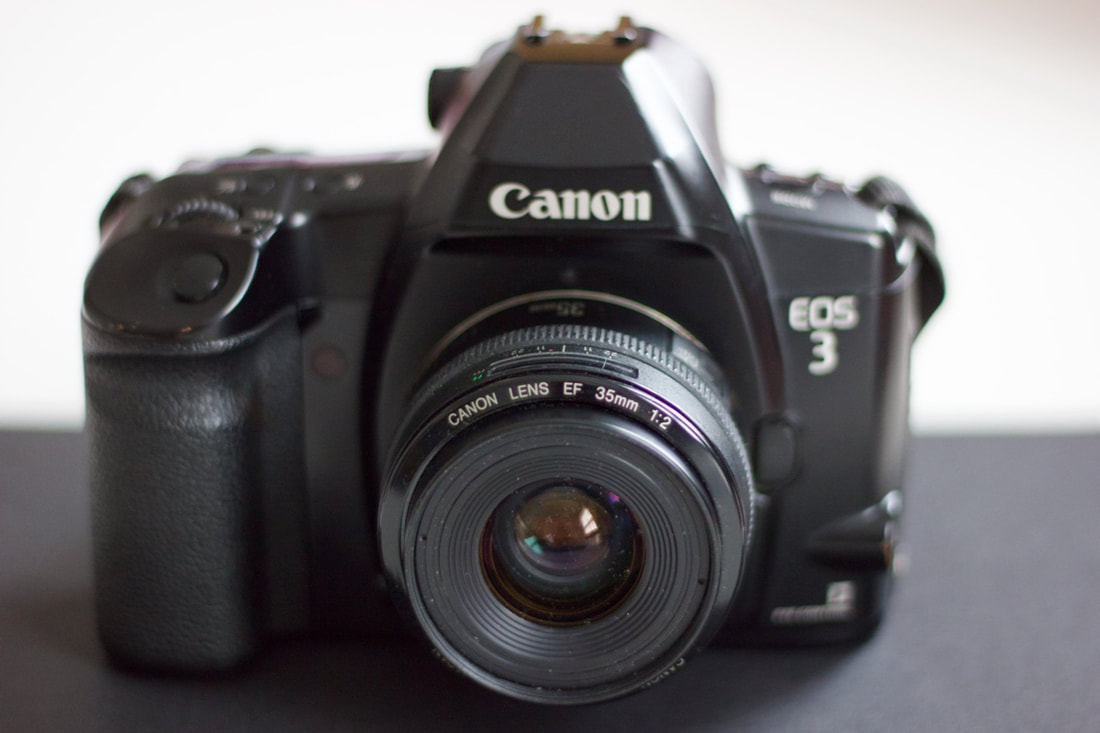
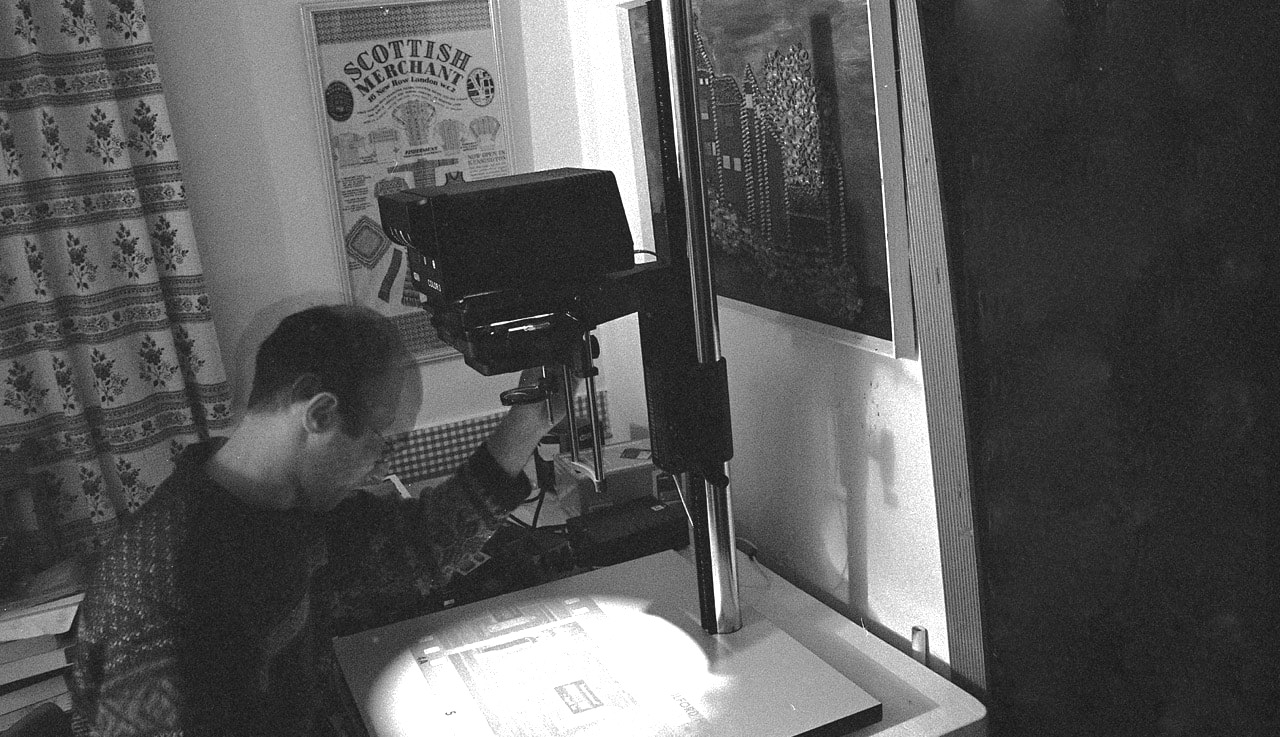
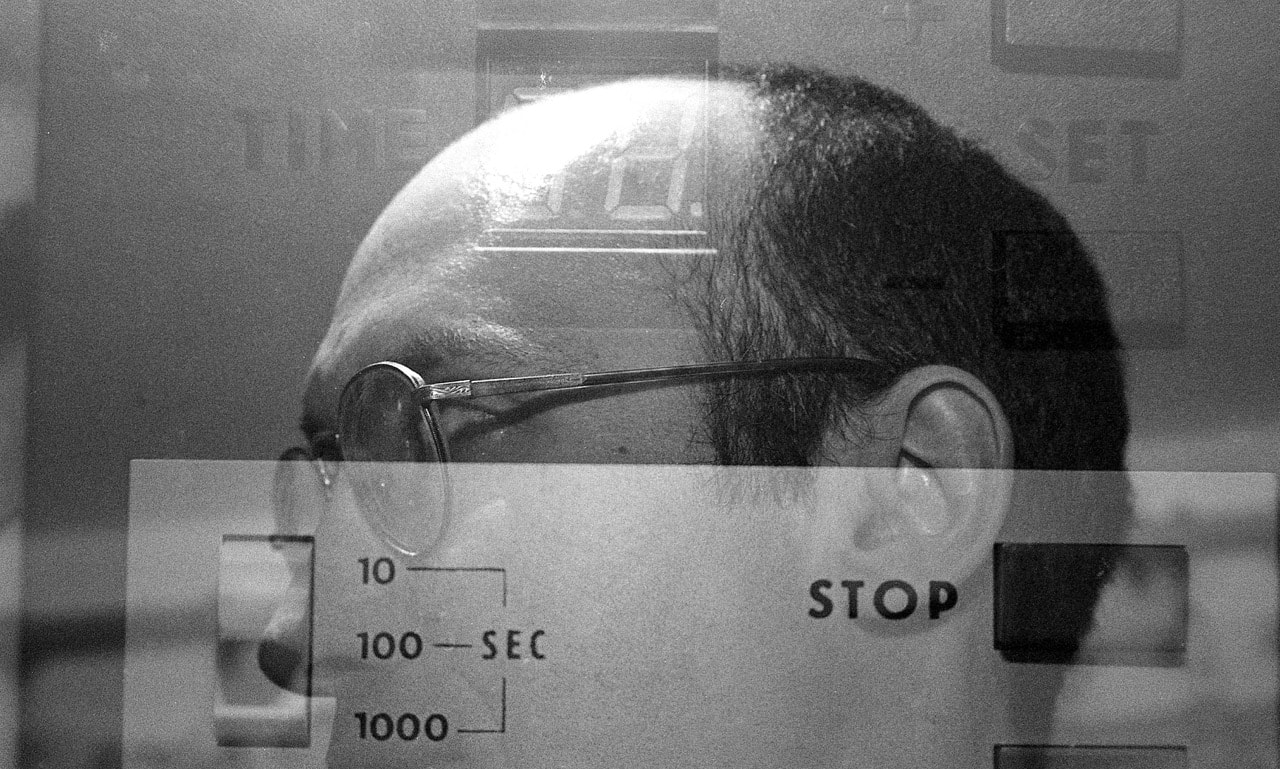
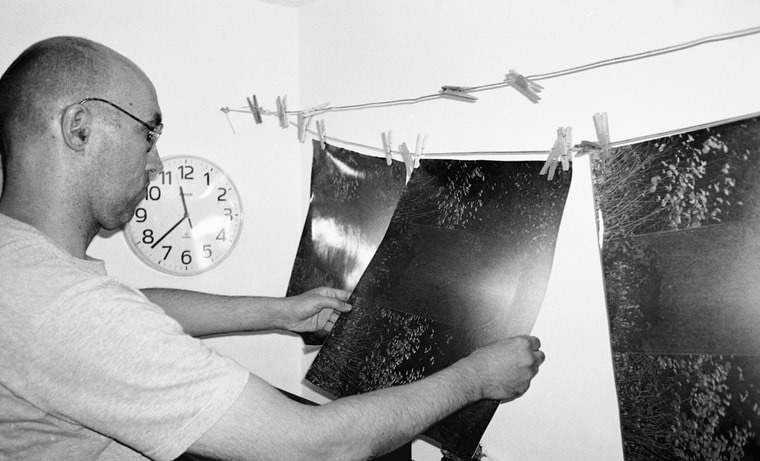
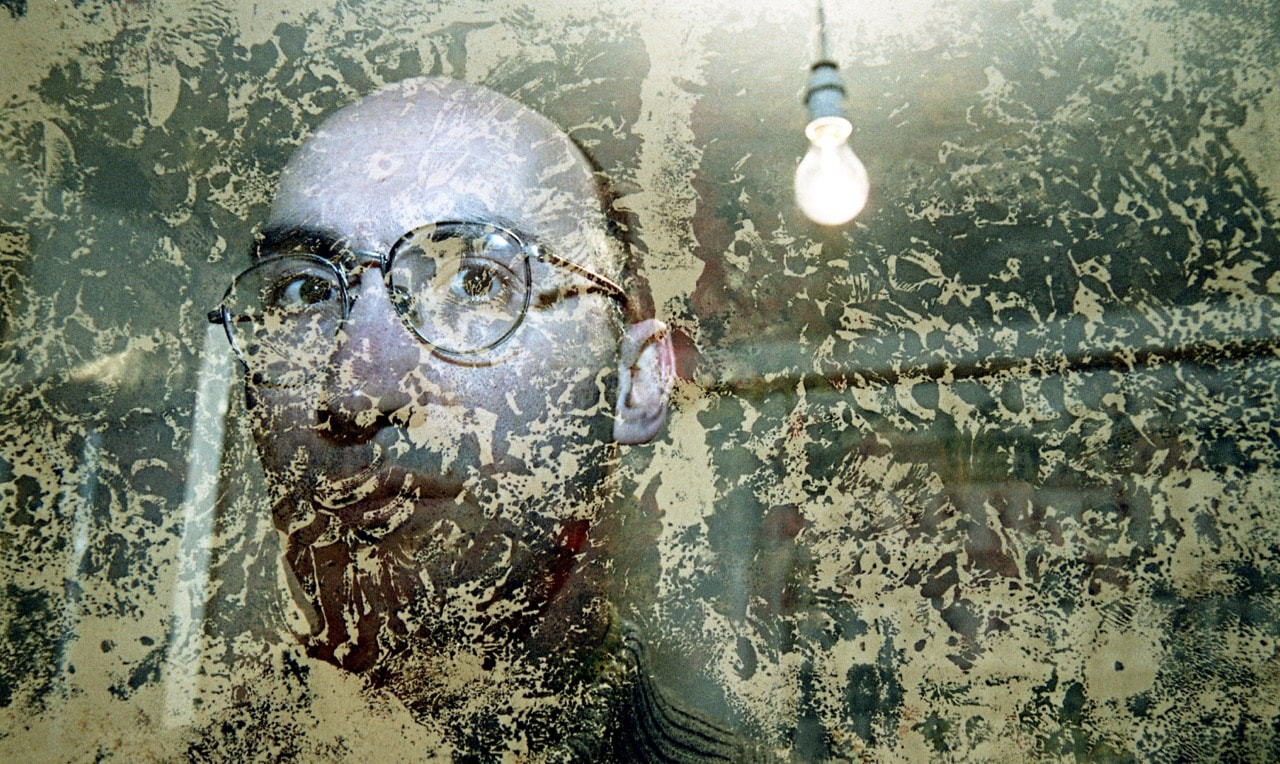
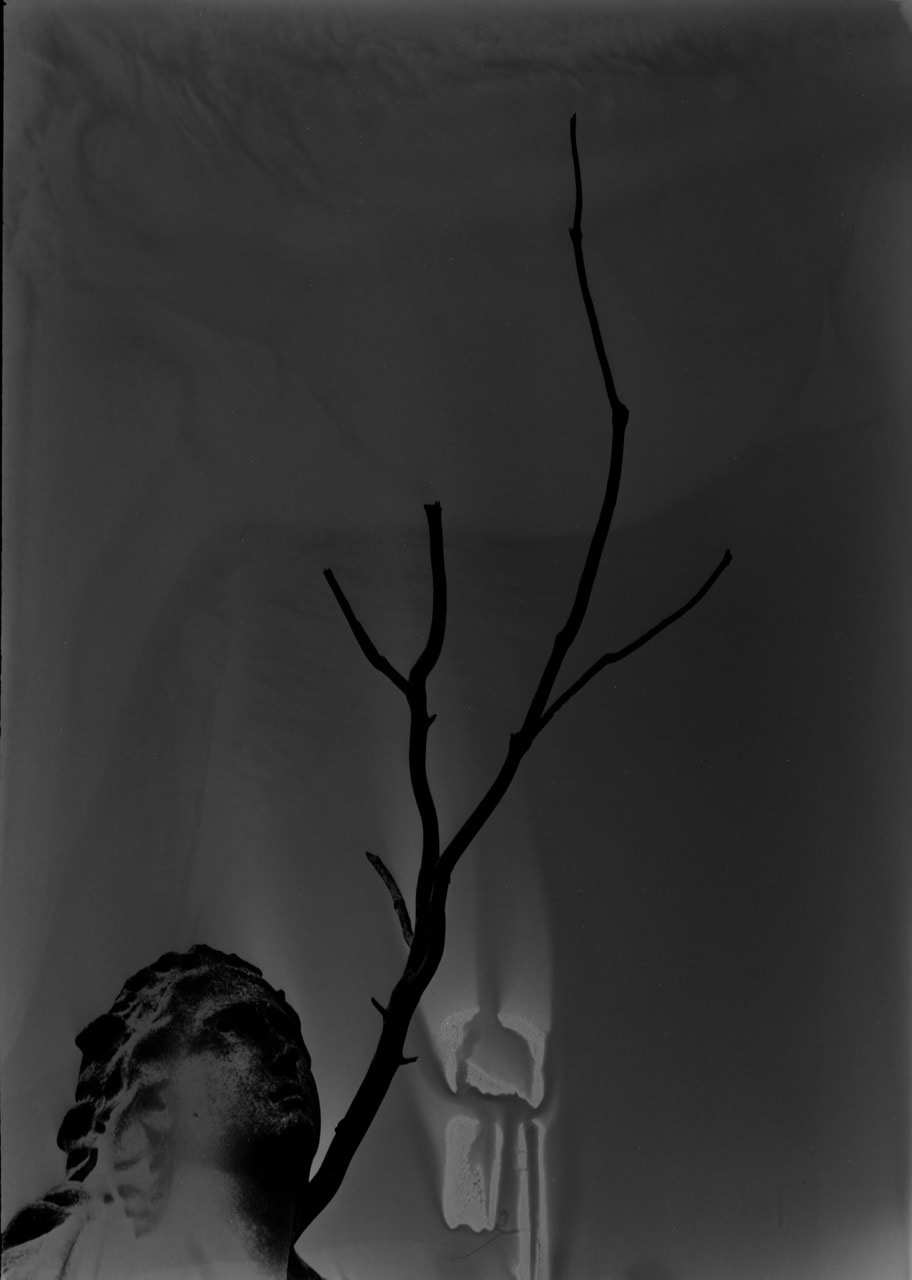
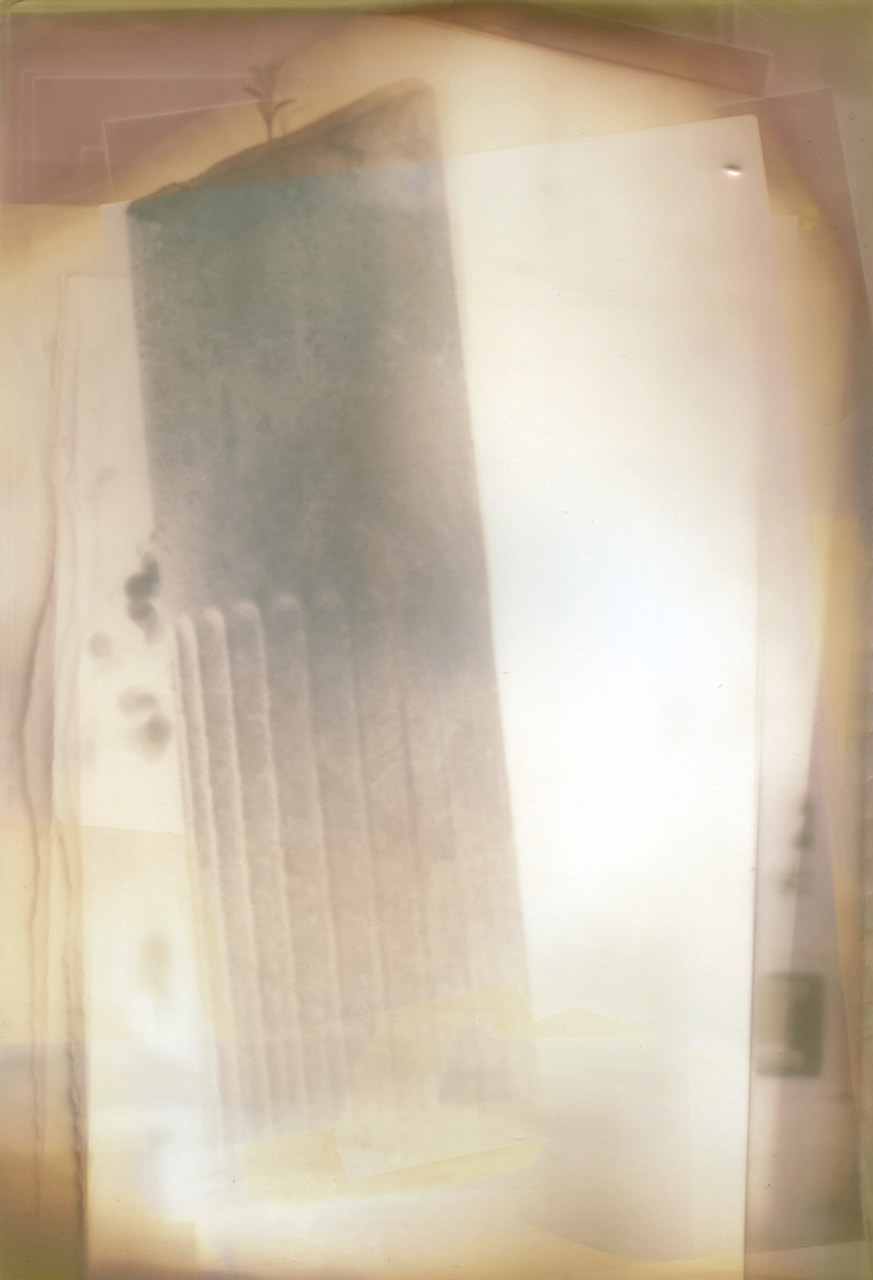
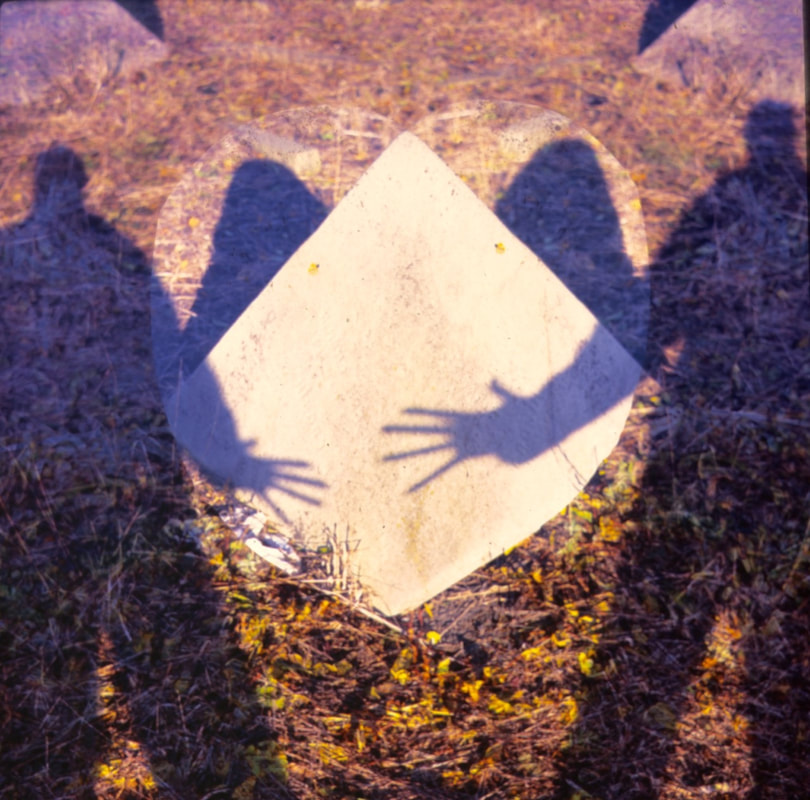


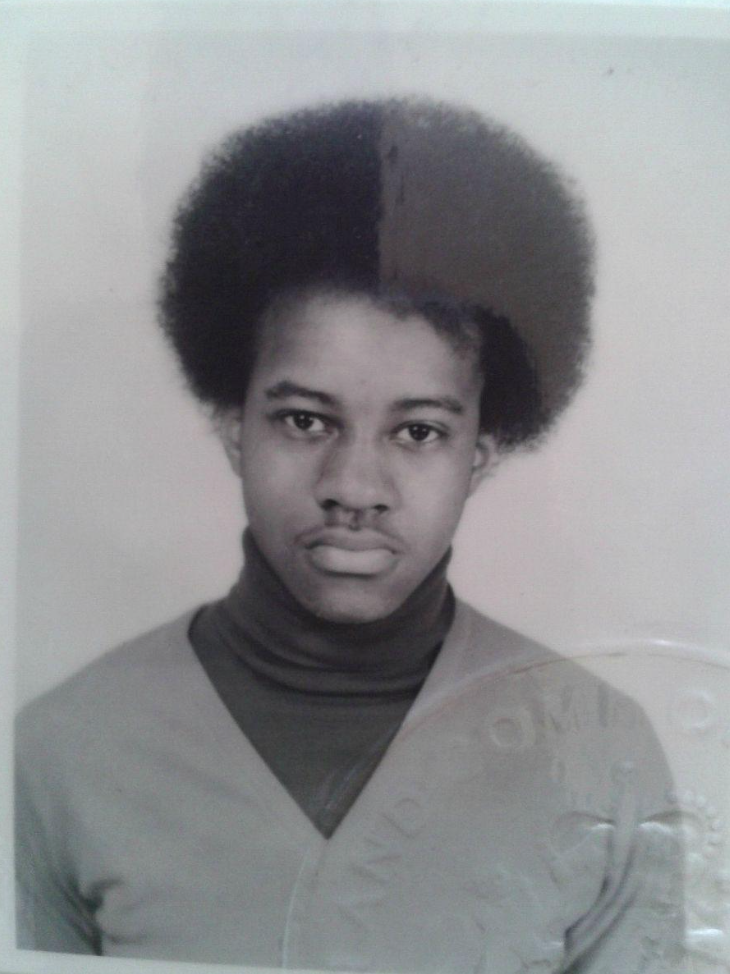
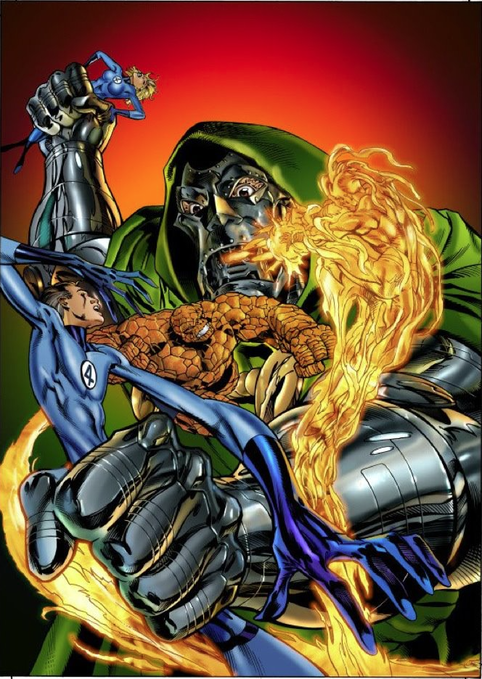

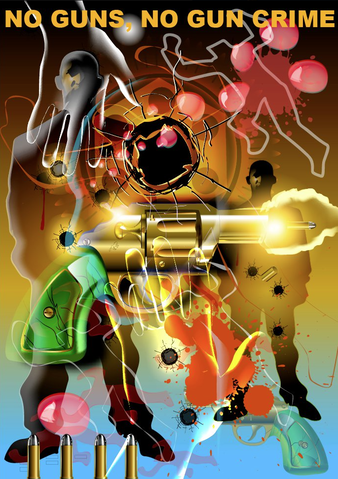
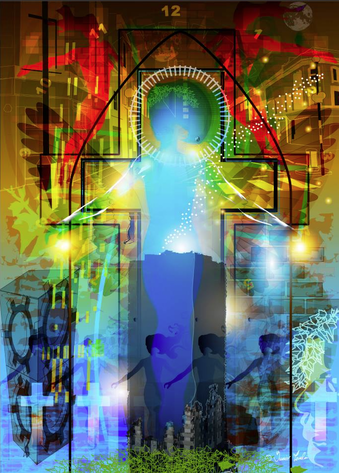
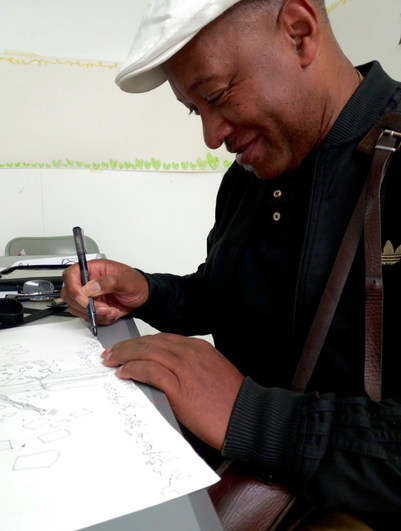
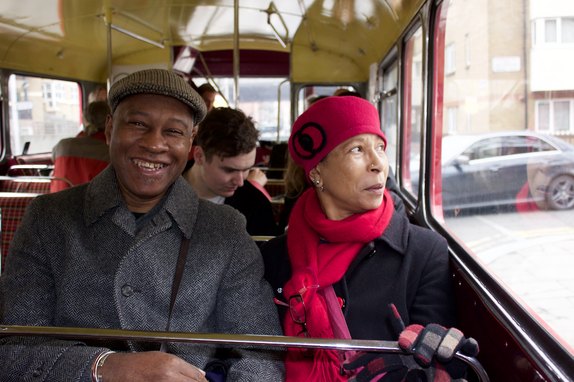
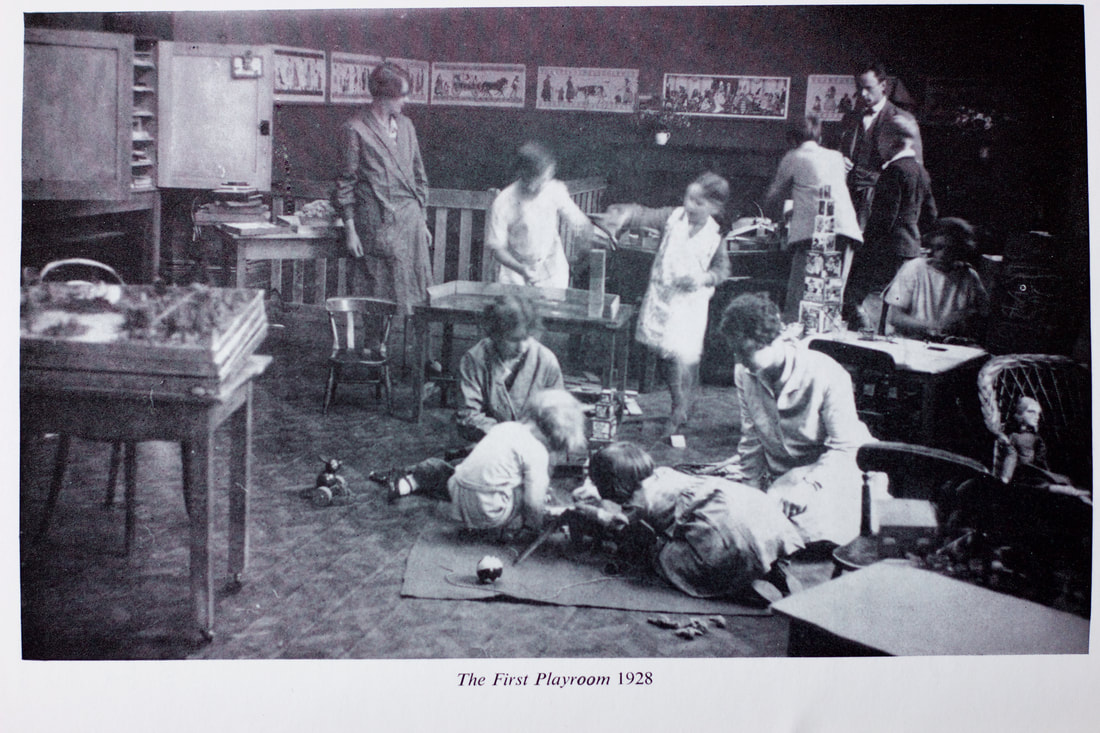
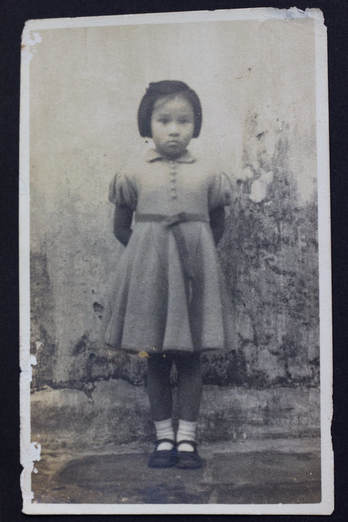
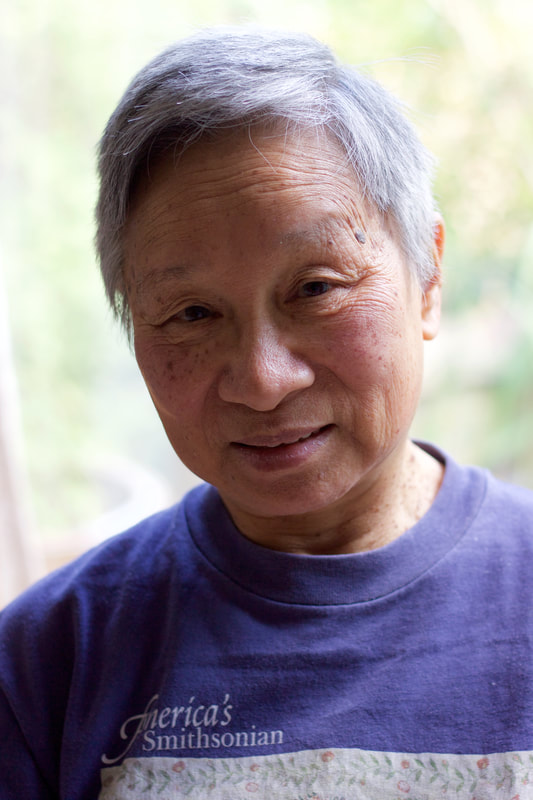
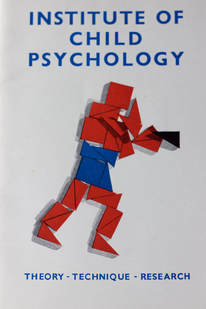
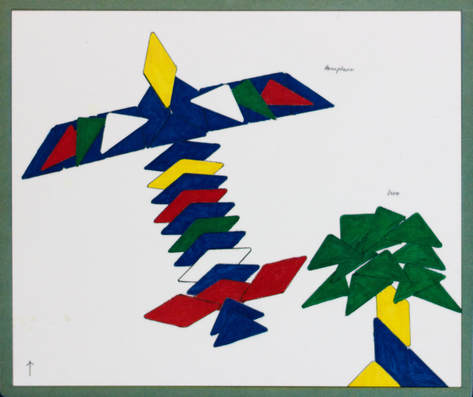
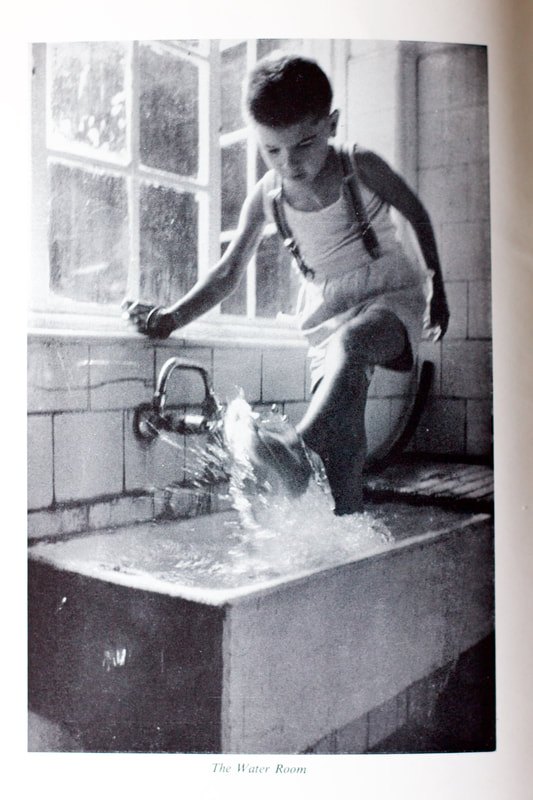
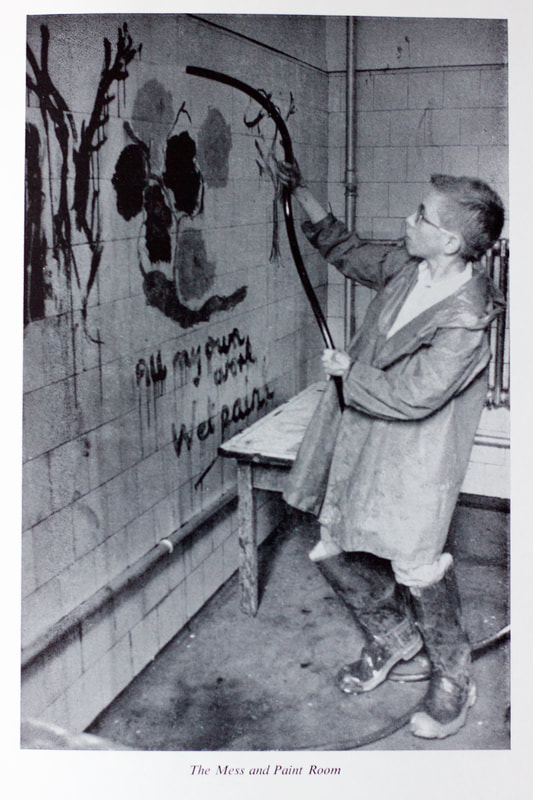
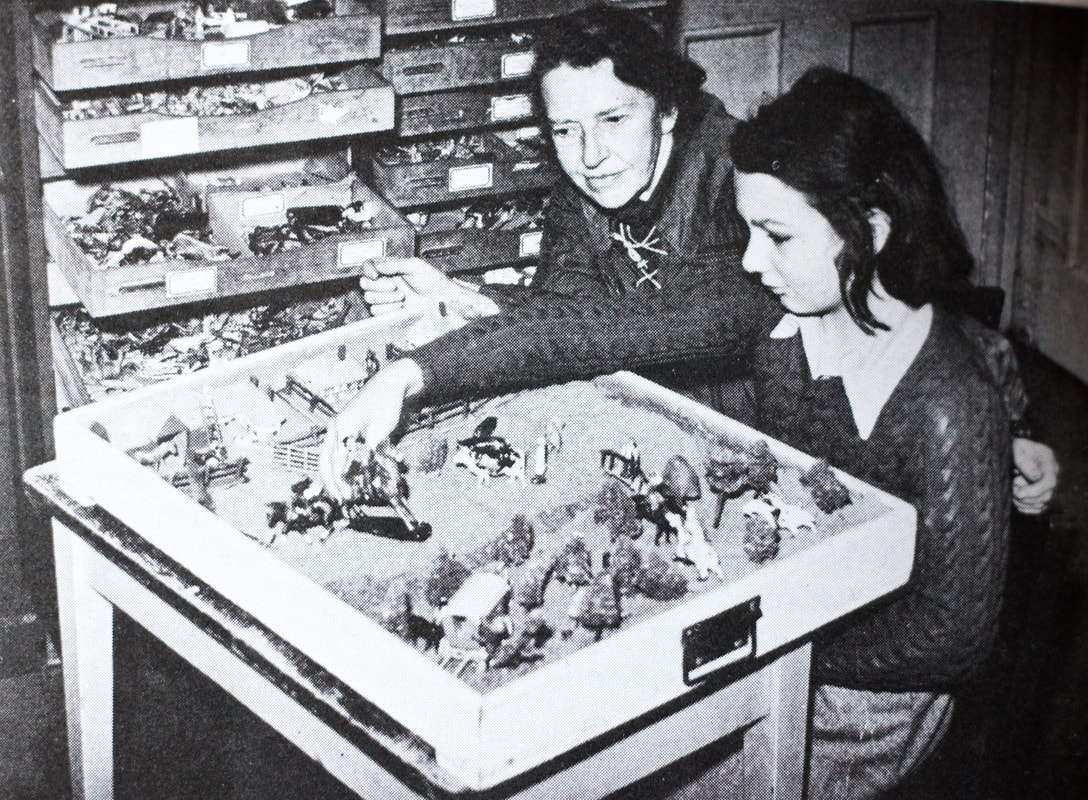
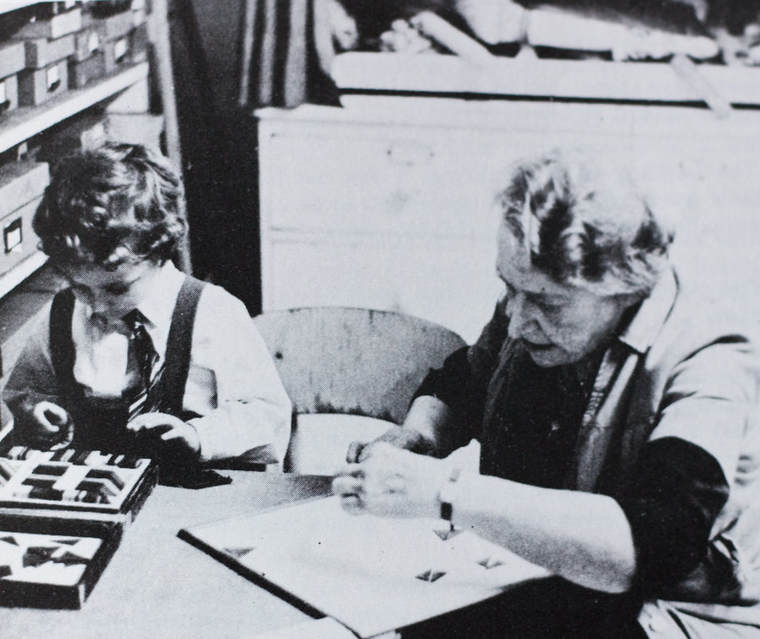
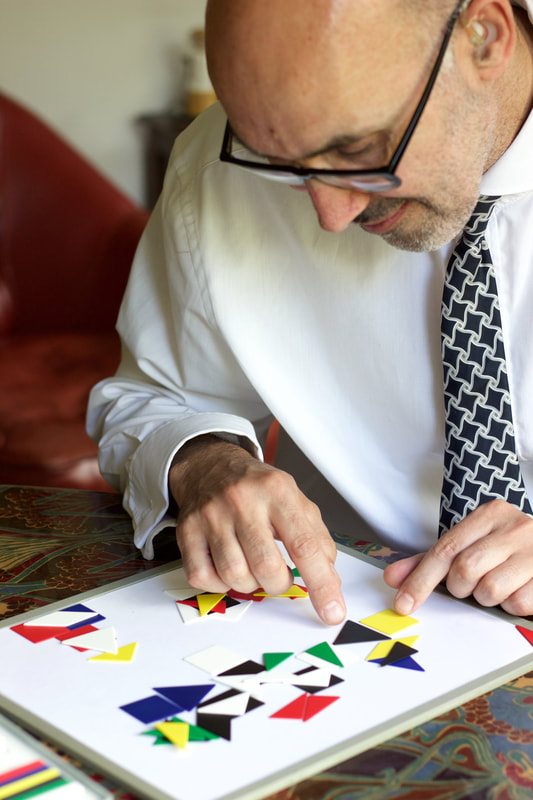
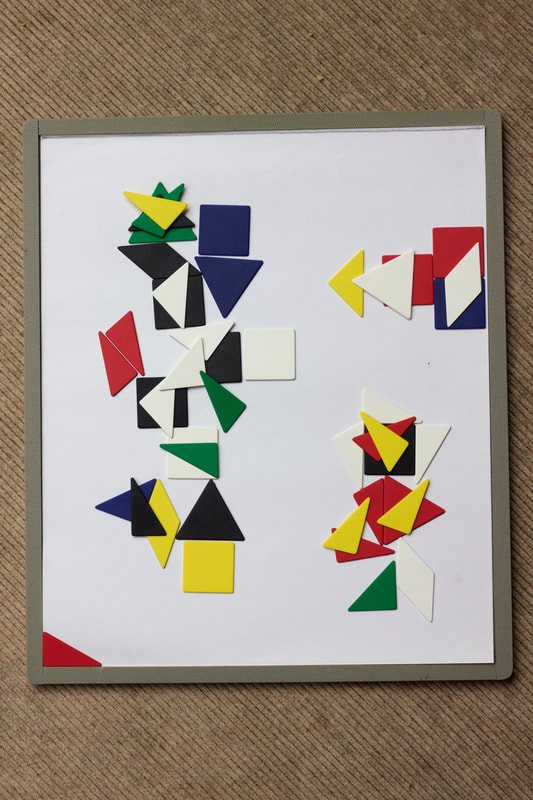
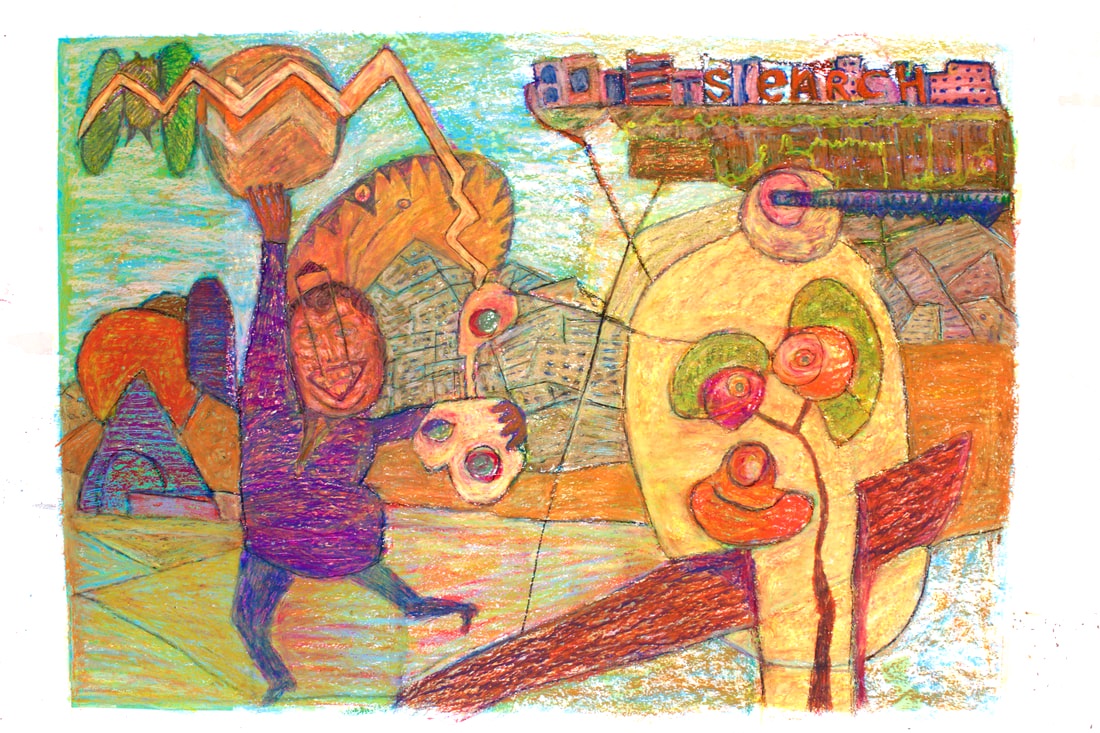
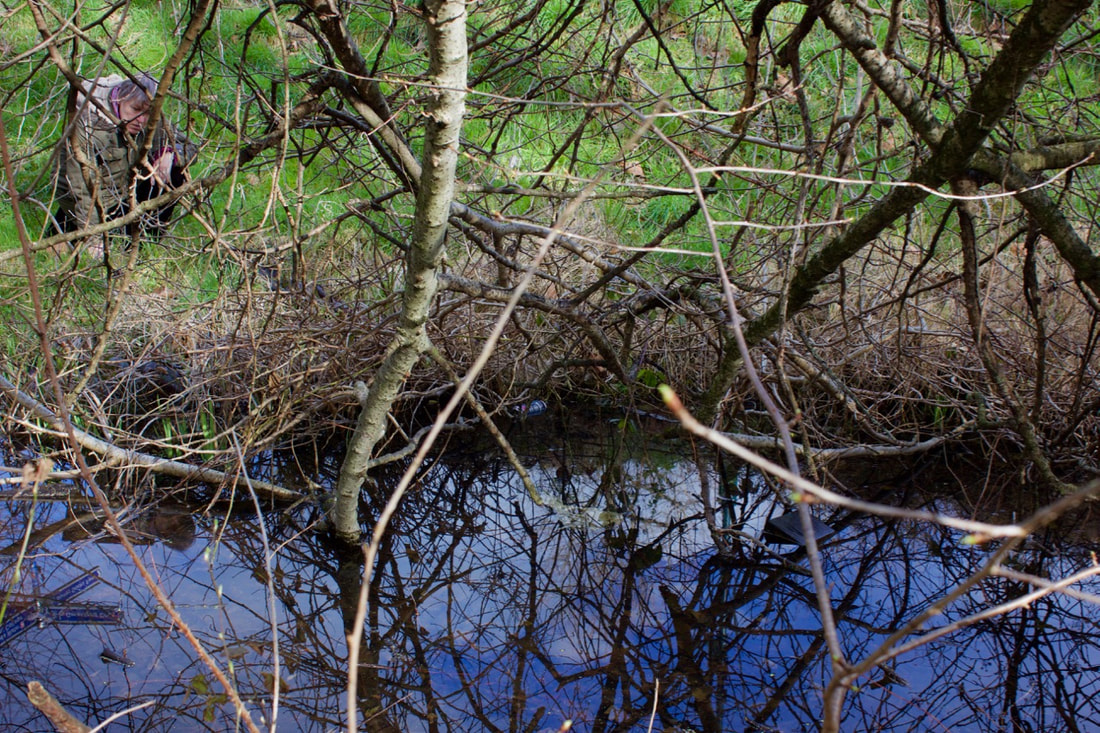
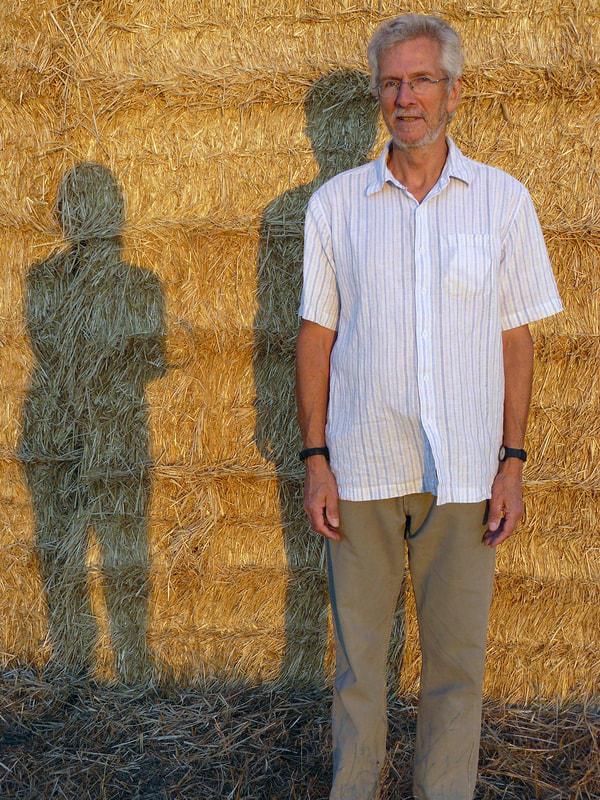
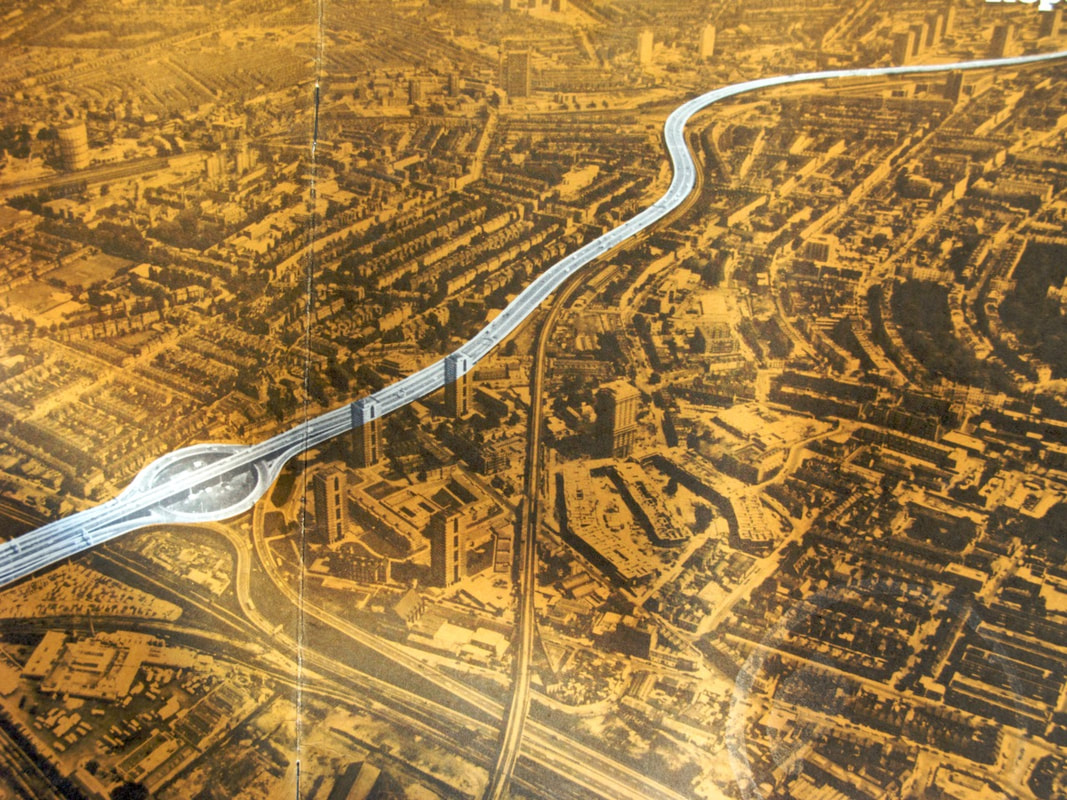
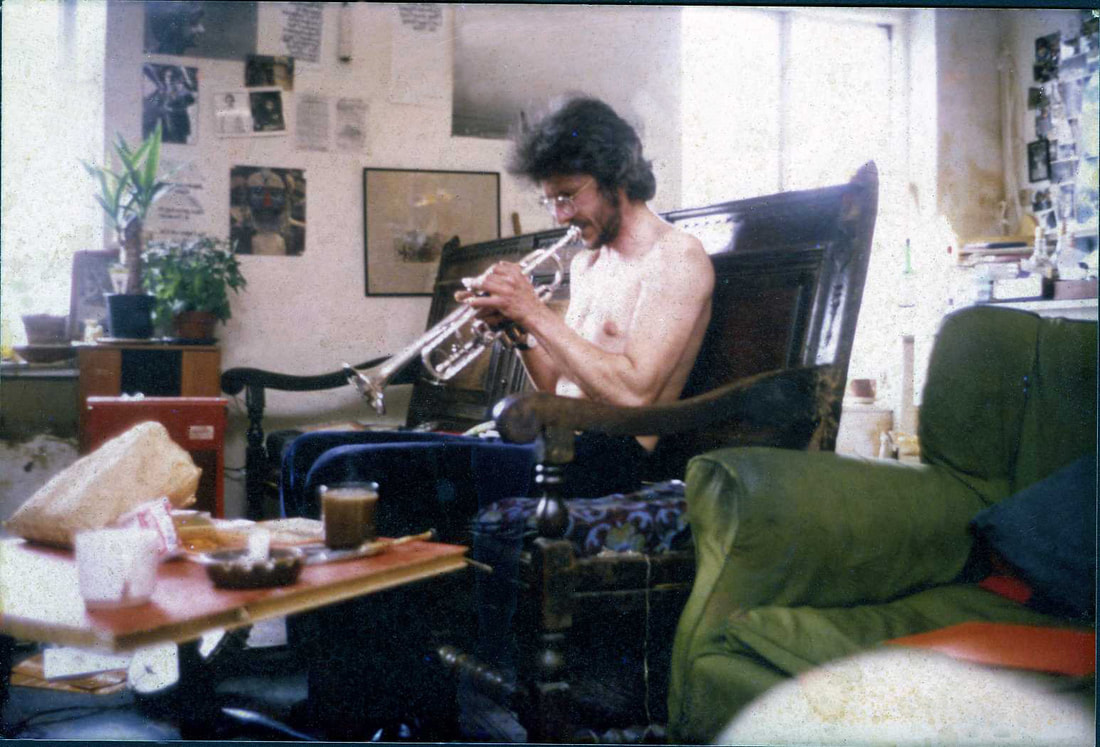
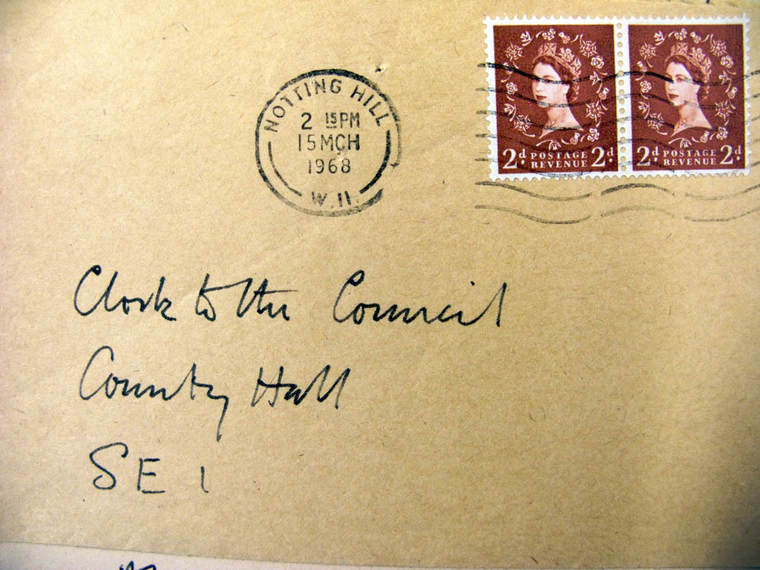

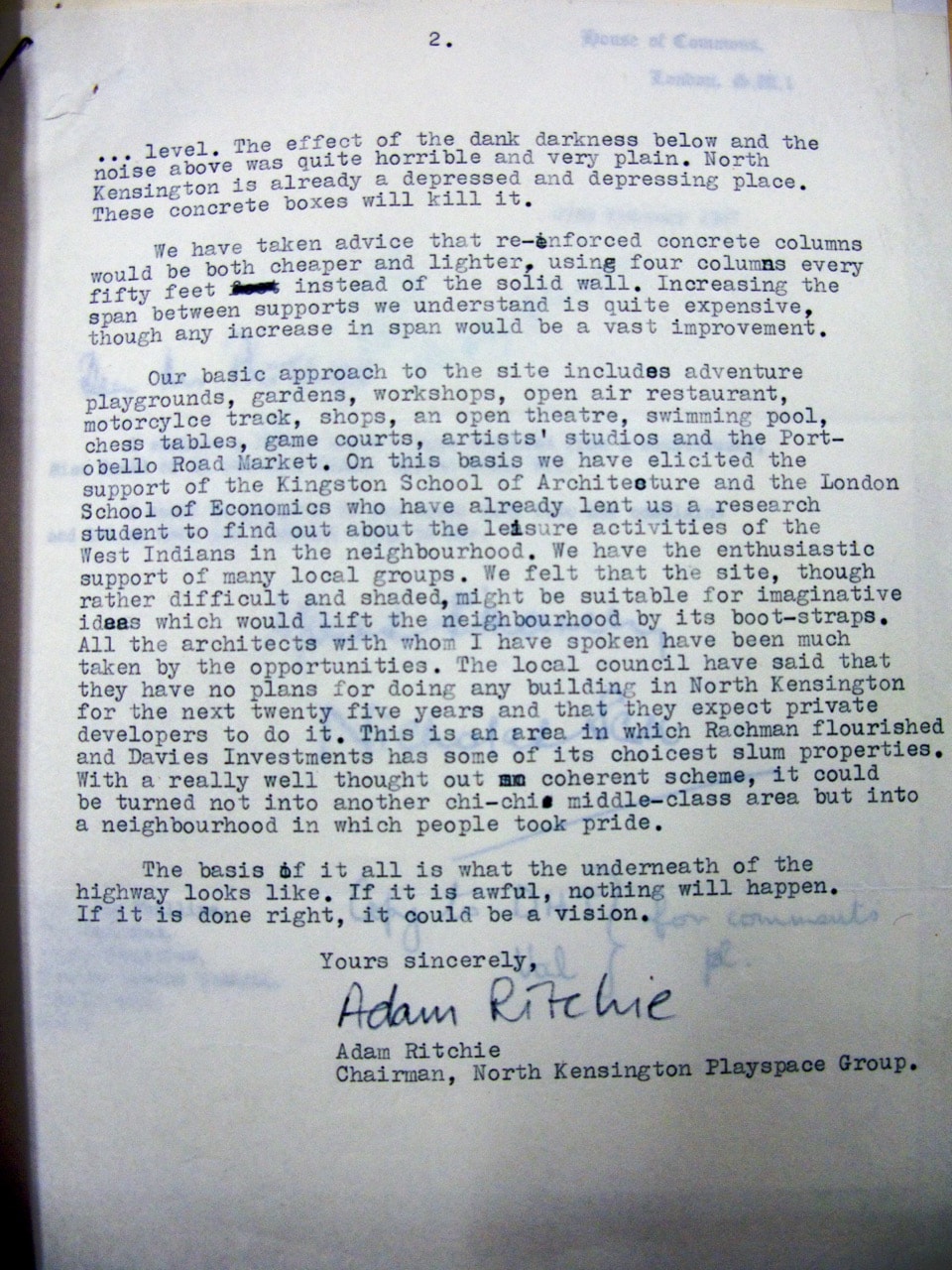
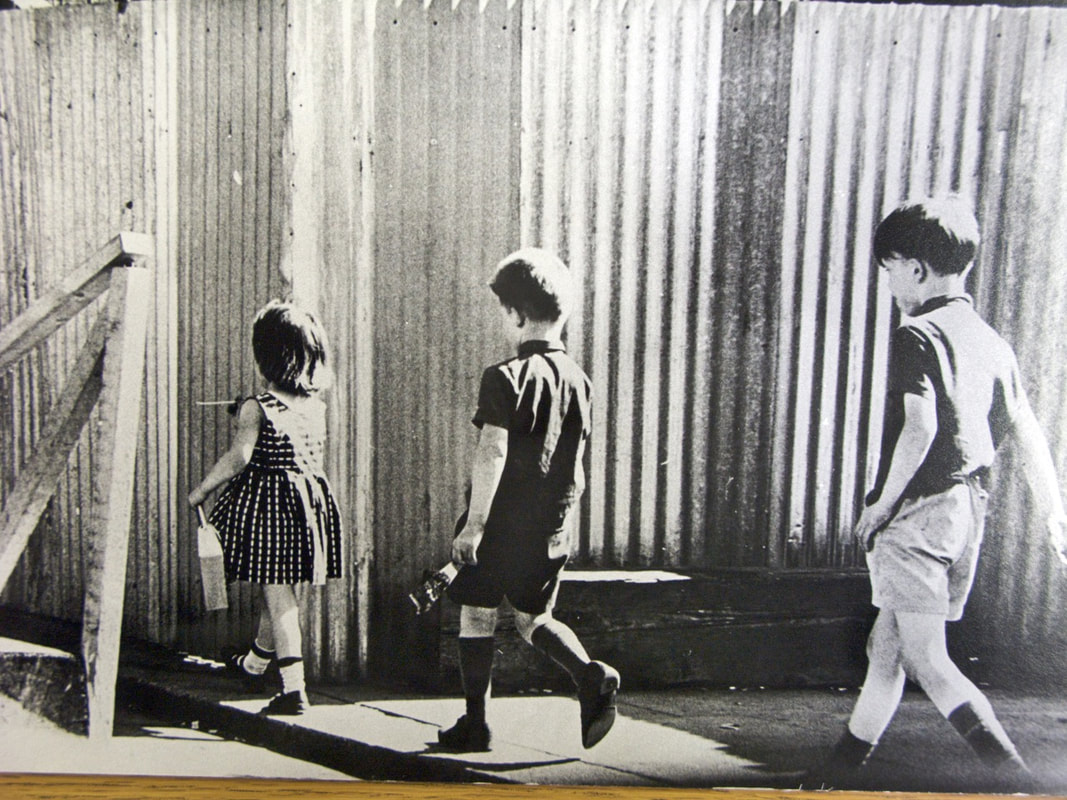

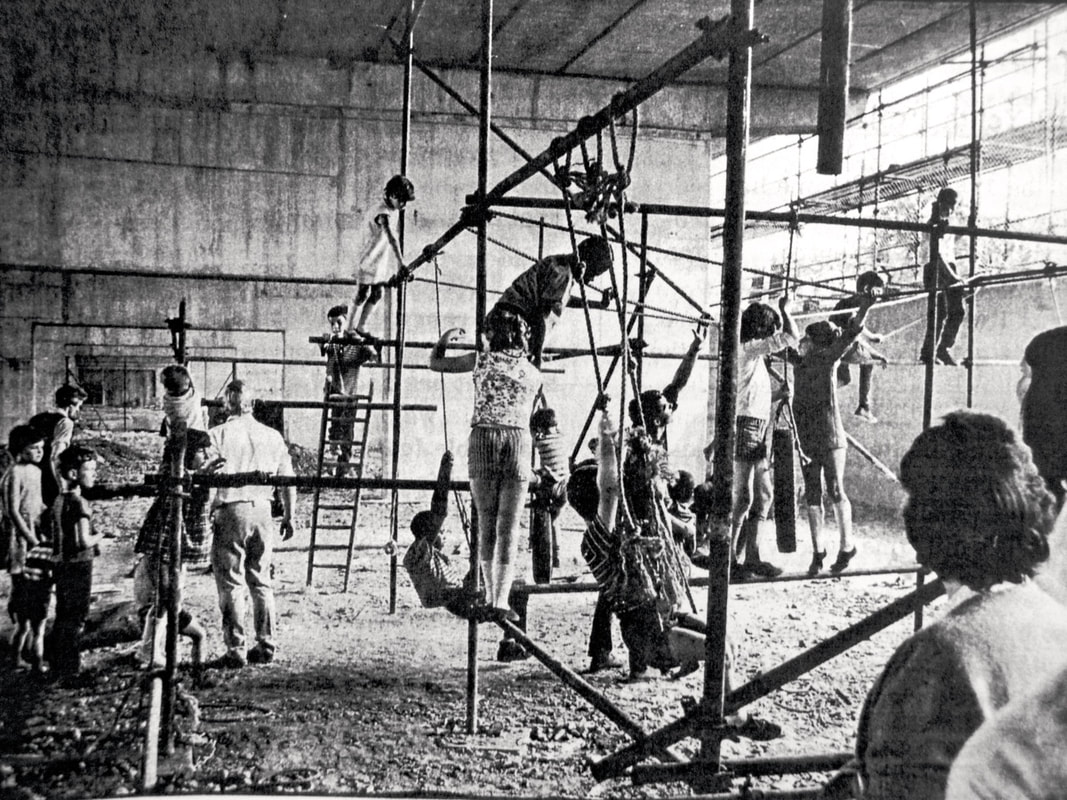
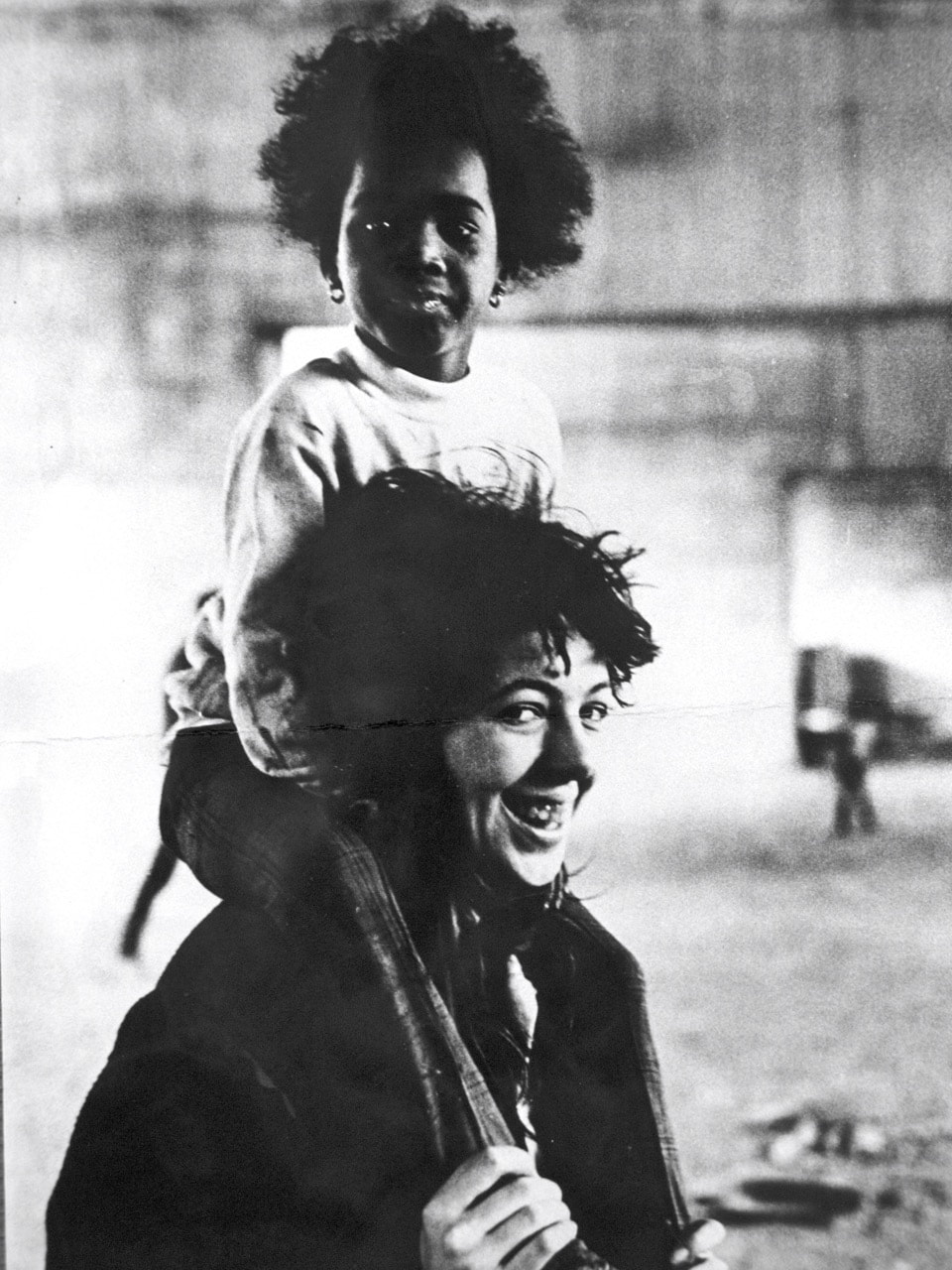
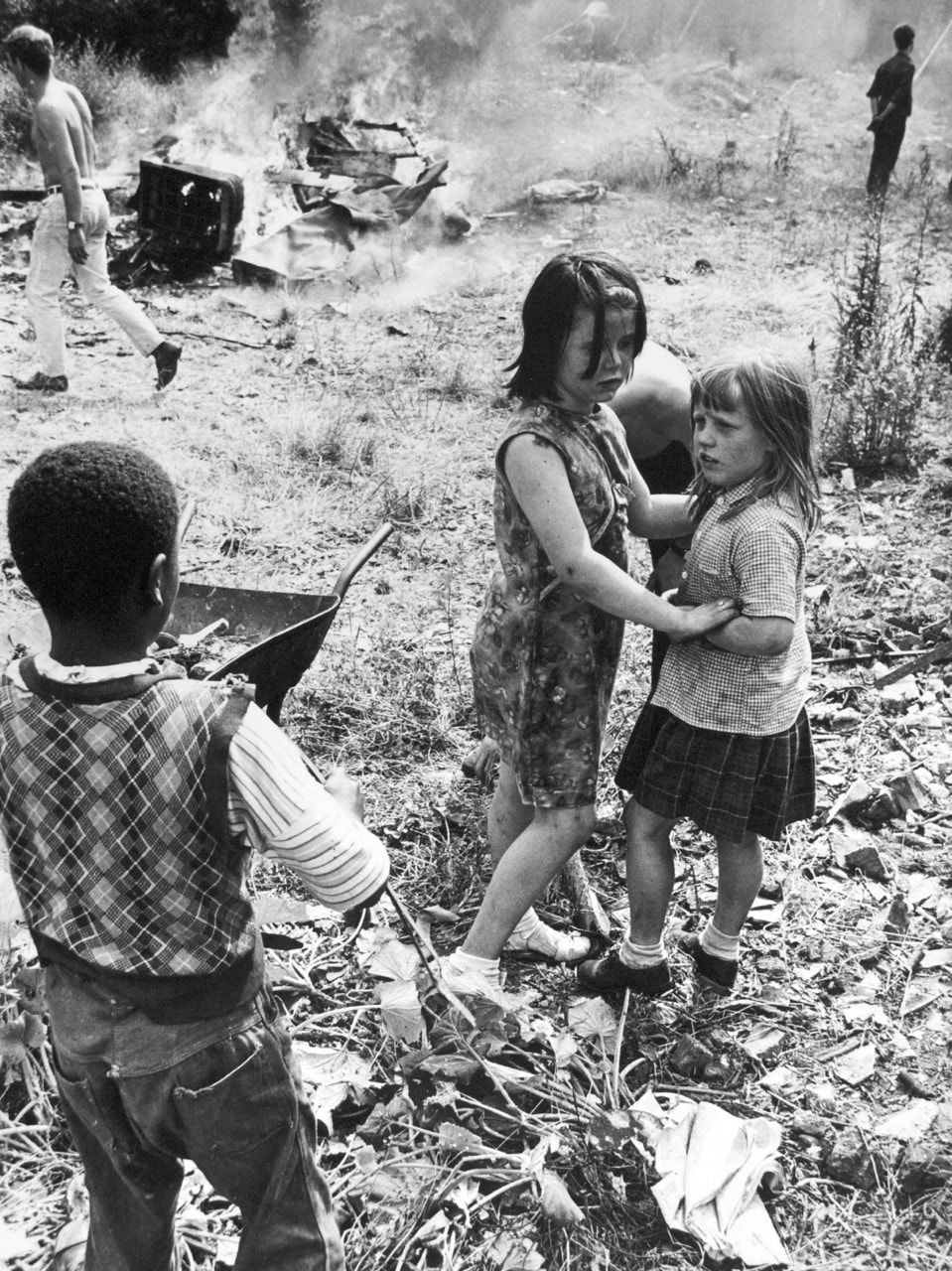
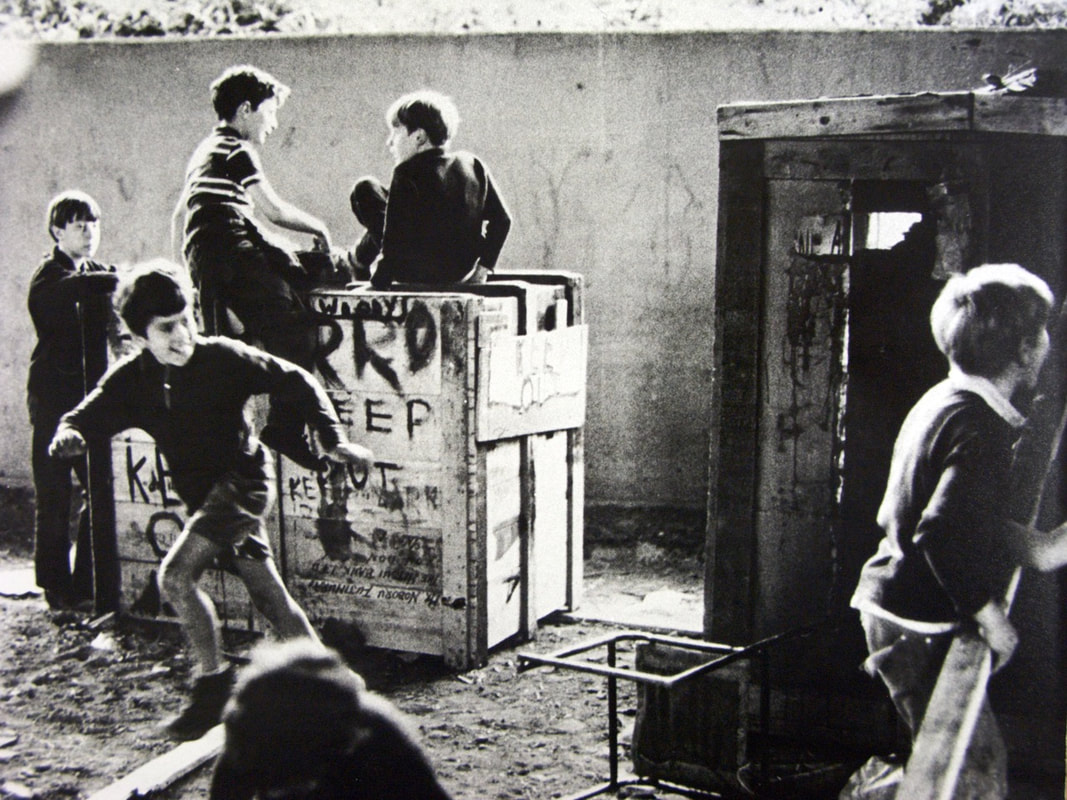
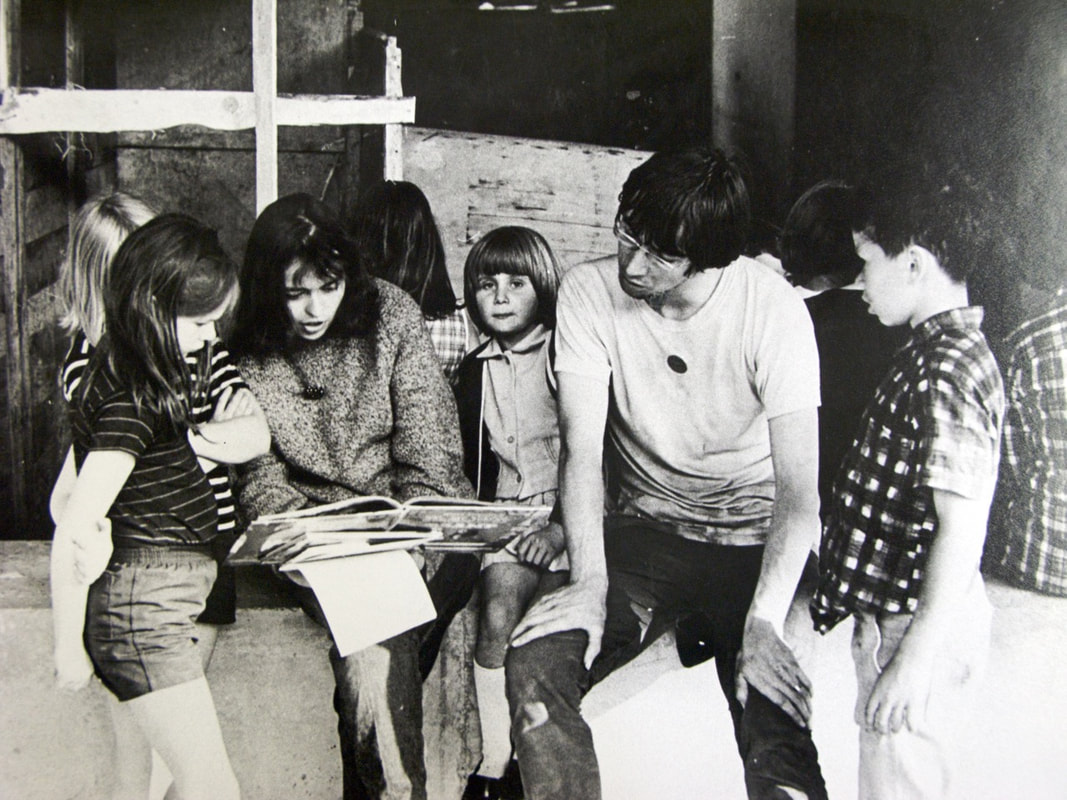
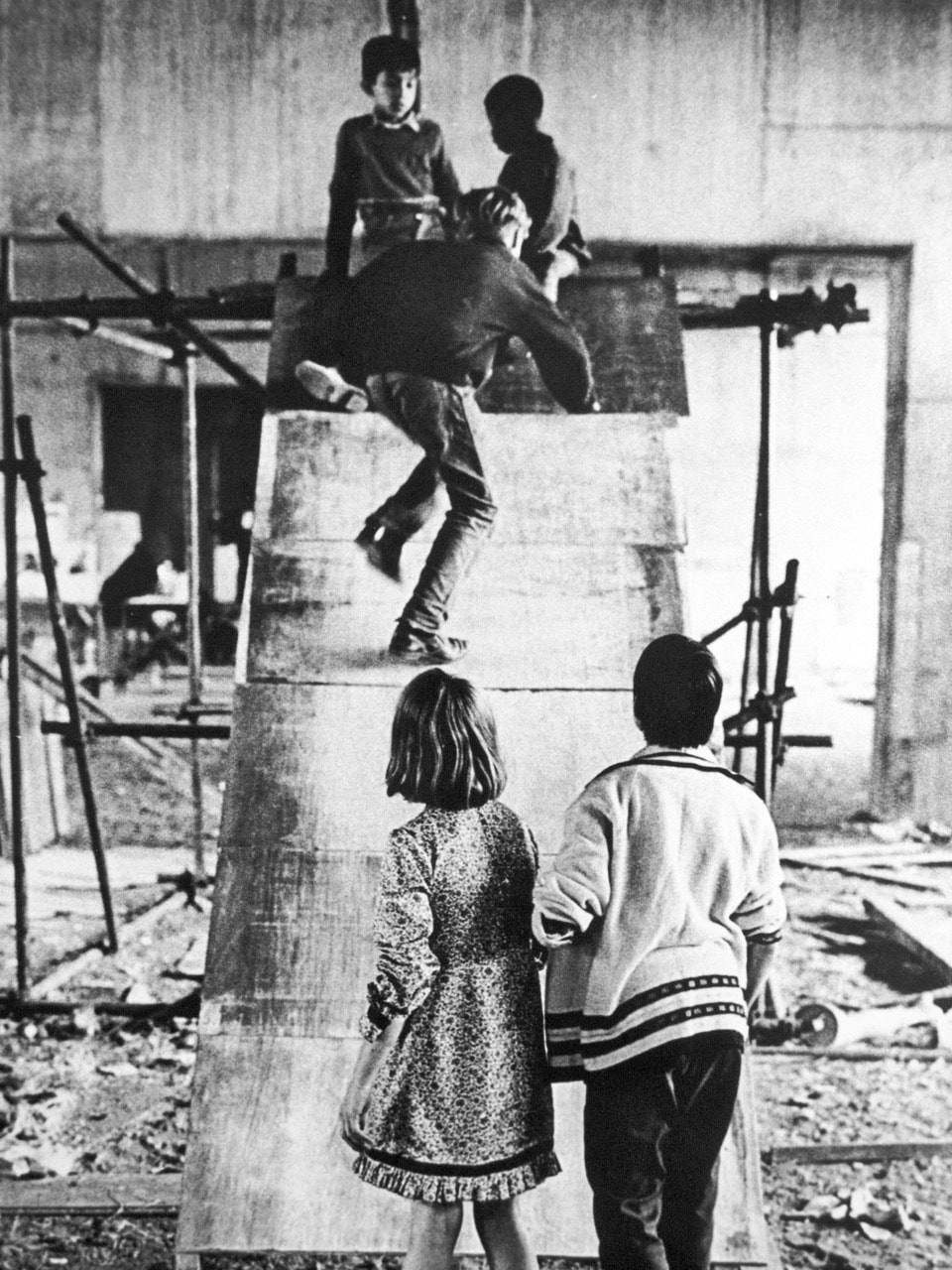
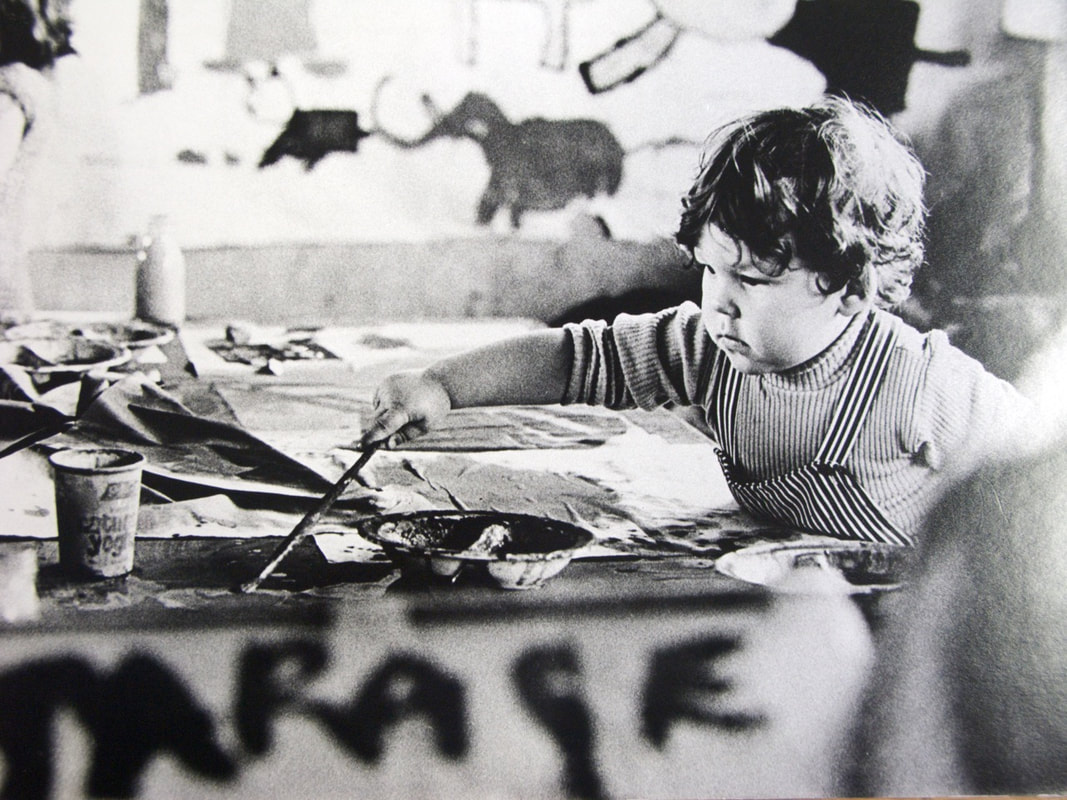
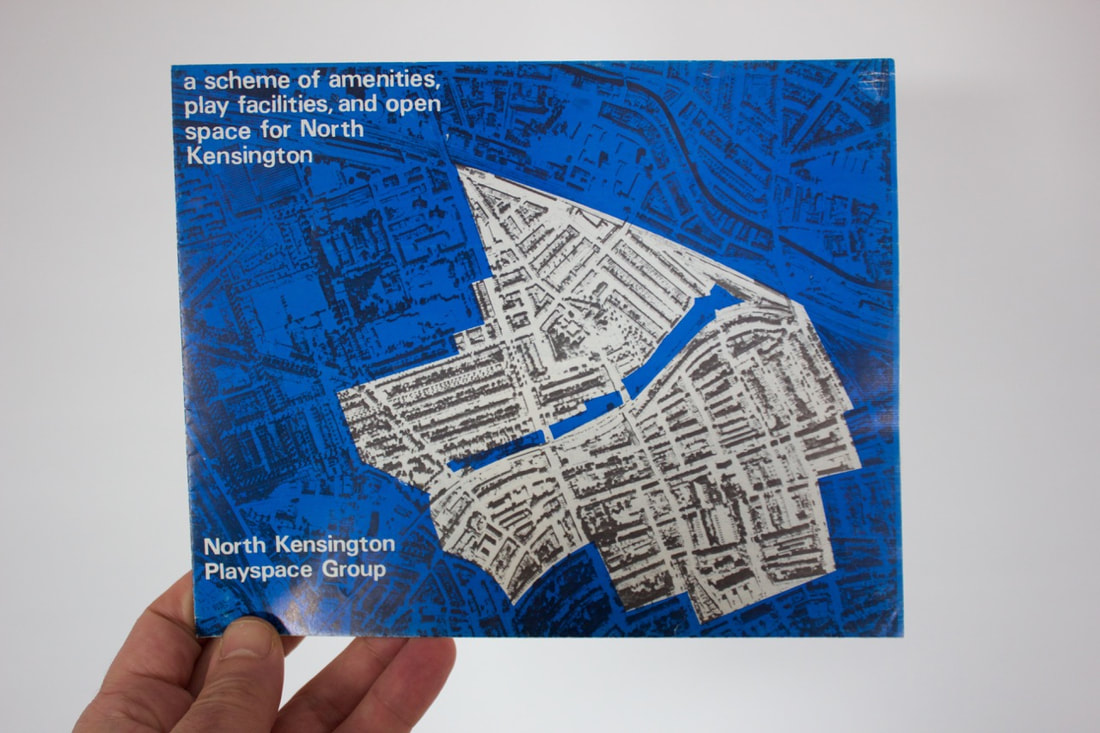
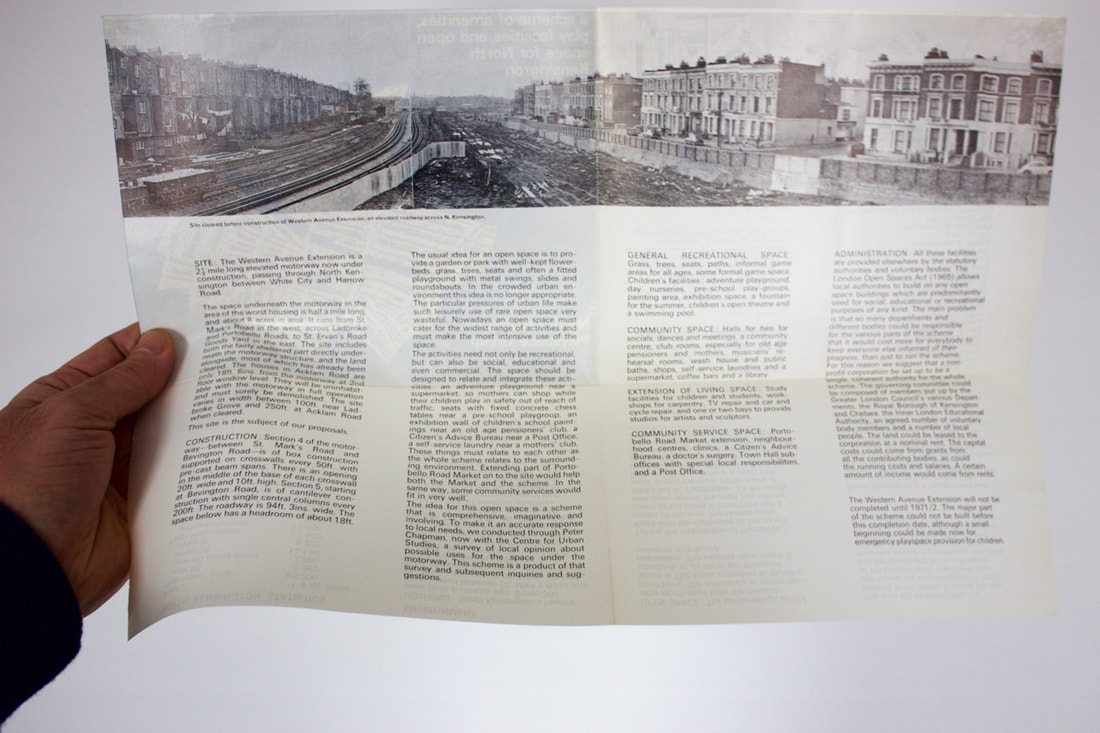
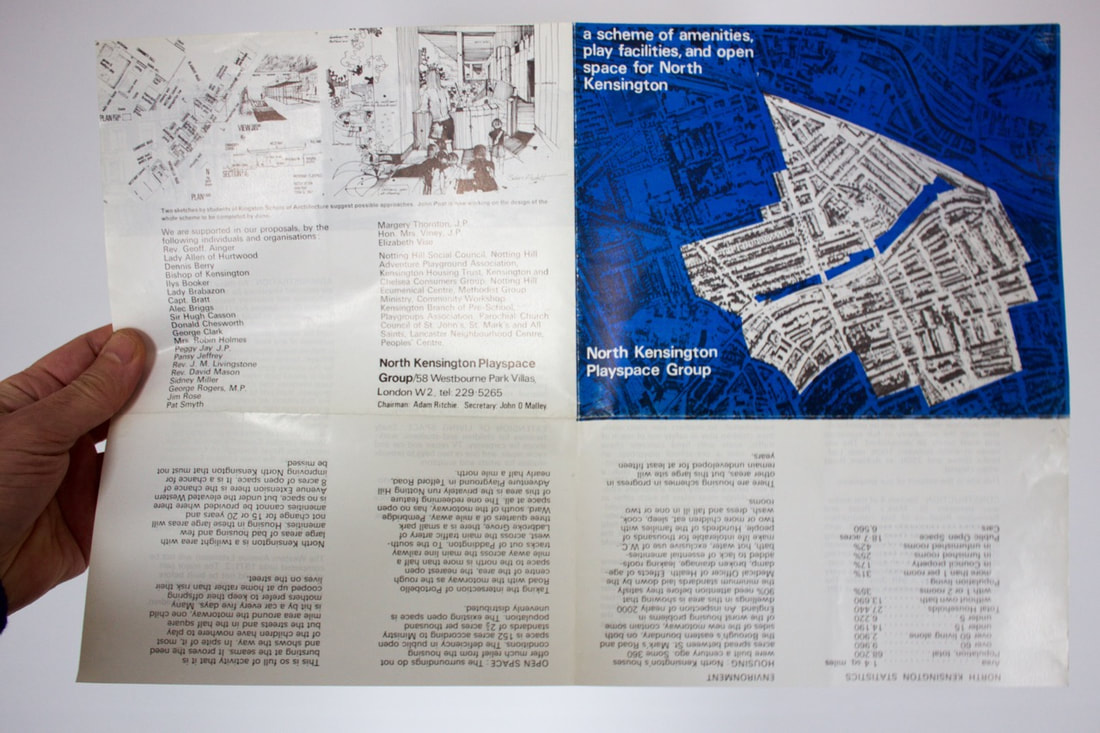
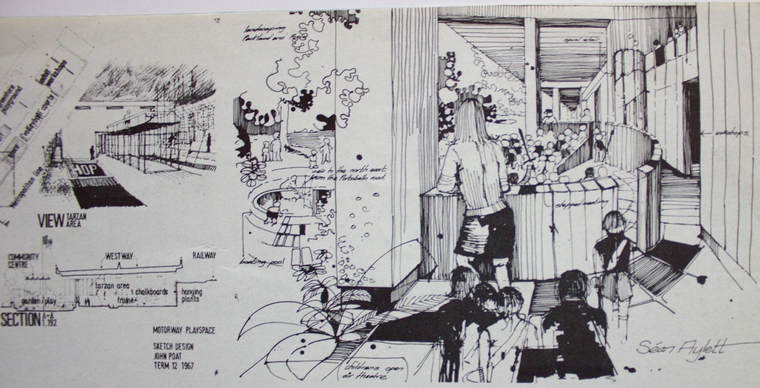

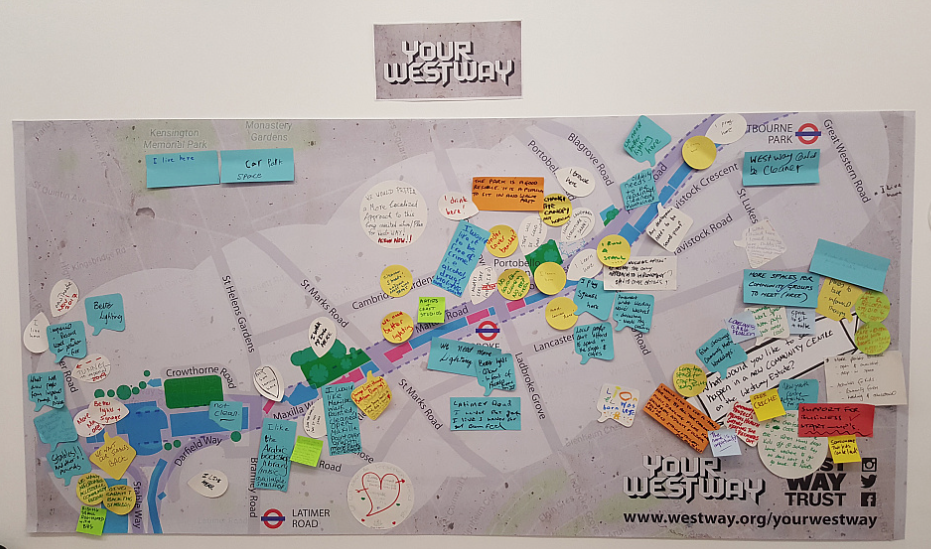
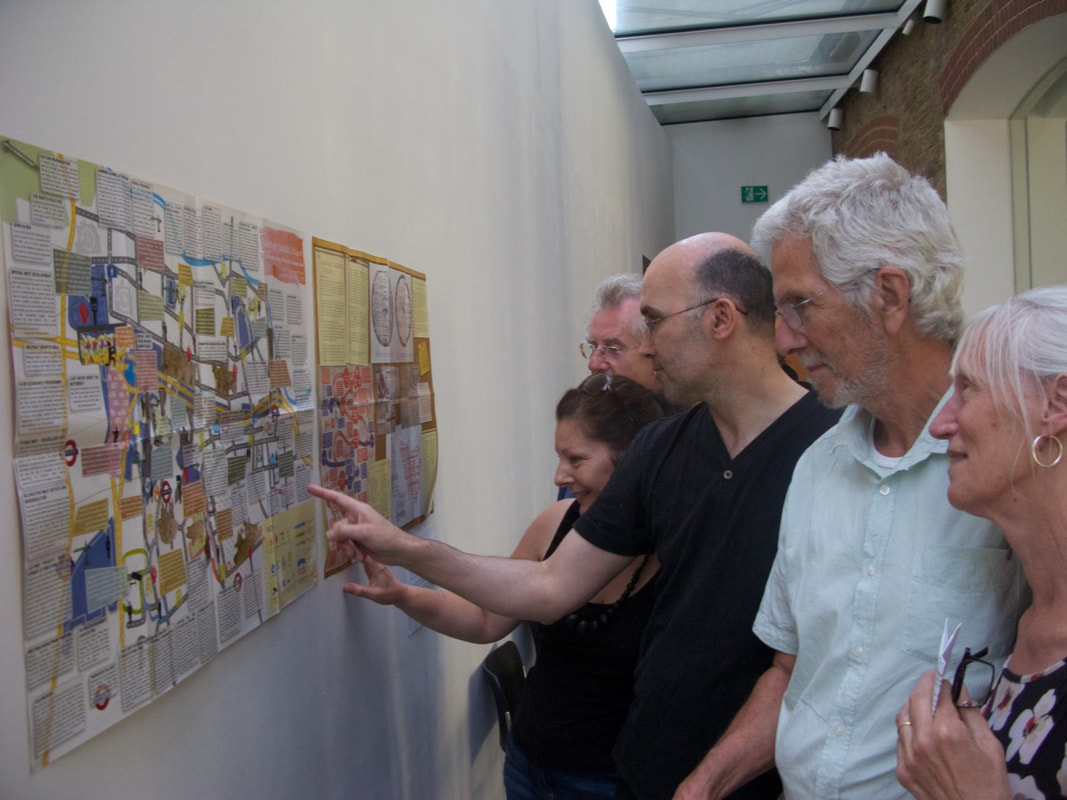
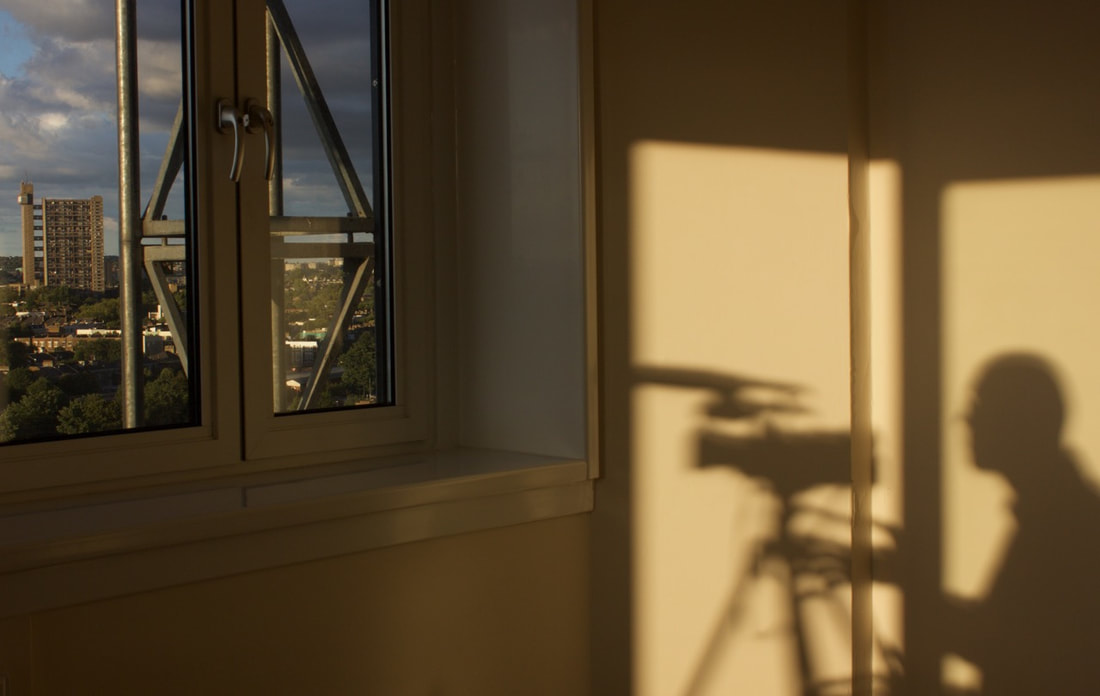
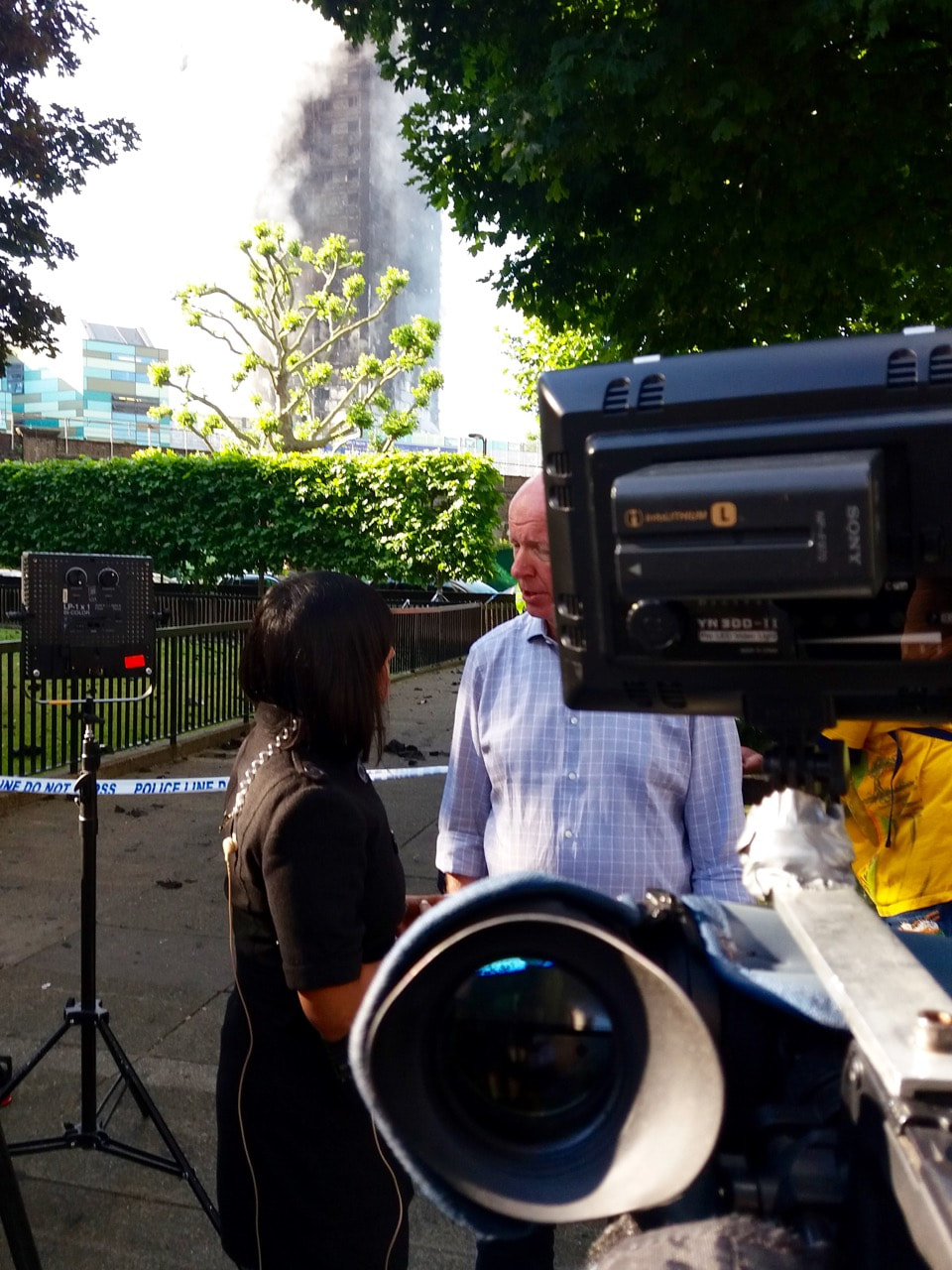
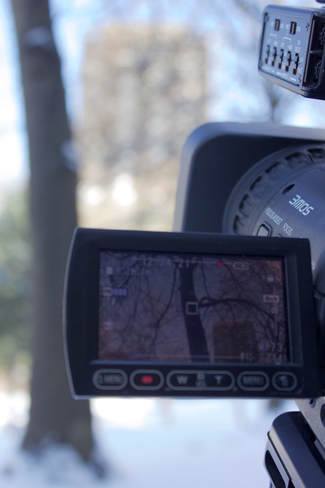
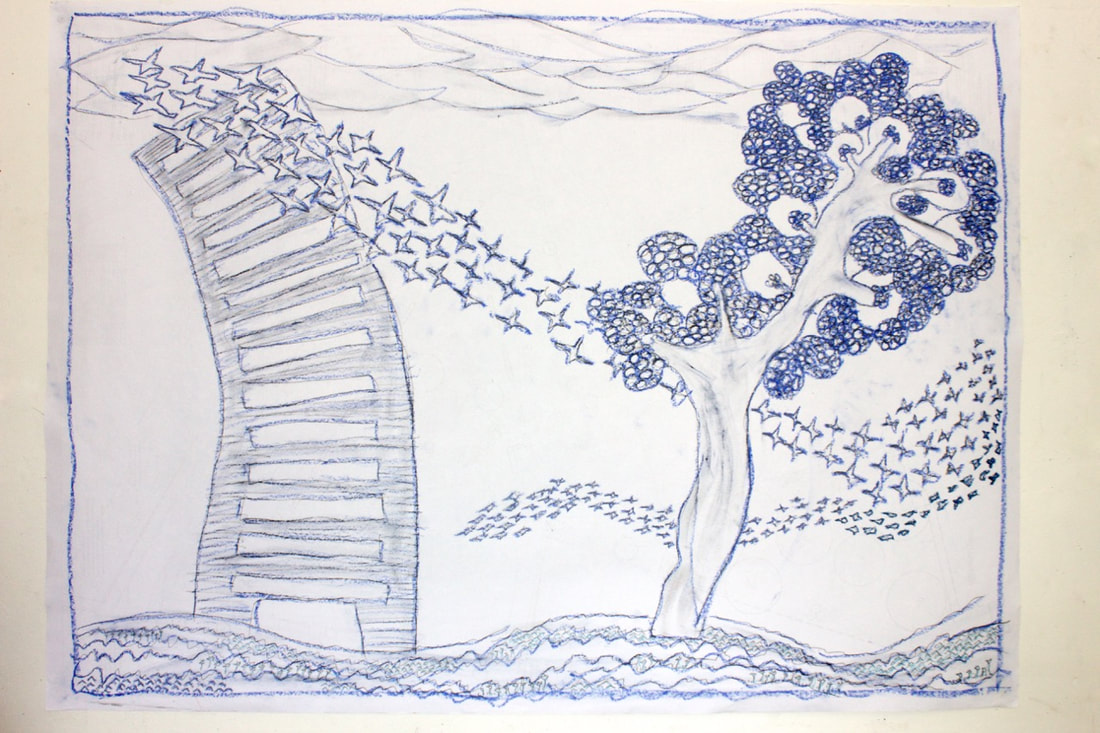
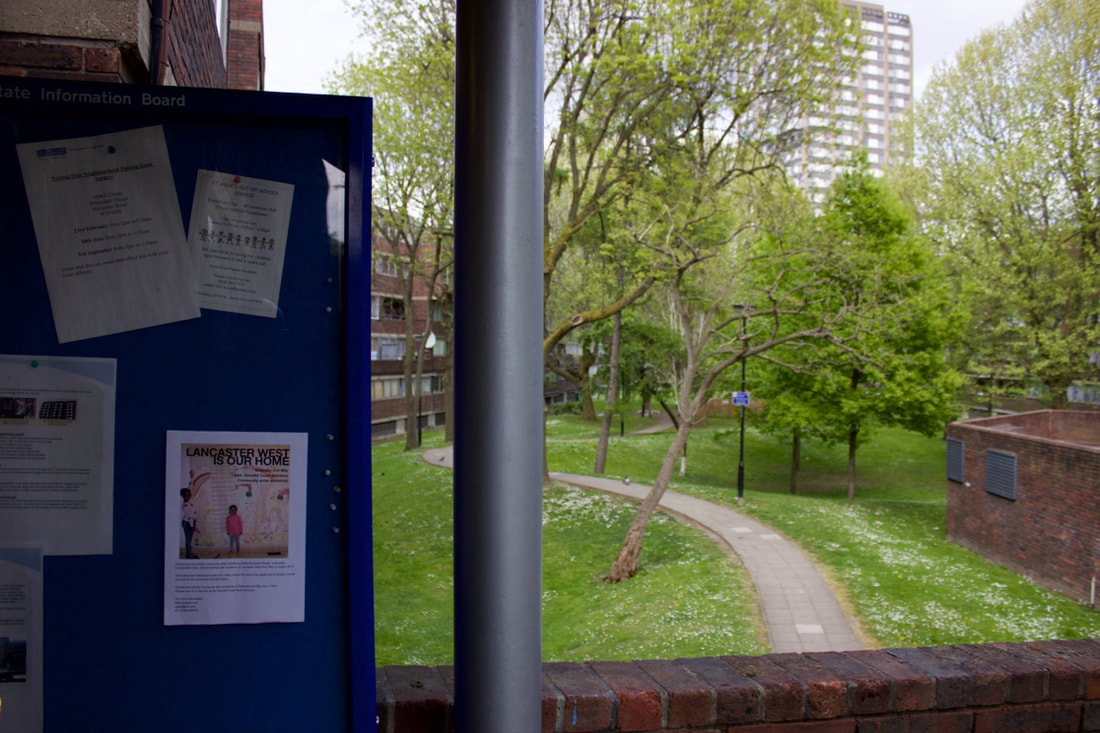
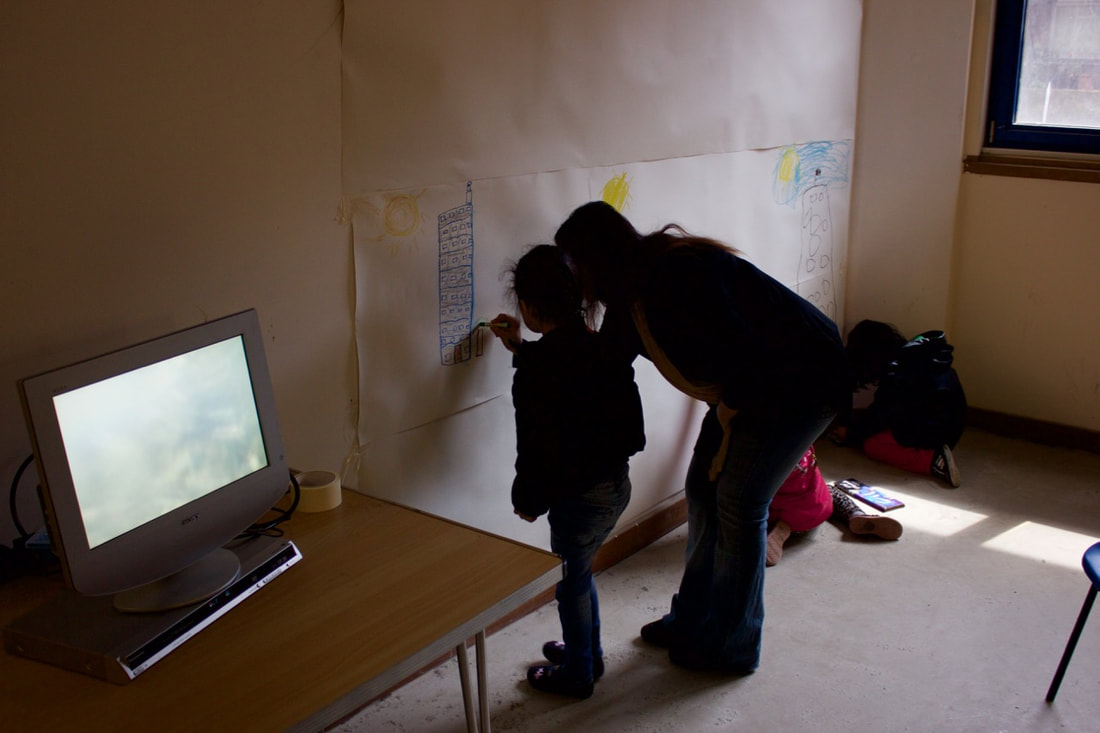
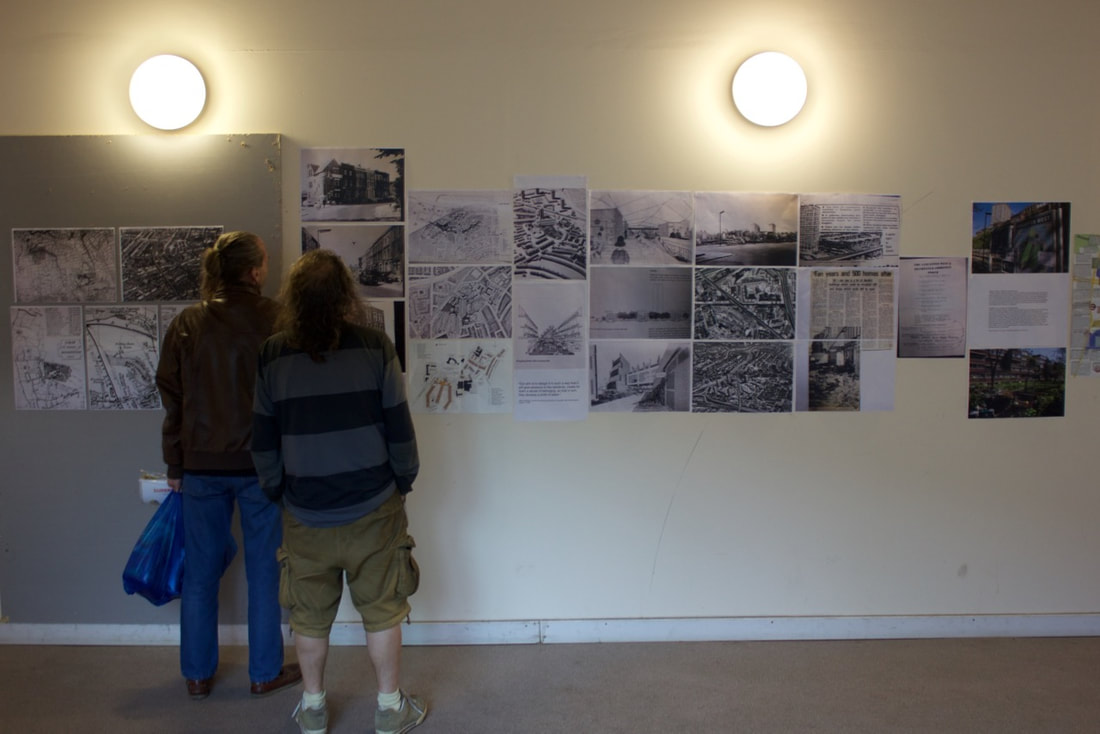
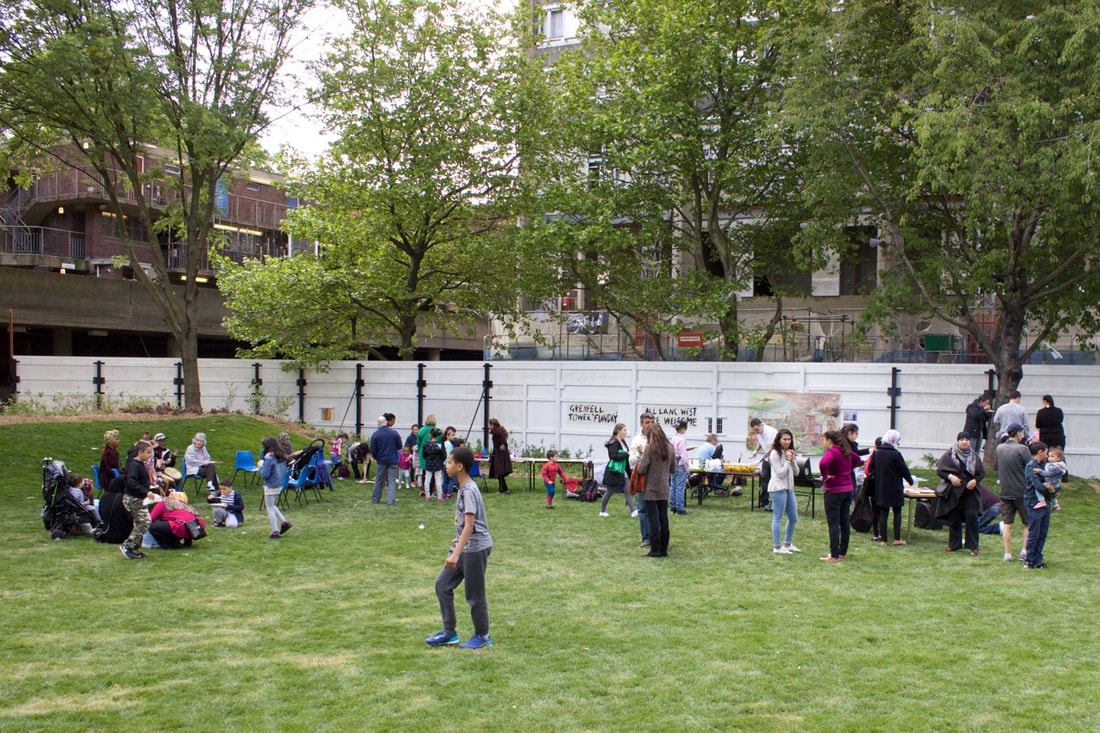
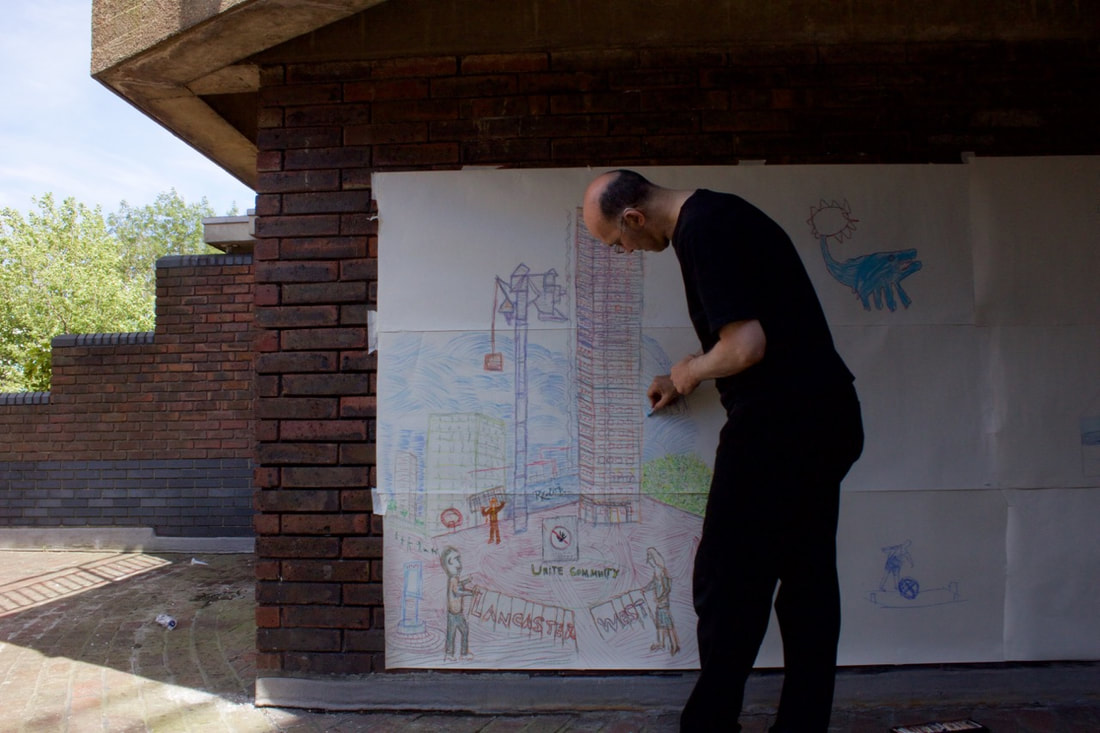
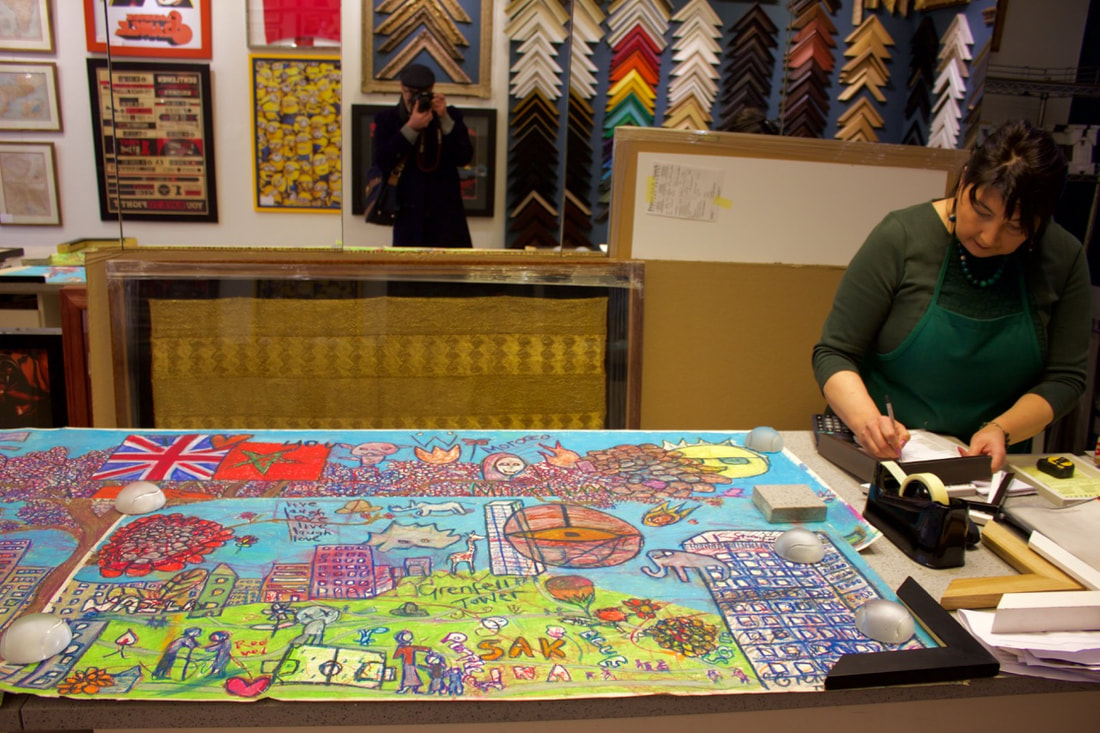
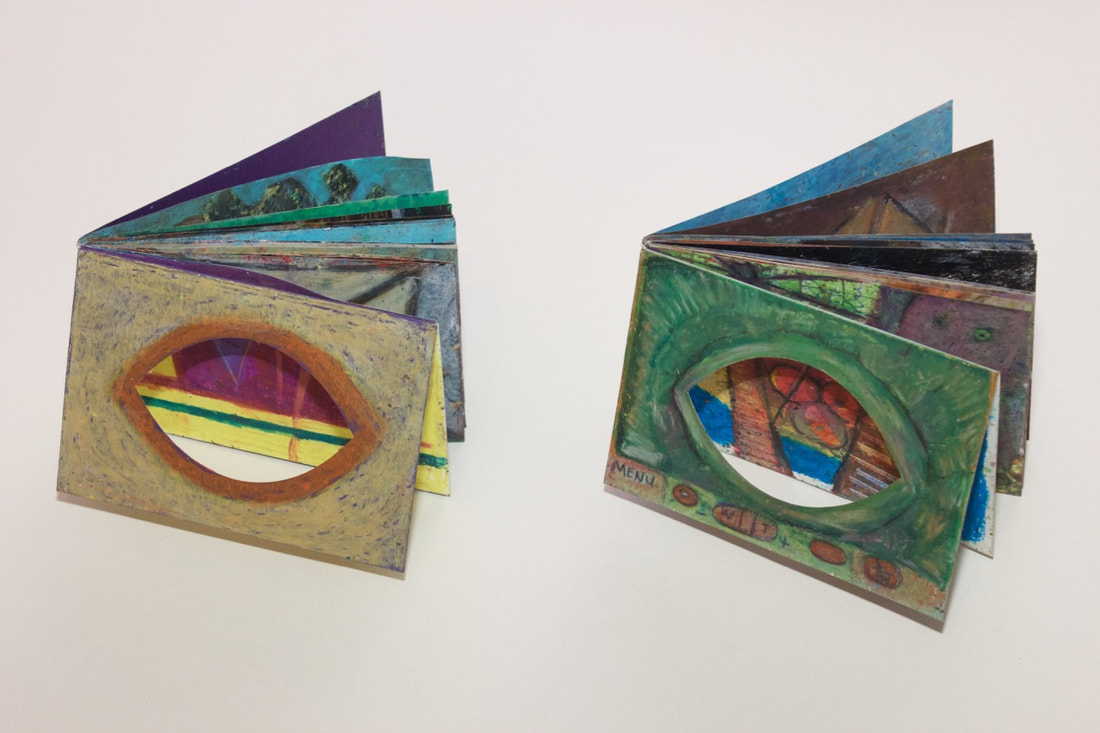
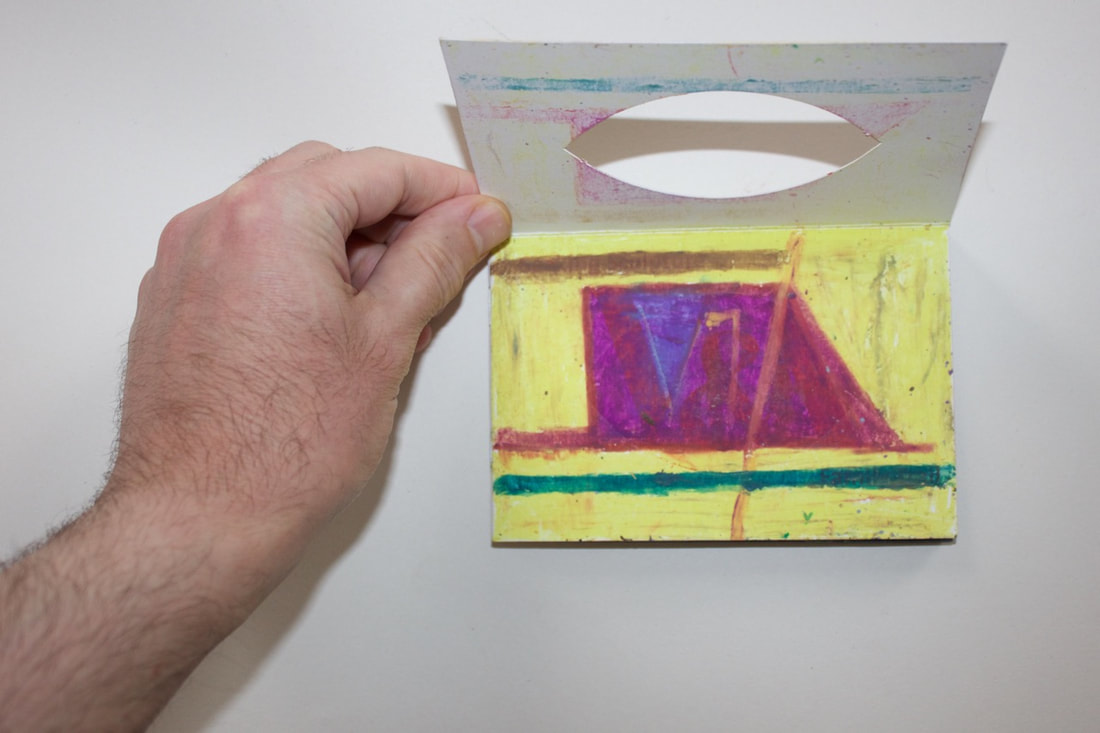
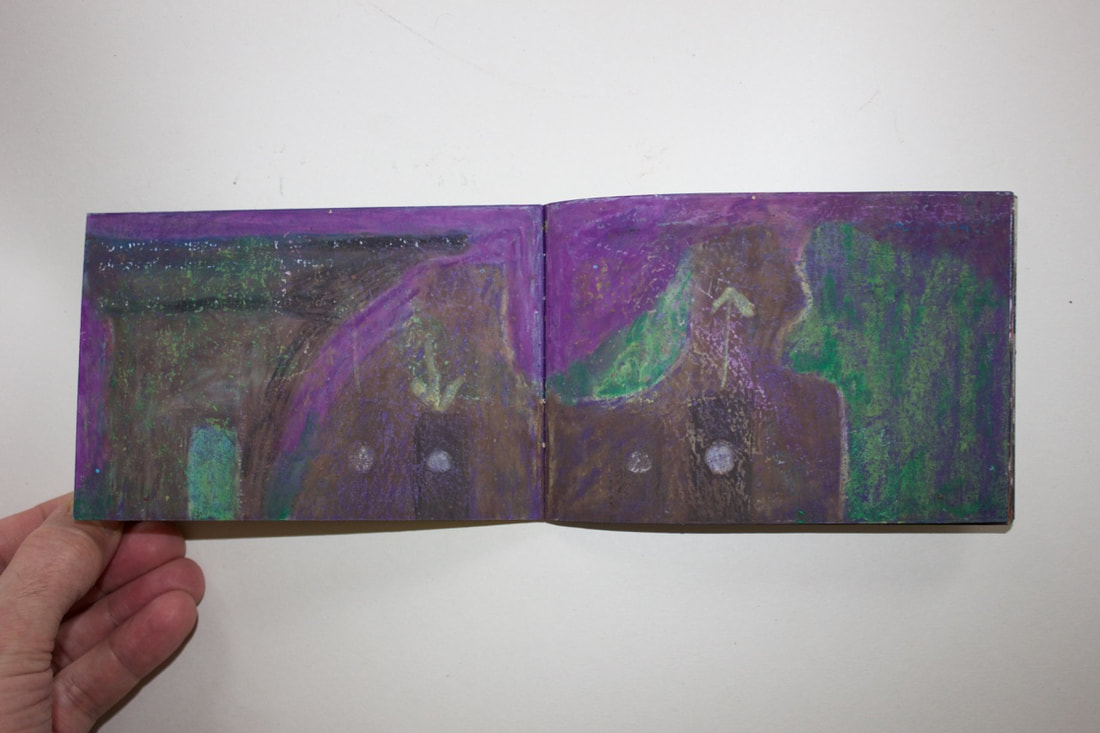
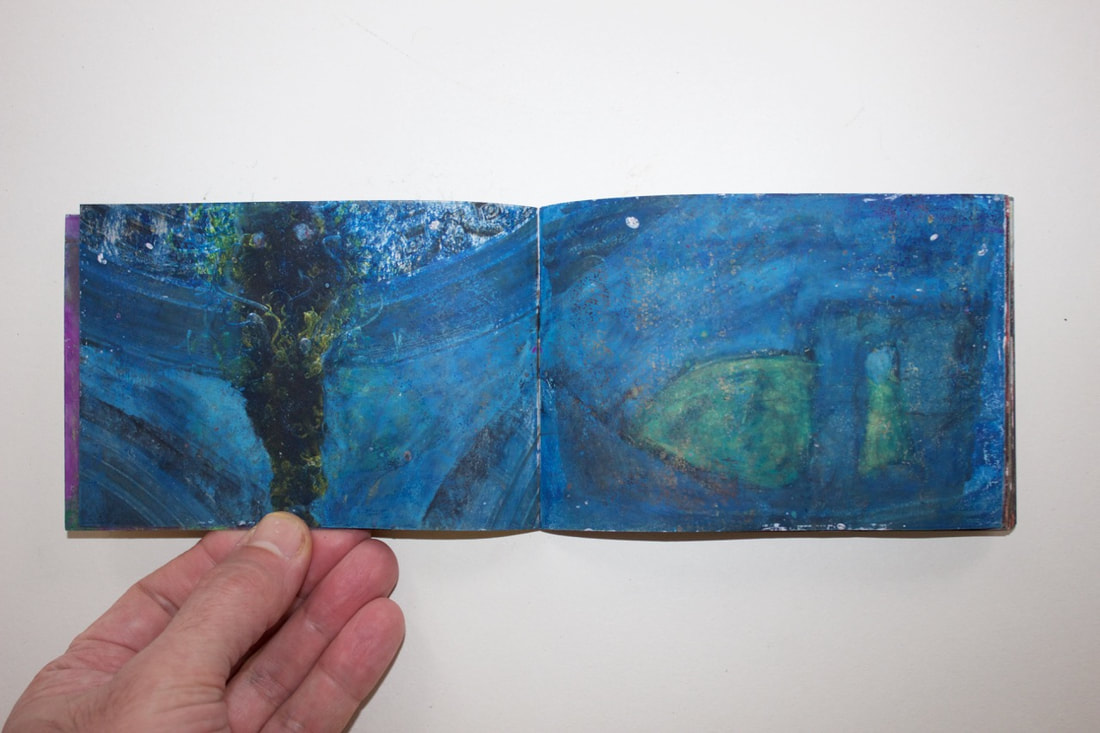
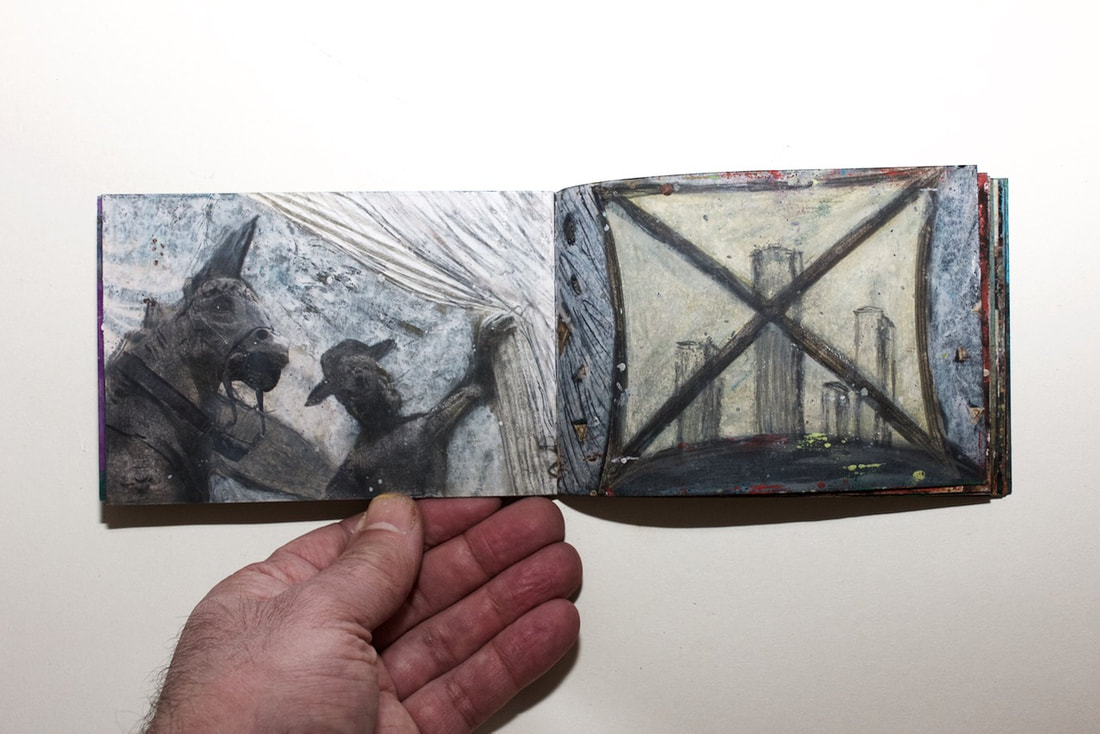
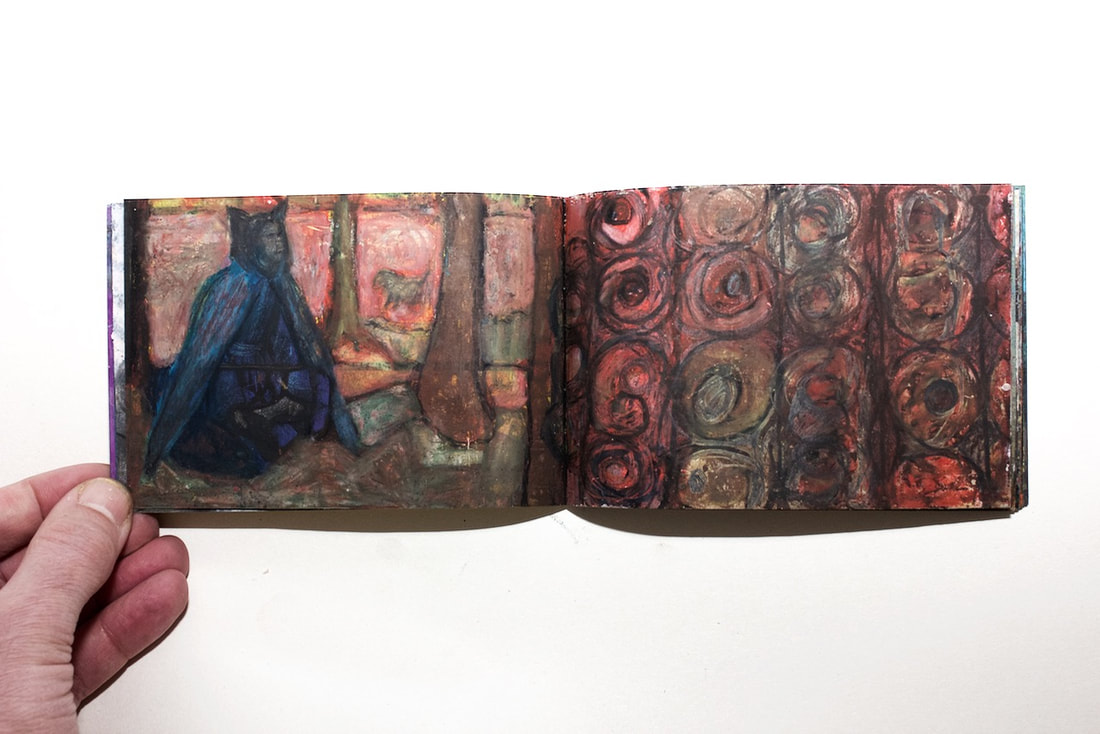
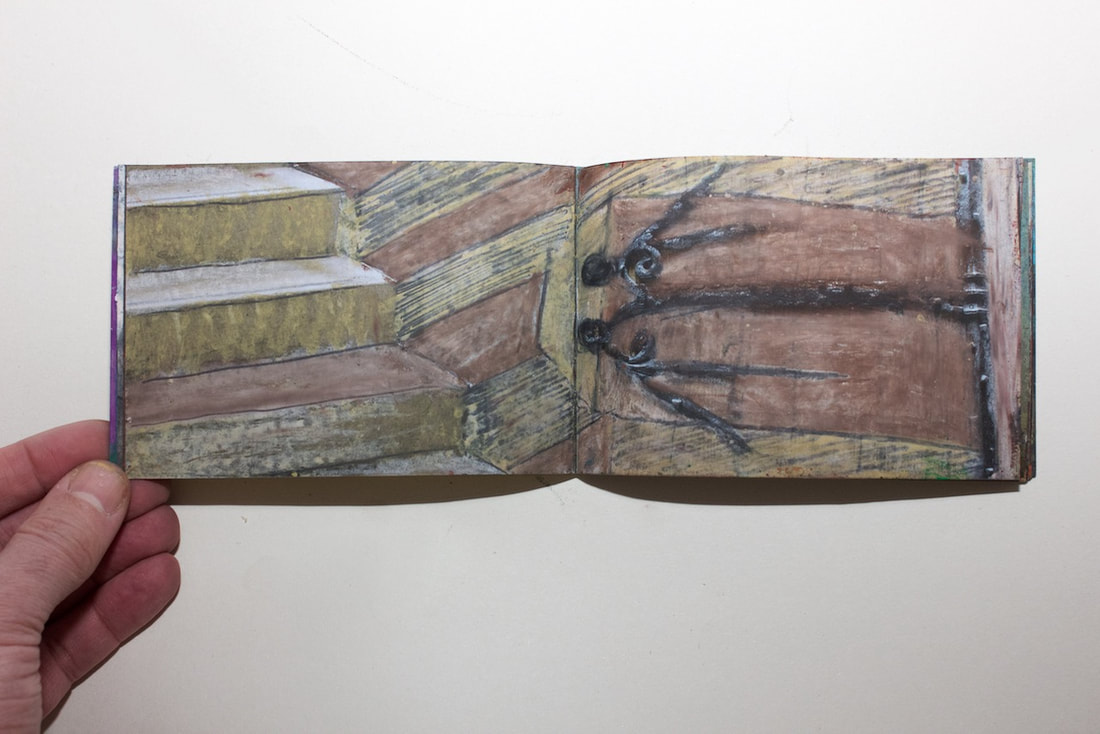

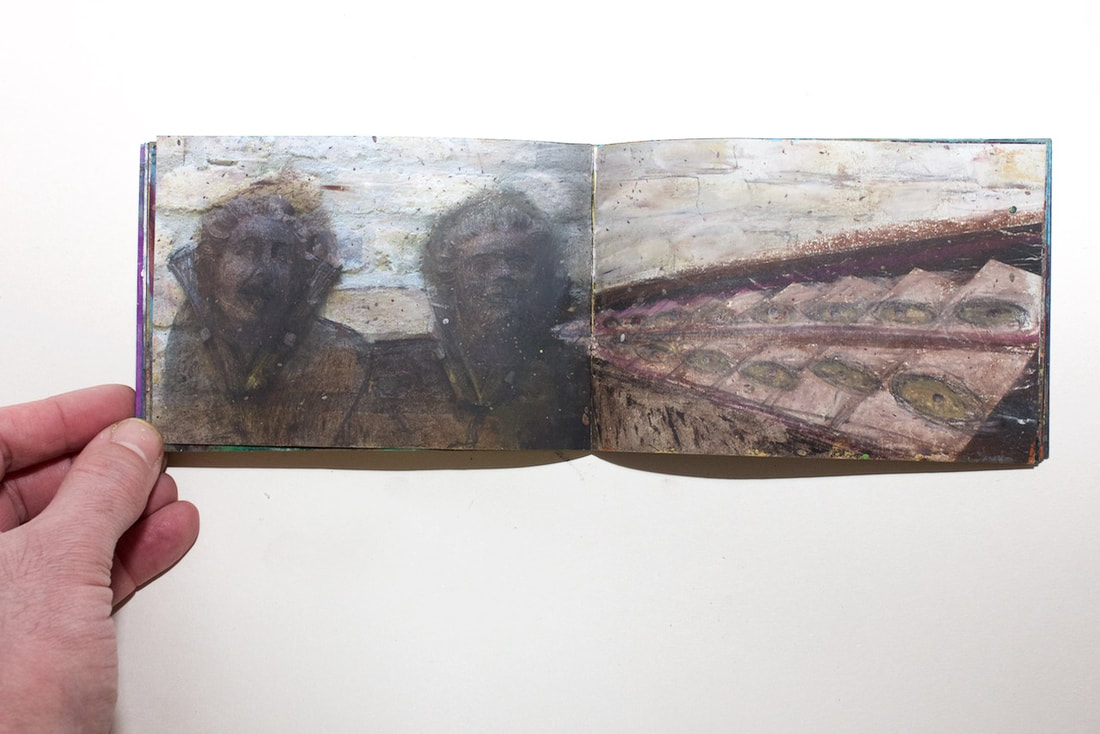
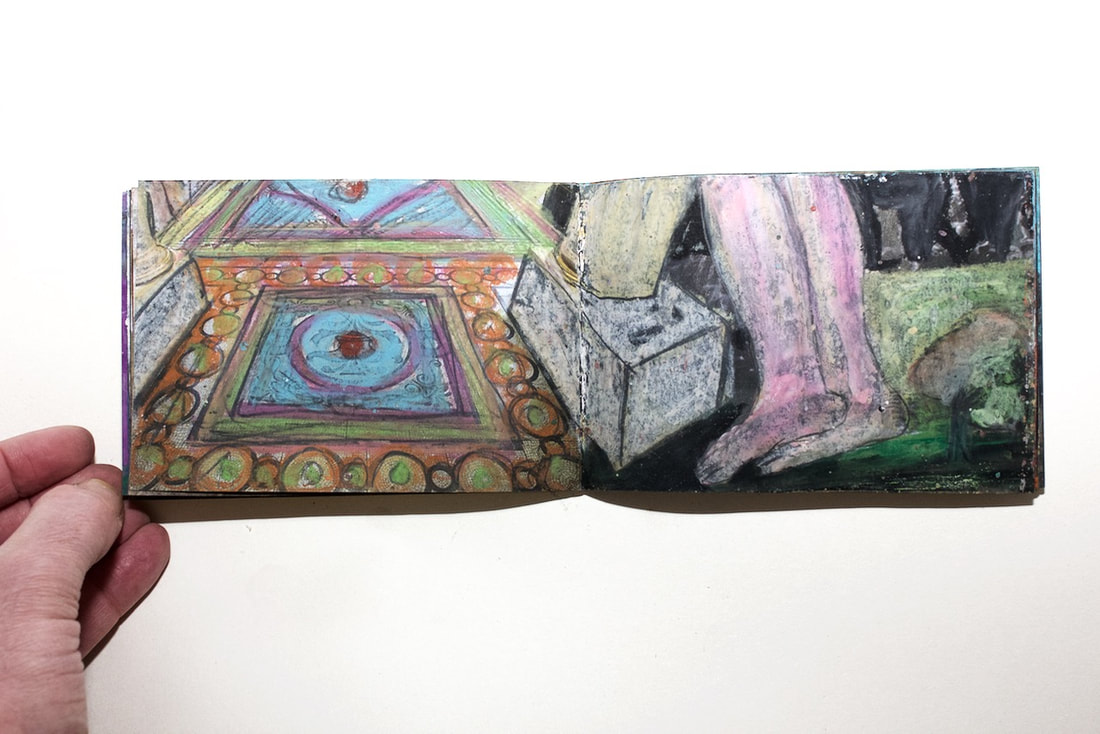
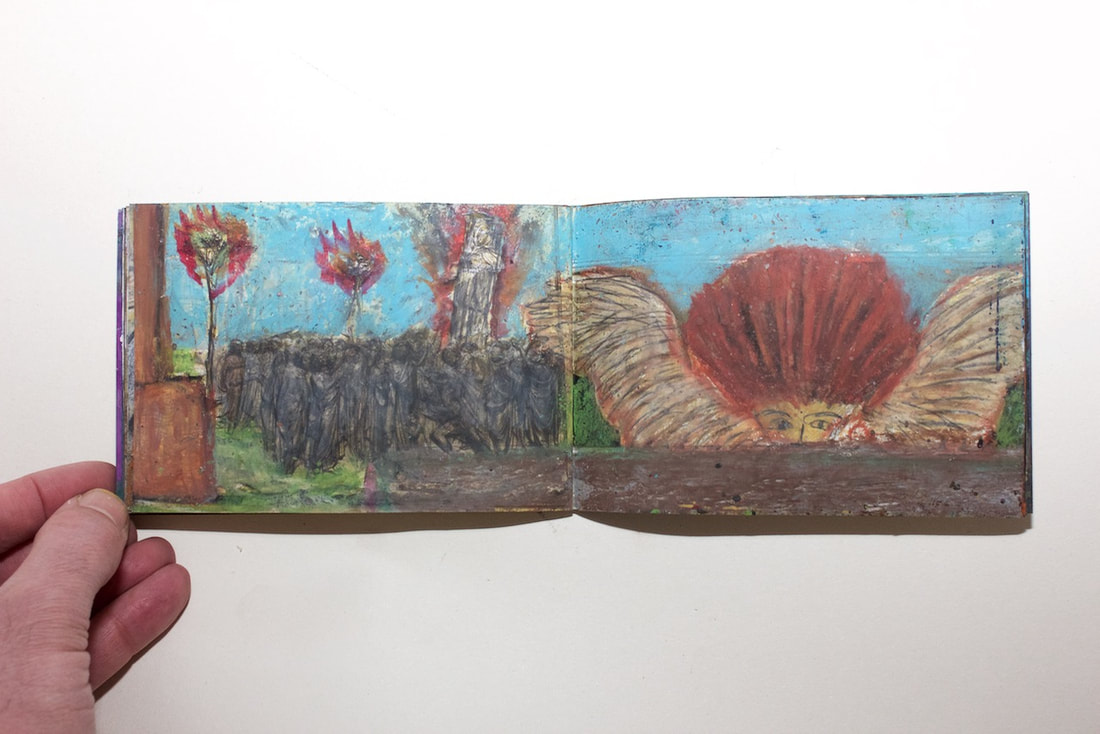
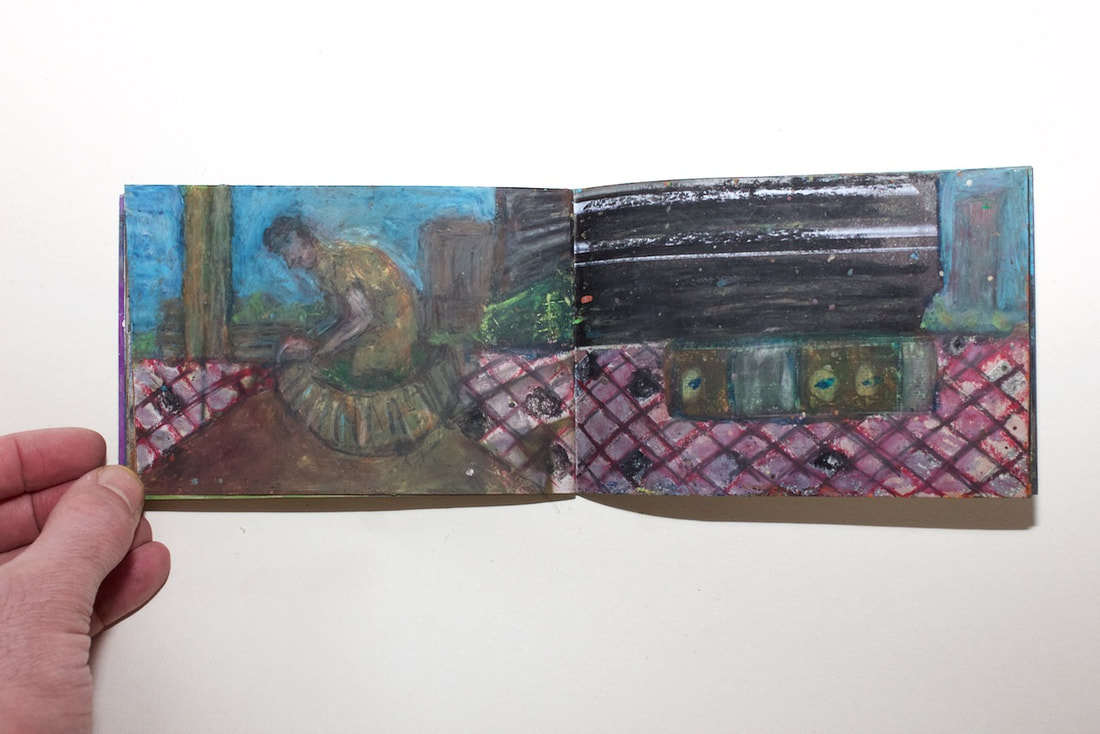

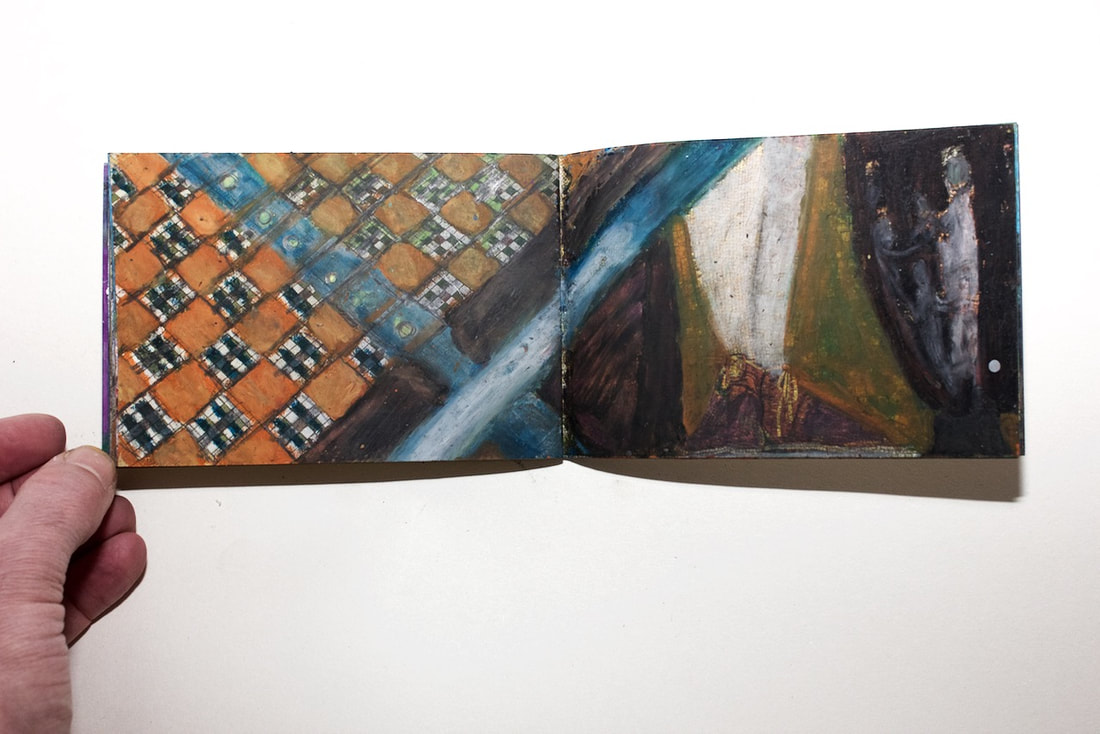

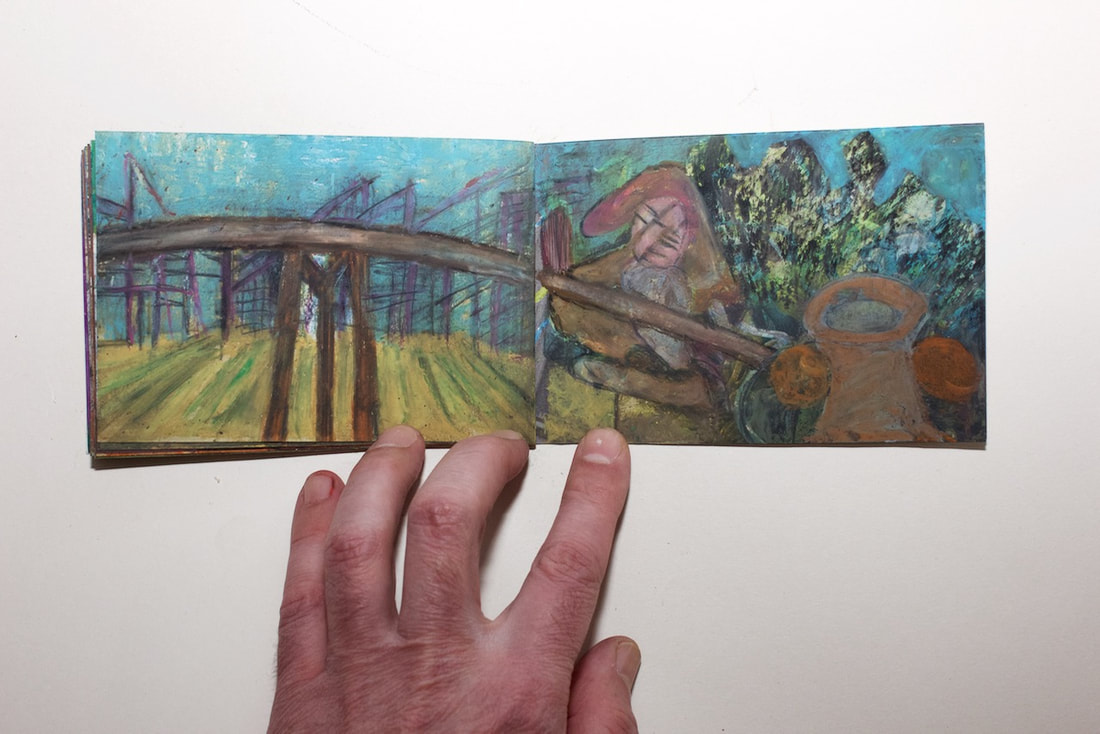
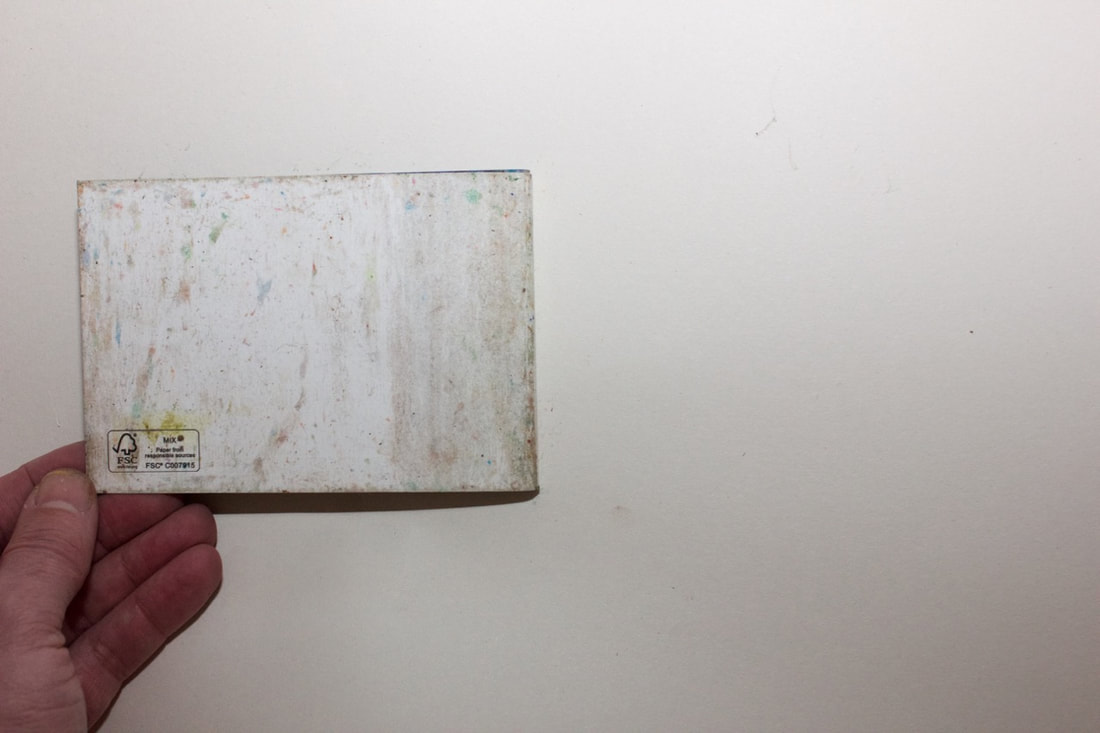
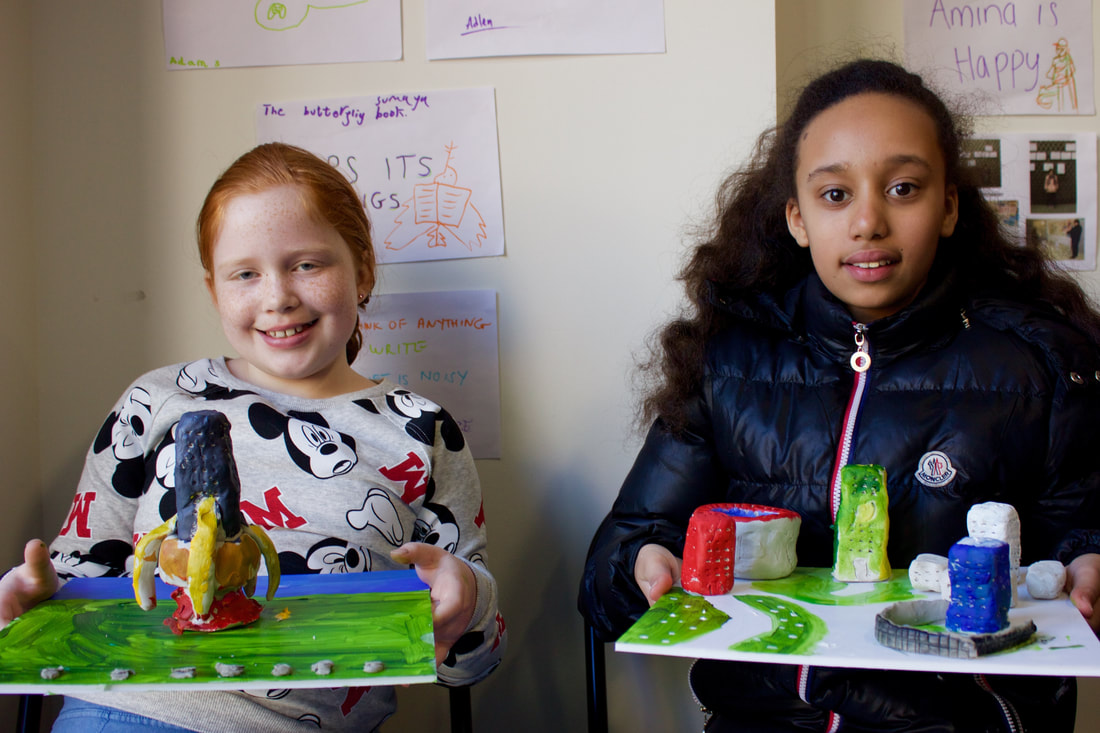
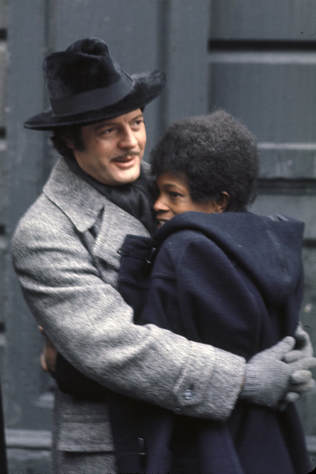
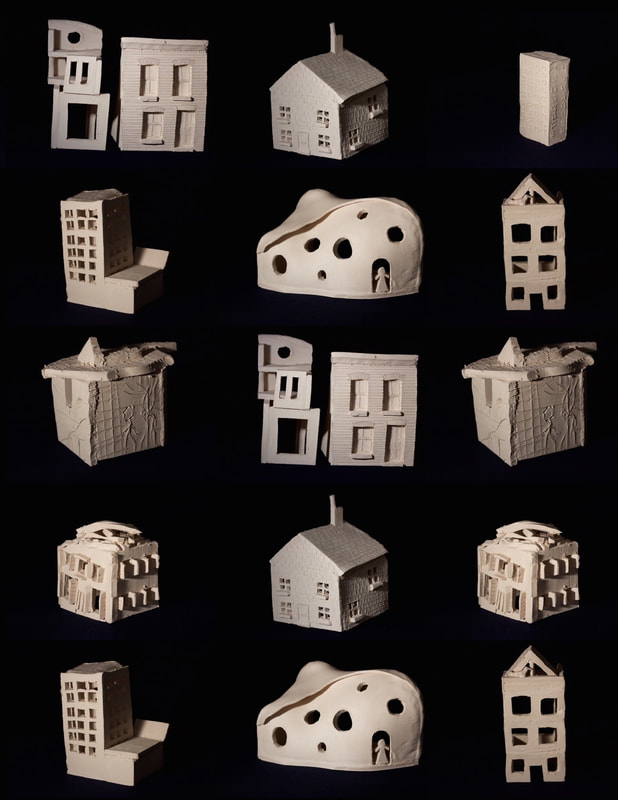
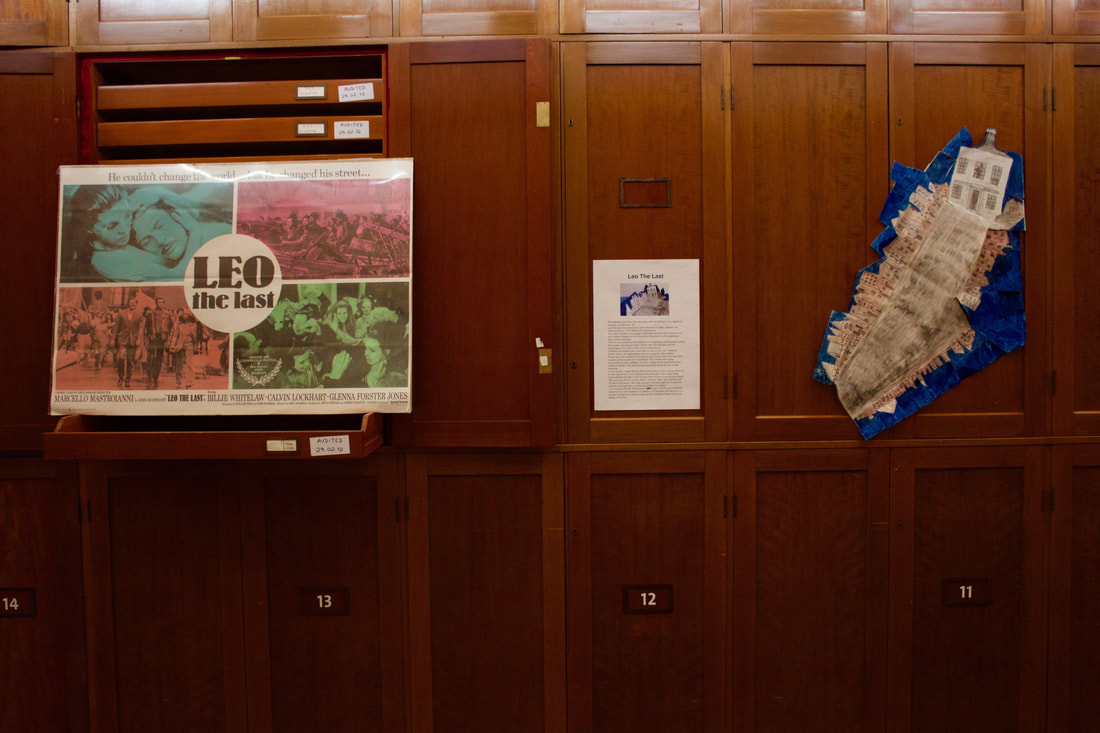
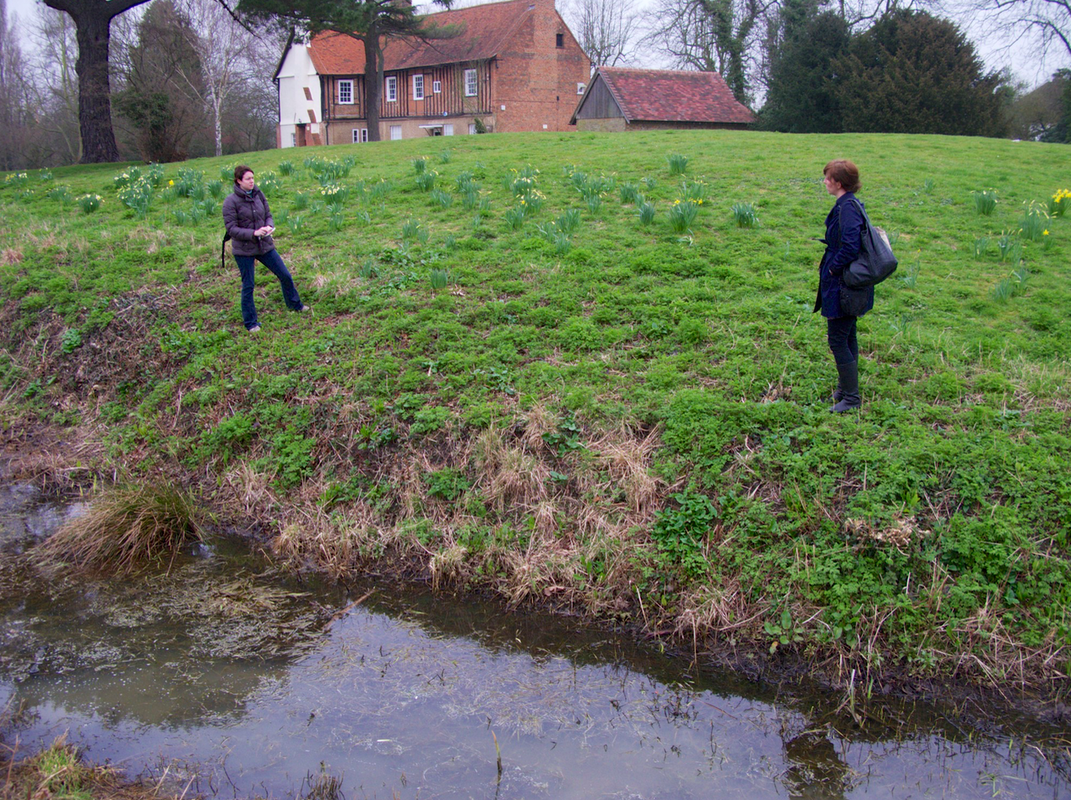
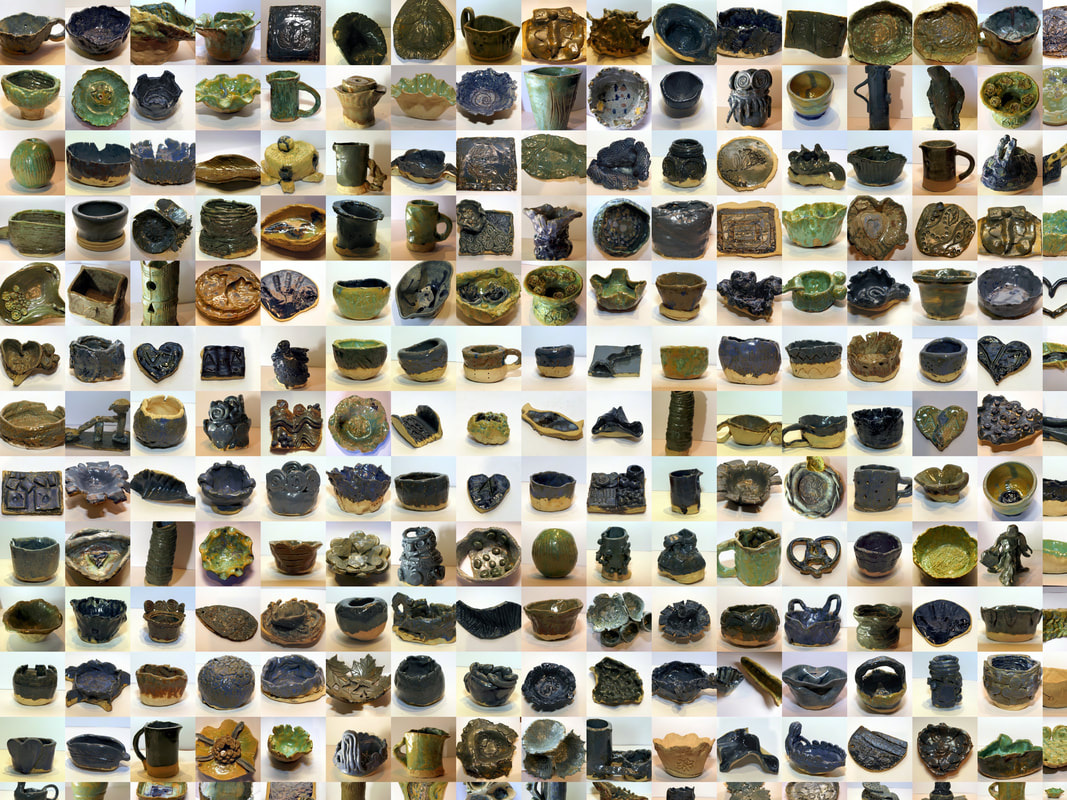

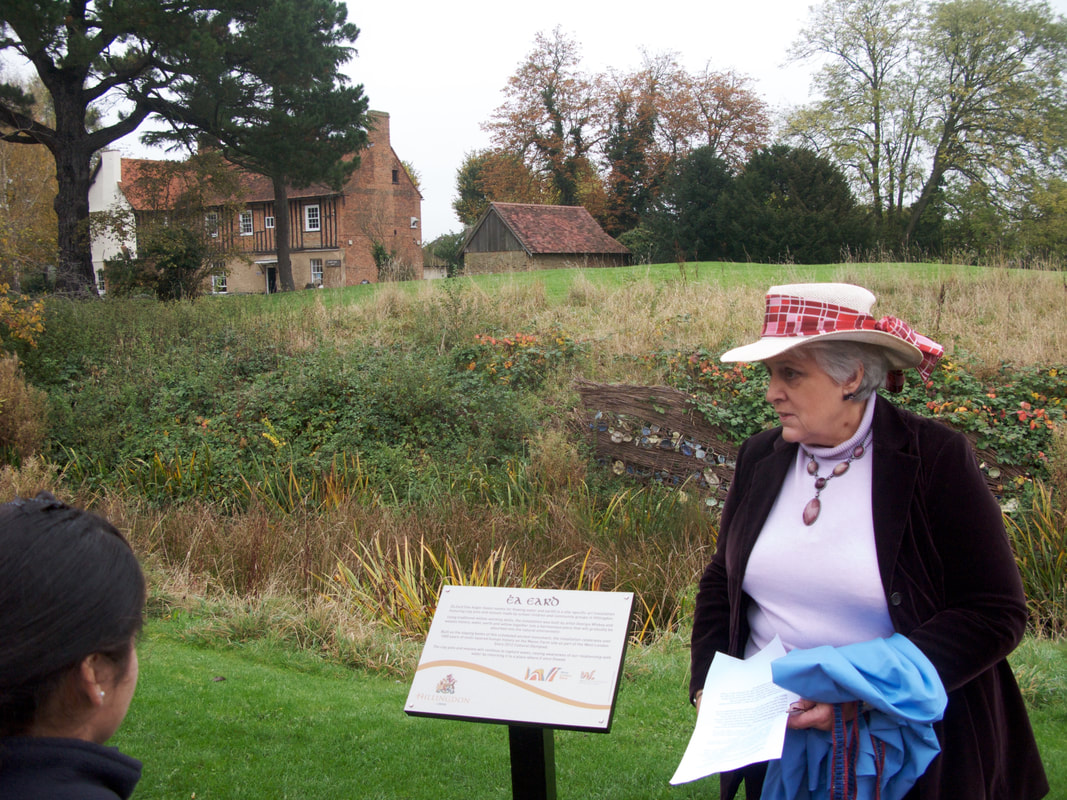
 RSS Feed
RSS Feed
